

|
|
|
The Abbaye de Sénanque is such a place in France that I always want to go when I'm in the area. I've been there several times but I never get tired of it.
Environment
The combination of the rugged landscape, the dry nature, the lavender and the Romanesque architecture makes me happy every time. The road to the monastery is very nice. From Gordes you
have the most beautiful view of the abbey but I find the road (D4 and then D177) from Venasque actually nicer. Here you drive through a nice narrow gap and that way you get the feeling that
you are going to a hidden place and that makes it extra special. In its remote secret valley of lavender fields, the medieval Cistercian Abbey of Sénanque is one of the most instantly recognisable
icons of Provence. By the Middle Ages there were over 700 Cistercian monasteries across Europe, always in remote spots.
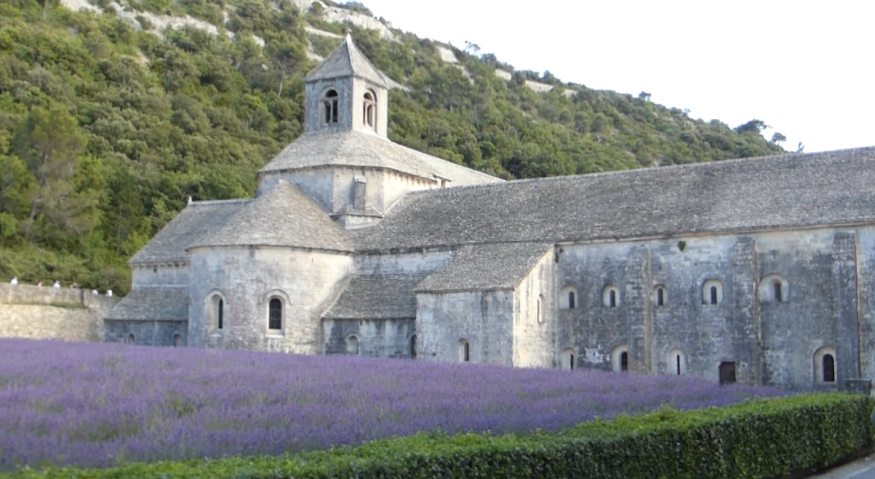
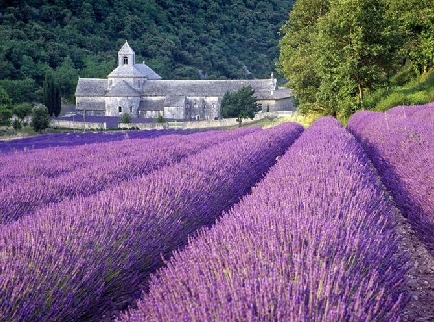
Les trois soeurs provençales / The Three sisters
The Abbaye de Sénanque in the Provence is a Romanesque Cistercian monastery surrounded by nature. The colors and the scent of the flowers, the silhouette of the mountains with the
monastery in the background it looks like you are walking in a postcard. Especially when it is not very busy, for example early in the morning, it is a wonderful experience to walk to the monastery.
Sénanque is one ofonly three early Cistercian abbeys in the Provence, the others being Le Thoronet Abbey and Silvacane Abbey. They're sometimes called the "three provençal sisters".
Cistercian monastery and it's history
That is no coincidence and it is even at the basis of order that was established in the eleventh century. The order was a reaction to the Benedictine monasteries that, due to their success, focused
less and less on their spiritual duties. The Cistercians reject all luxury and prosperity and live in solitude as much as possible. So, the idea is, you live a life that is most similar to that of Jesus.
The Cistercian monasteries that were founded in the course of the twelfth century are all built on so-called "wild grounds"; a remote place and preferably on land where agriculture is not easy.
This simple and hard way of life can also be found in the architecture of the monasteries. The churches and buildings of the Cistercians have almost no decorations but only clear and simple forms
that together with the natural environment almost always create a unique atmosphere. They are therefore always fascinating places. In Burgundy, for example, lies Fontenay, which is also beautiful in nature.
Moved past
The abbey was founded in 1148 as a daughter monastery of the abbey of Mazan (Haut-Vivarais). After a good water supply was provided by building dikes and canals, the monks had a lot of
agricultural income. From the money they earned, the construction of the church could be financed. This was built between 1160 and 1180. The history of the monastery is quite turbulent with
success, setback, greed, betrayal and murder and fire. These days we would turn it into a reality soap! At the beginning of the twelfth century, Cistercian monks from Mazan settled here, a nice
town by the way, and that proves to be a great success. The strict rules of life inspire many believers who join or make a gift. The monastery is growing rapidly and is home to monks and lay
brothers who take care of agriculture. Around 1250, Sénanque is large enough to found a second monastery, the Vivarais
At least 3 episodes were shot in Senanque
Senanque is an important location. It has been in 3 episodes: 15 Possesed, 23 Handmaiden and 24 Rebirth. Episode Possesed started with an unknow location. Scene: Stefan seems is found confused.
He fell off a mountain while he tried to save Eleanor (previous episode 12 The Pass). Stefan is found lost and taken away to the 'madhouse' by soldiers. This scenes are not shot at Senanque. We don't know where it is.
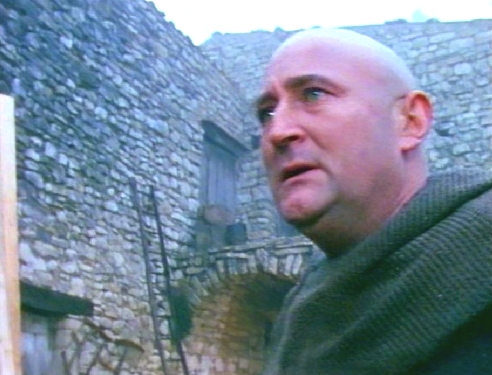
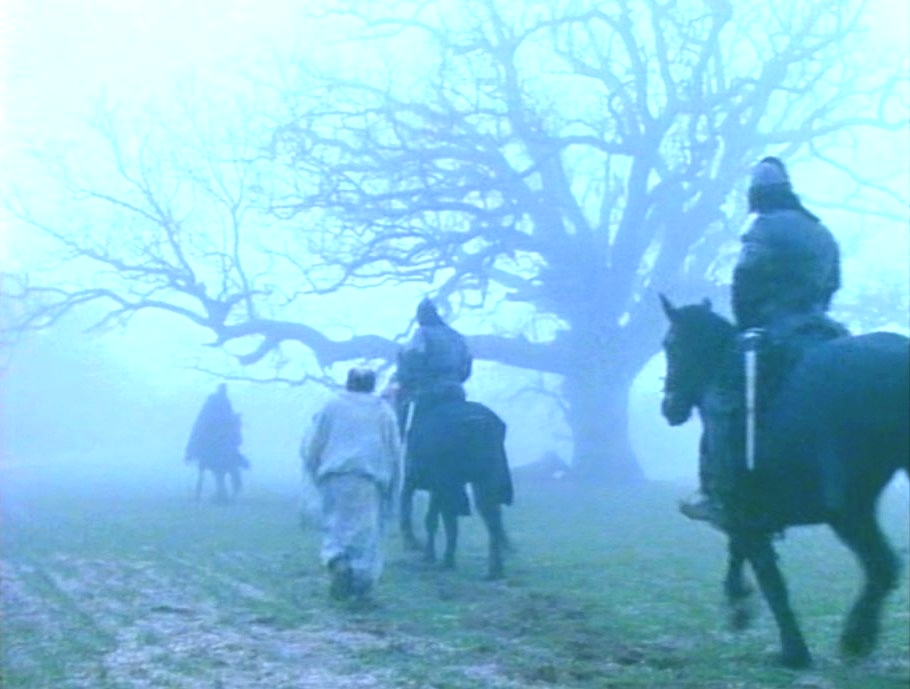
Episode Possesed. 'A gloomy place'
This episode is intense, the building is beautiful but also cold. It feels contradictory. Crossbow succeeded in filming psychiatry of the Middle Ages. The lack of medical and psychiatric
knowledge during the Middle Ages led to imprisonment, mistreatment, wrong treatment and poverty. The scenes of Senanque were all shot during the winter season. Although this
episode has good scenes, I clearly prefer the other episodes with Senanque. Scenes such as the Princess's cell and the Emperor's room plus the beautiful evening scene: Gessler and his
men walking with torches through the snow-covered gardens of Senanque. Nice scene! Senanque is a beautiful place in all seasons!
Stefan's arrival
Scene: Stefan is taken to this gloomy place. Tell managed to get in and to get in contact with Stefan. Stefan seems back himself again. But Tell must be wary...
1986 Stefan walked on the right wing (then you have to pass the right arcades and you will see the alley) 2017
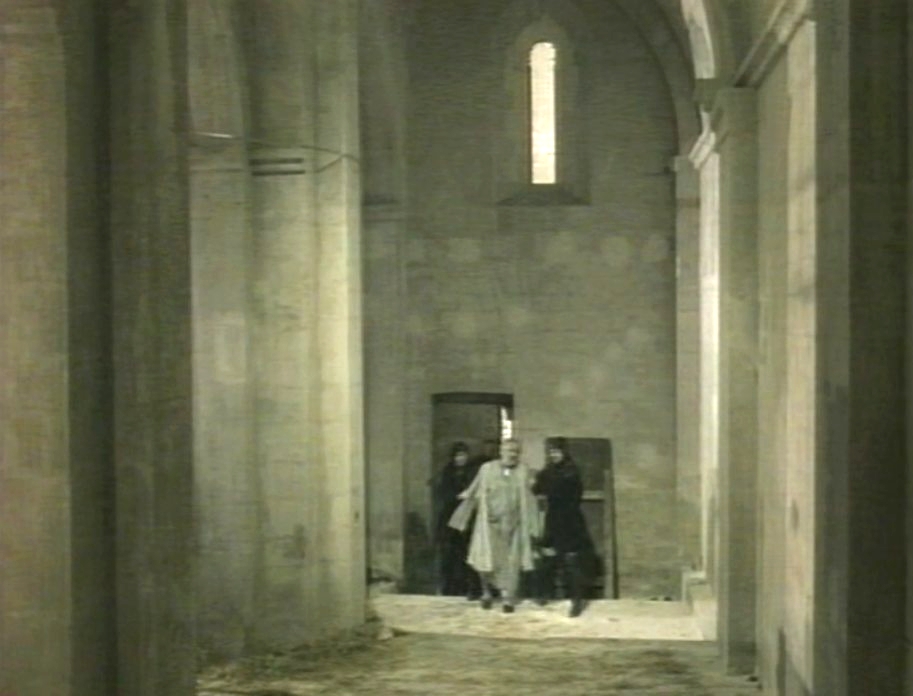
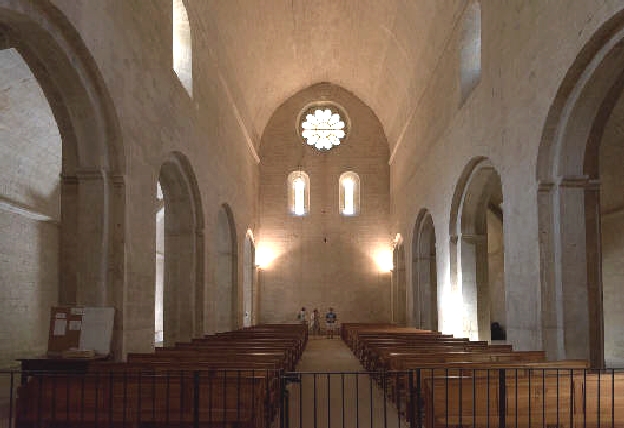
1986 Around 2017
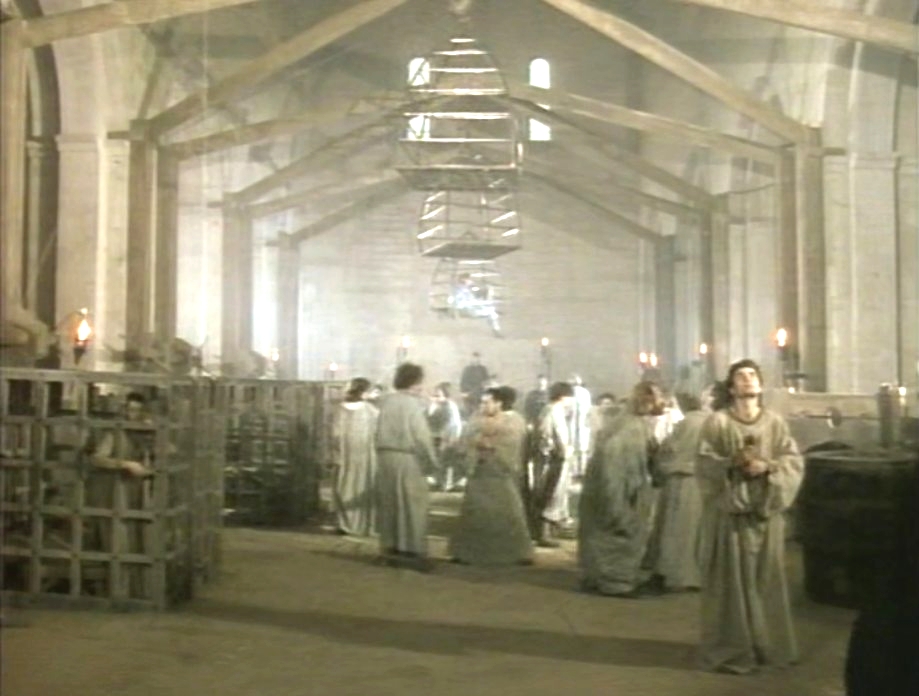
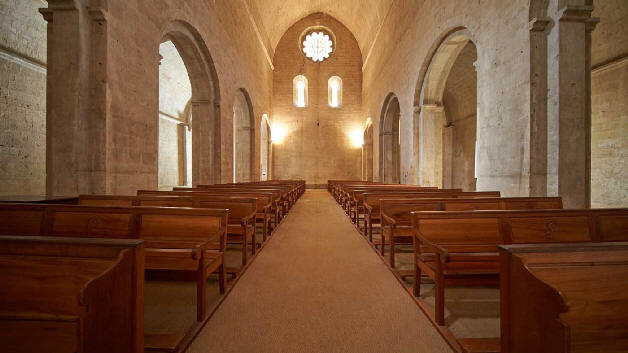
The place seen from the outside, you can recognize it by the windows.
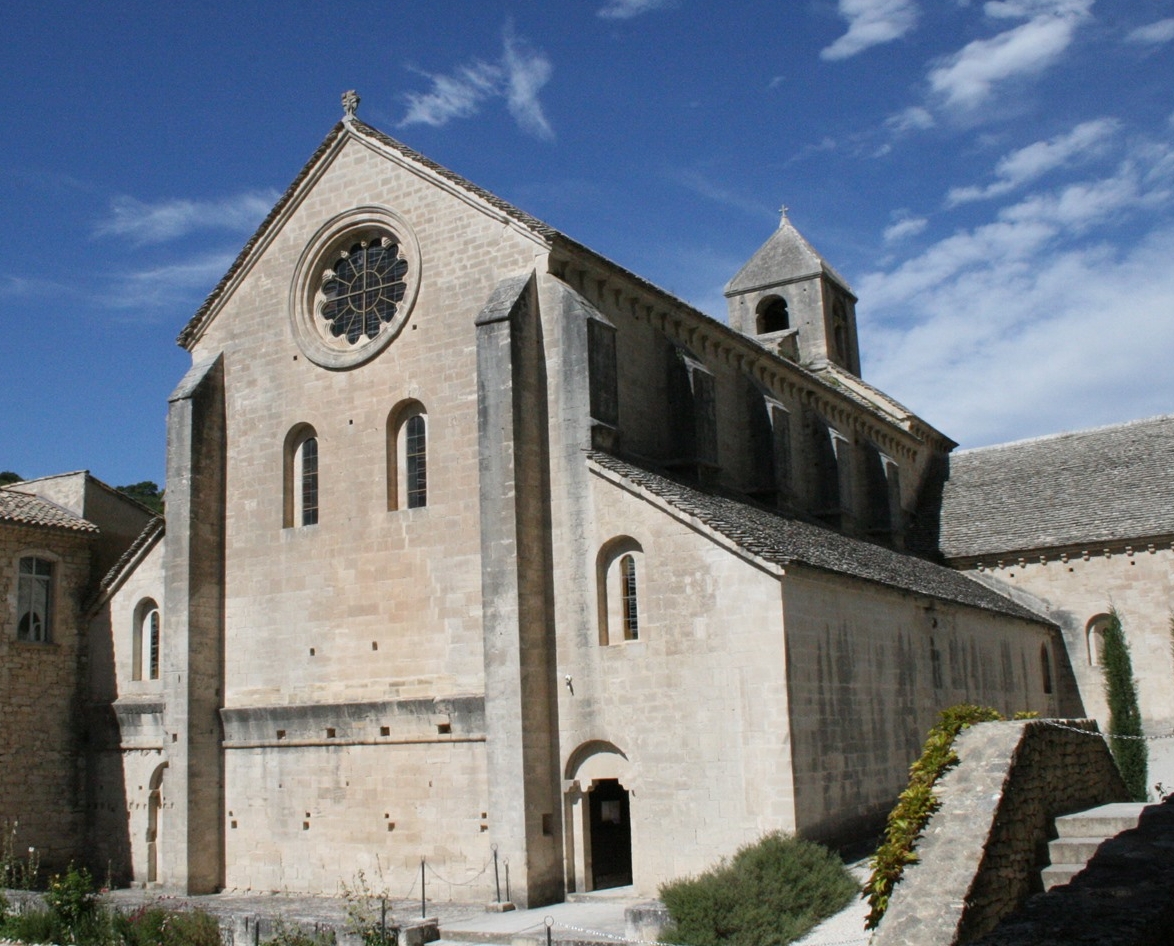
Most scenes are shot inside this place. Here they closed the round upper window, perhaps there was too much back lighting for the camera. Later (in the same episode) the window is not covered (right picture).
Closed upper window The Salle where most of the scenes took place, just before the restoration.
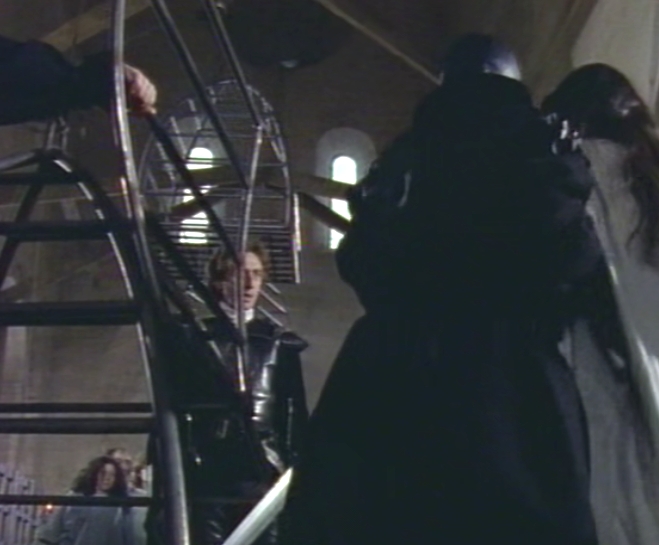
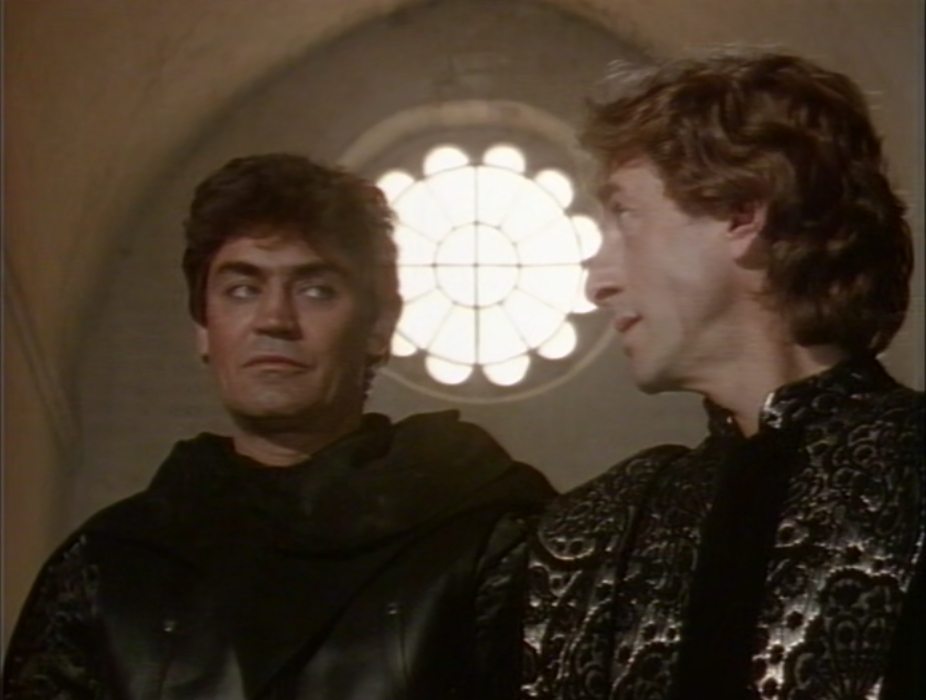
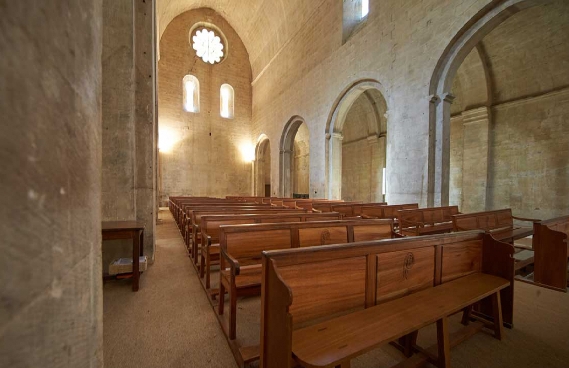
Scene: Rosanne to Stefan: "These are not the eyes of a madman."
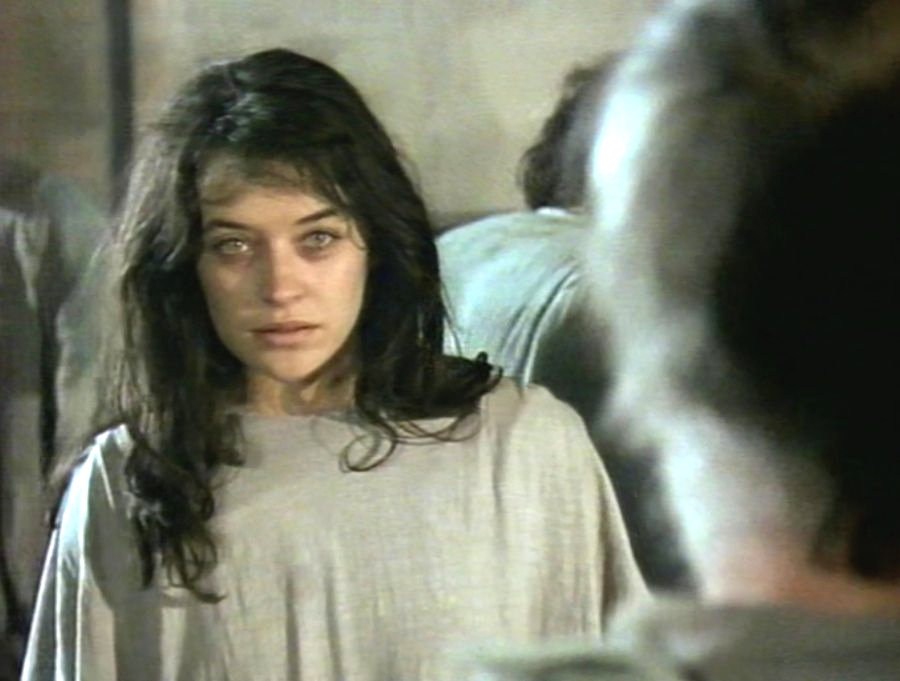
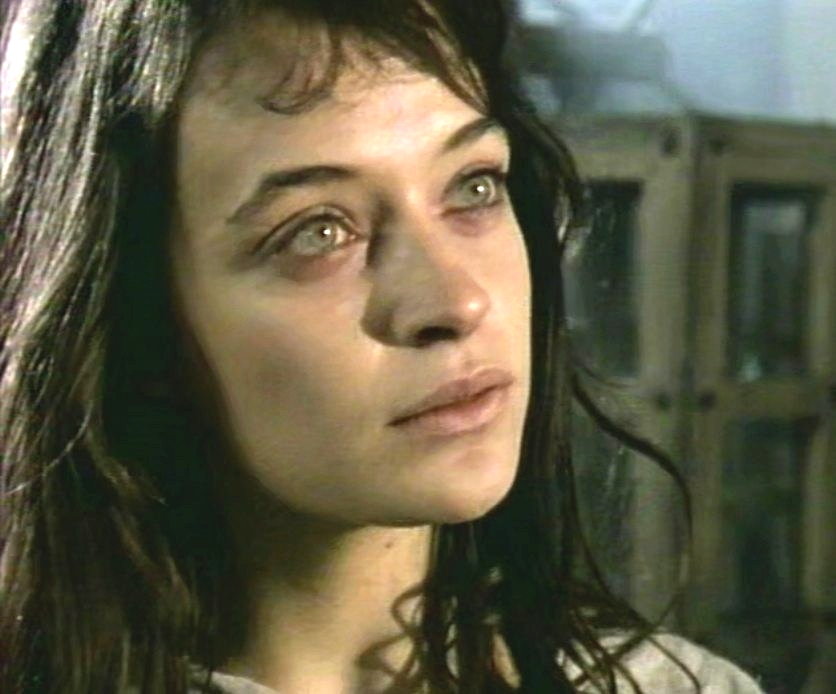
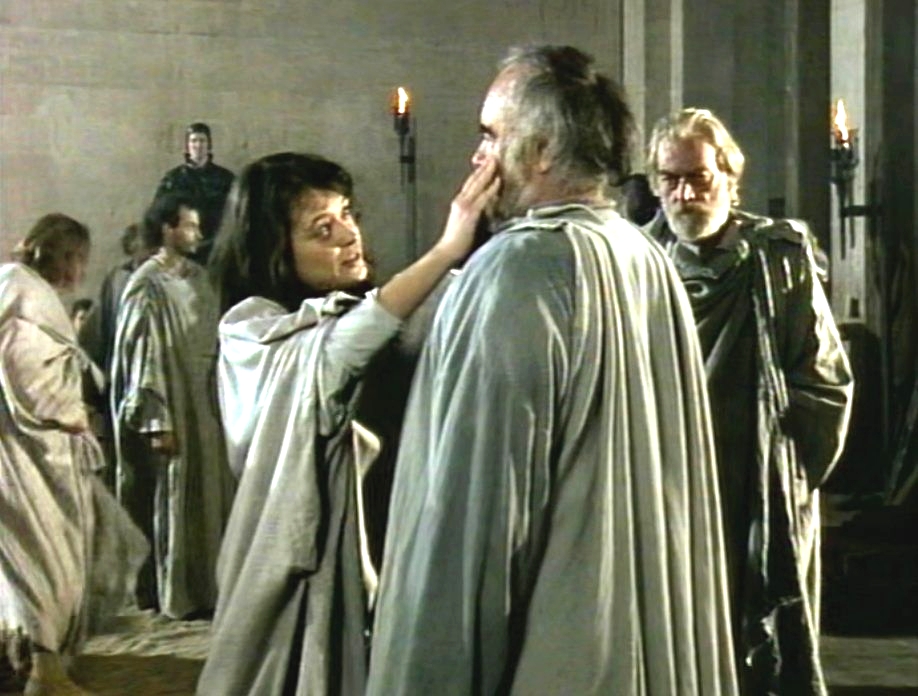
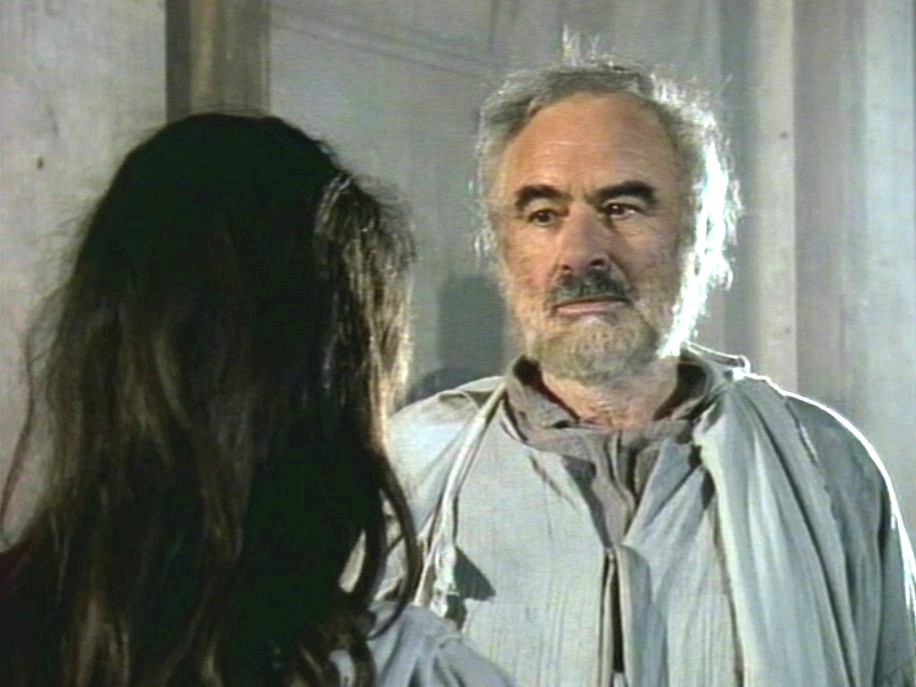
Impression of cast and the set
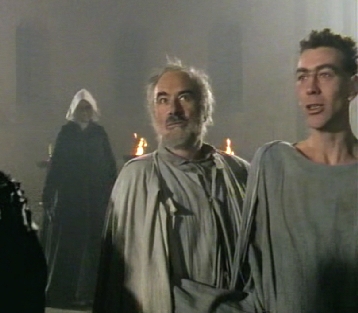
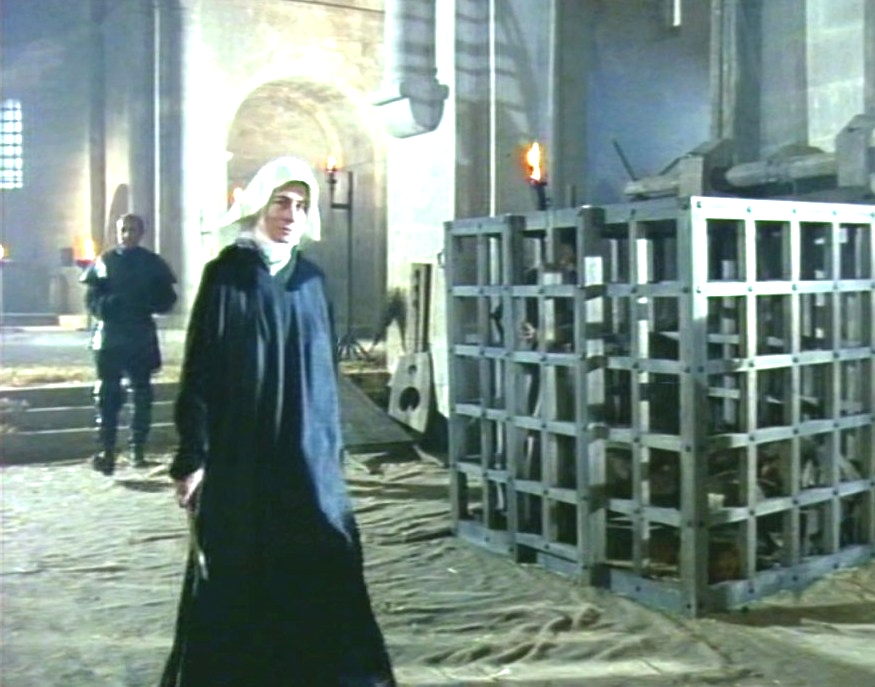
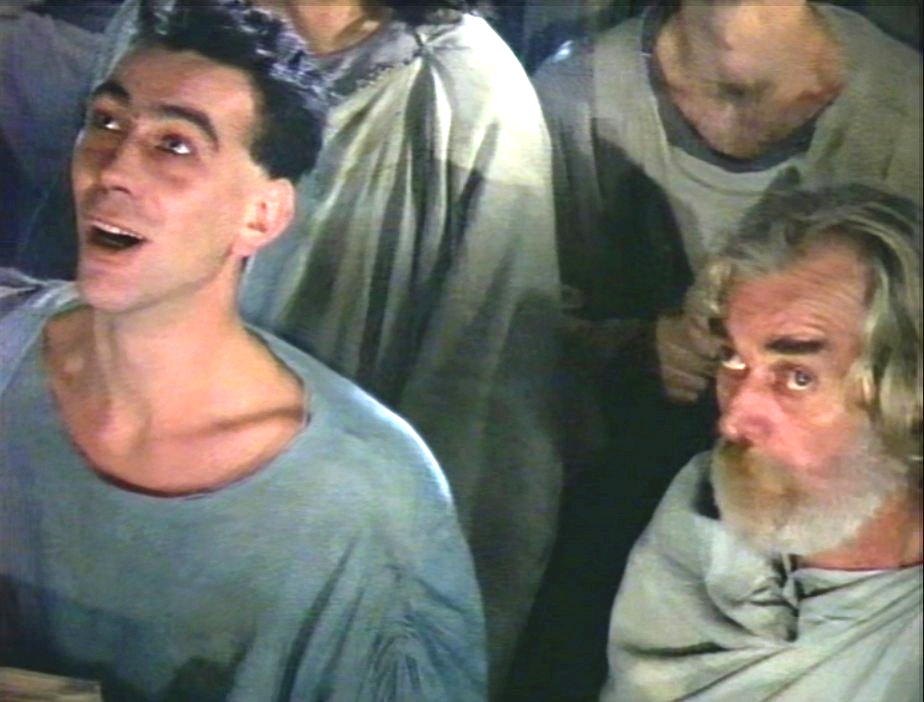
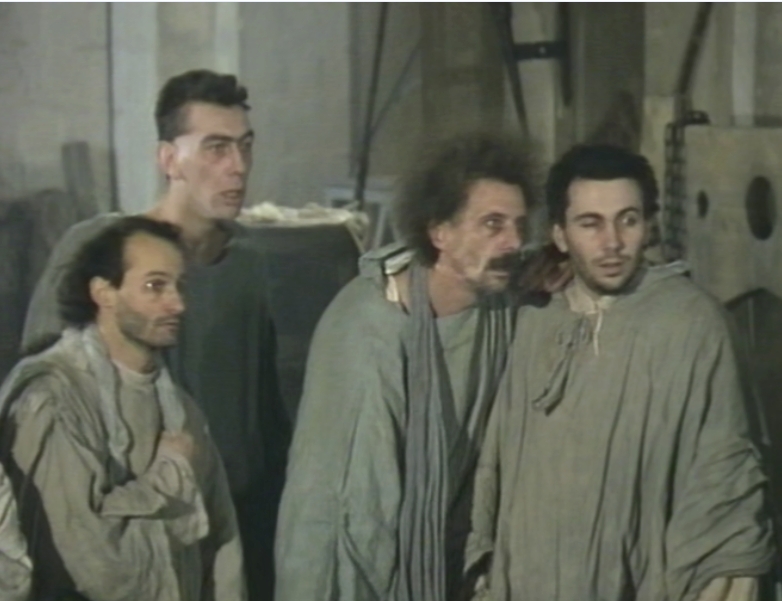
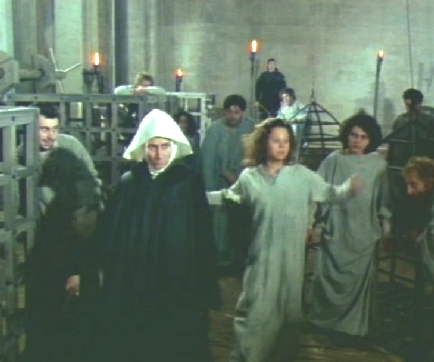
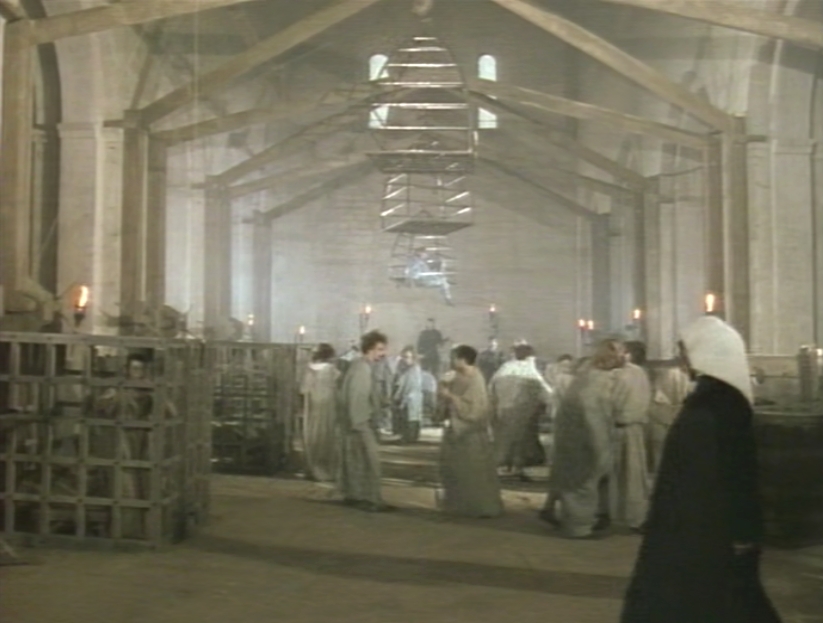
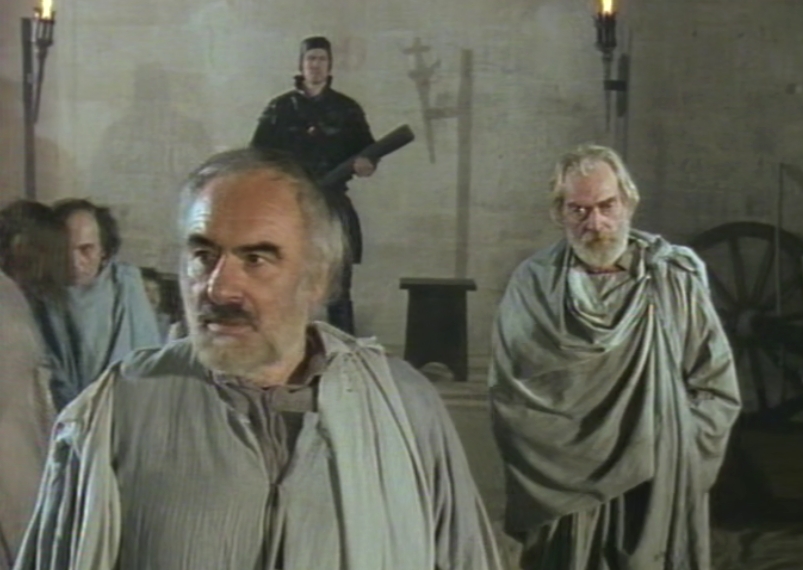
The cages hung in 7 and 8
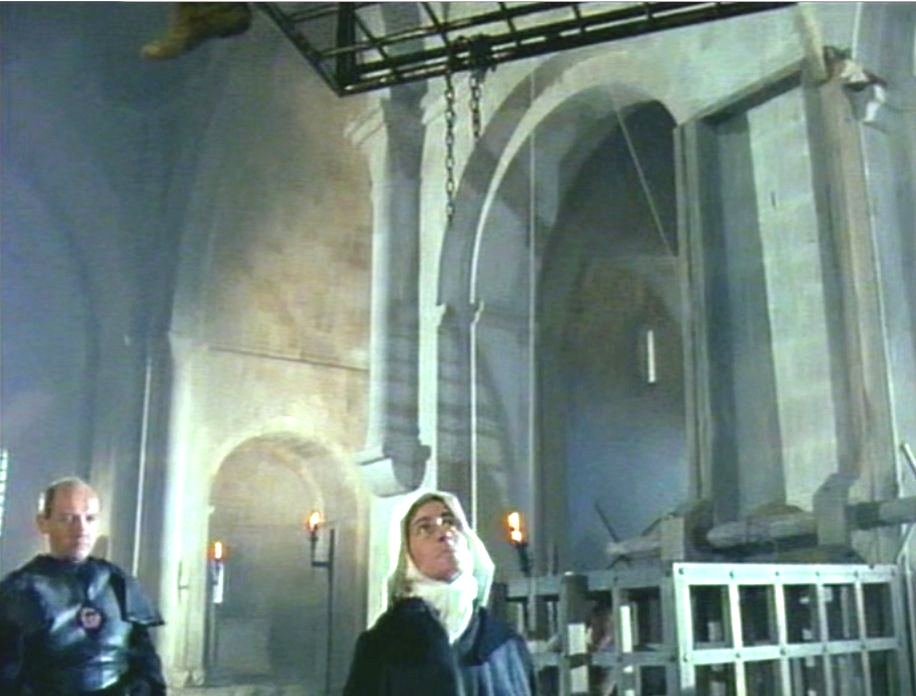
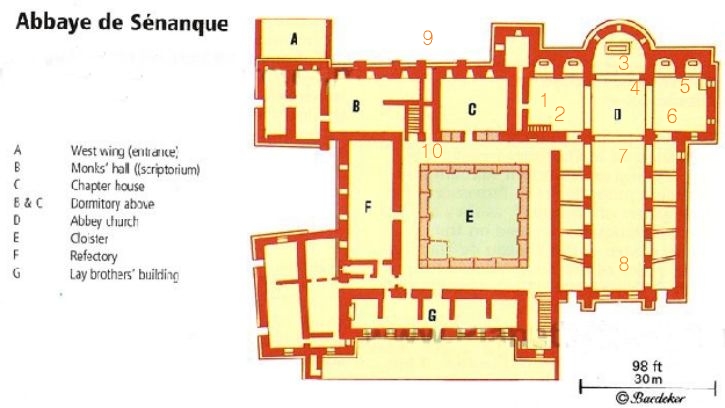
Location: the courtyard of Senanque, E on the map
Scene: Eleanor arrives in Senanque, but can she get her father out? Below some photos of the courtyard.
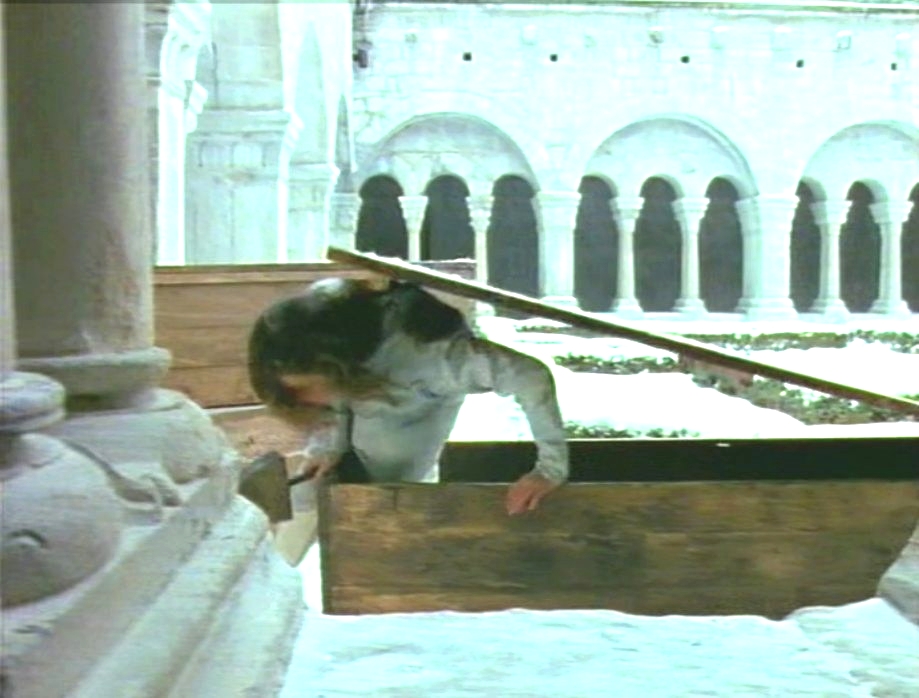
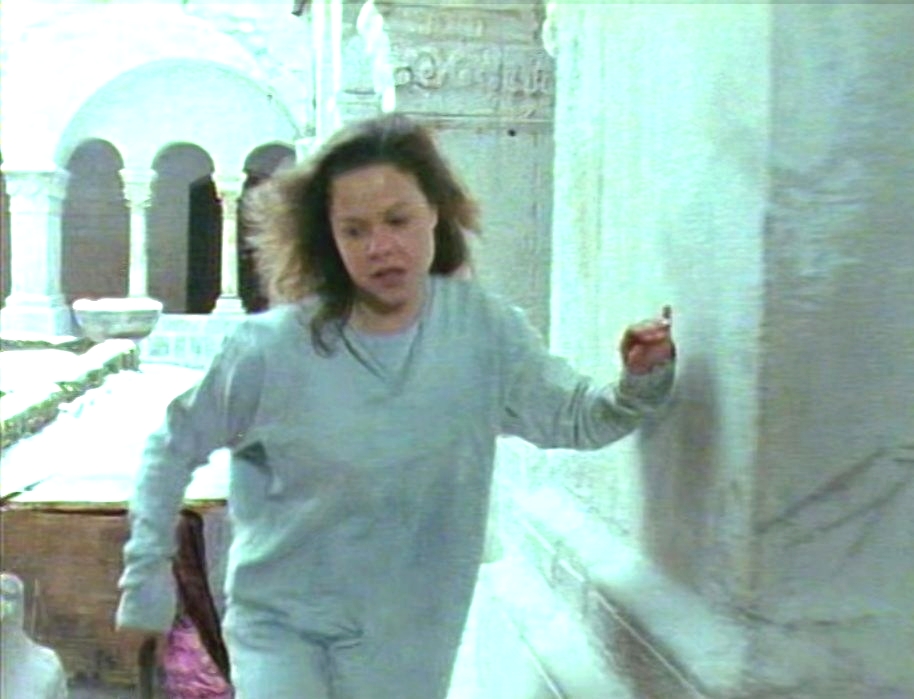
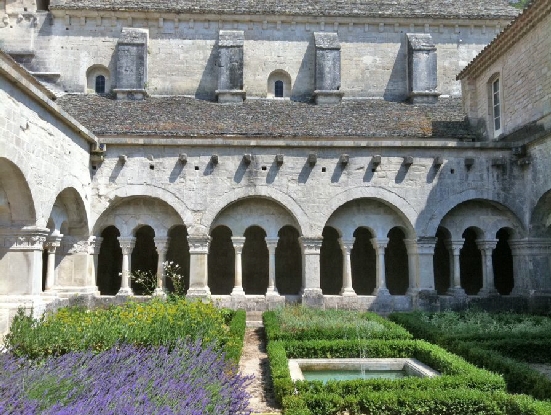
The recognition
Scene: Stefan is happy to see her Eleanor is caught. She's waiting for the best time for a resistance..
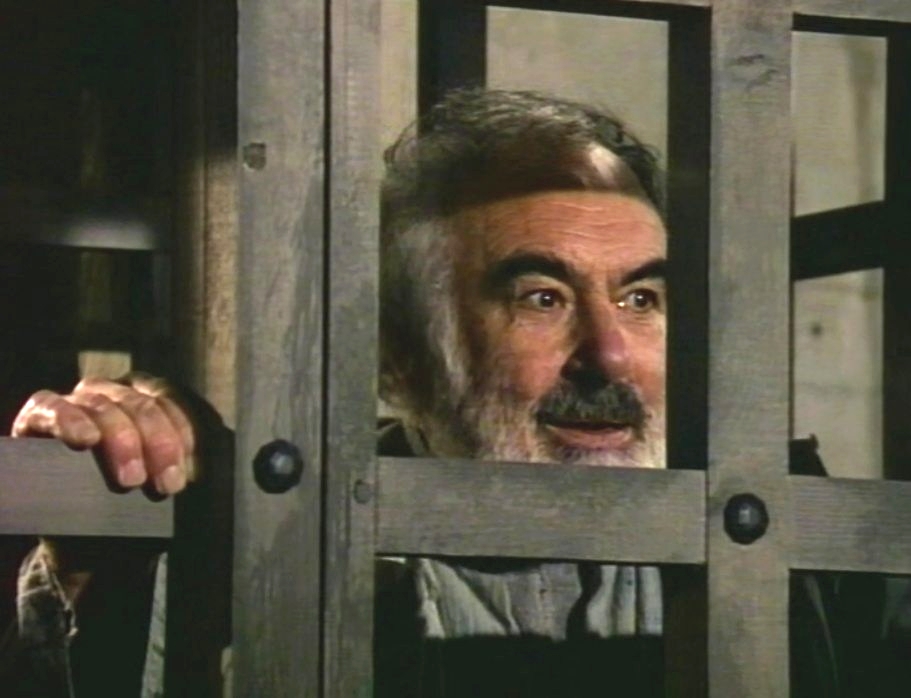
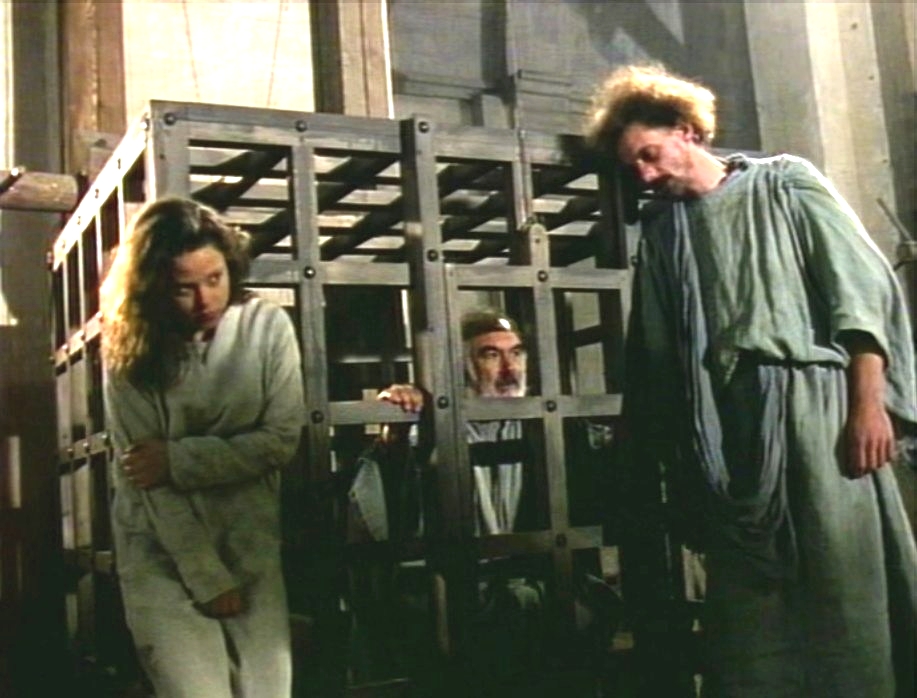
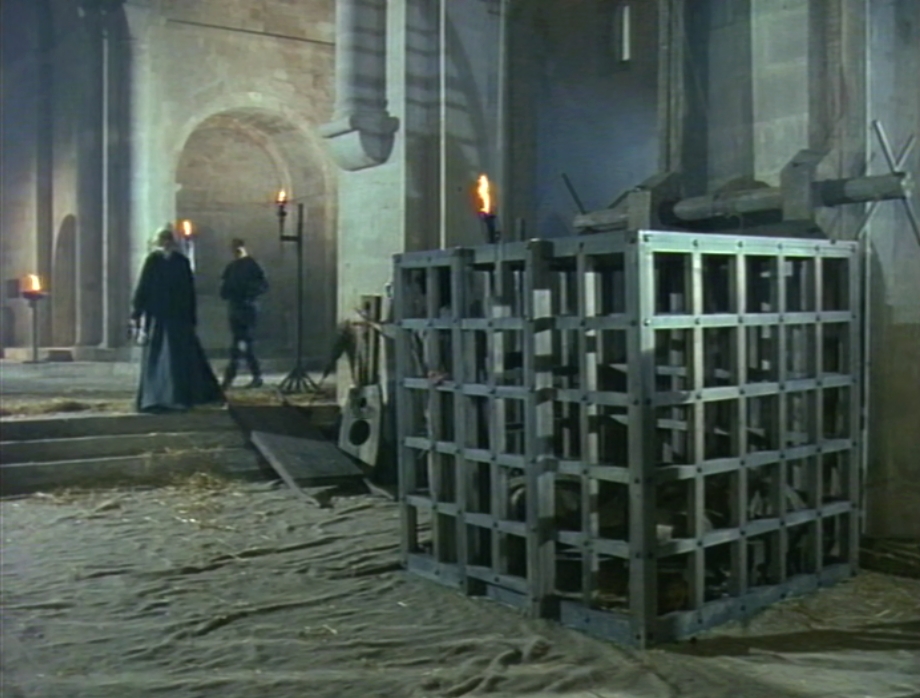
Aula Capituli Senanque
The Chapter room / Salle de Capitre. This room is attached to the courtyard.
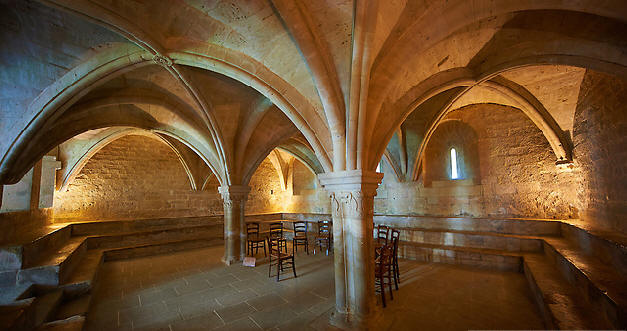
Scene: Lady Rosanne is a girl who certainly can't be forced. Gessler is pushing her over the edge and asks for her hand and is after her land.
Gessler noticed she is making progress with her therapy but she is not fond off Gessler. She finally spits Gessler in his face.
When Gessler hears about the good results of the Master of Mercy, he takes him to Lady Rosanne. But the master of mercy is not the one he thinks he is.....
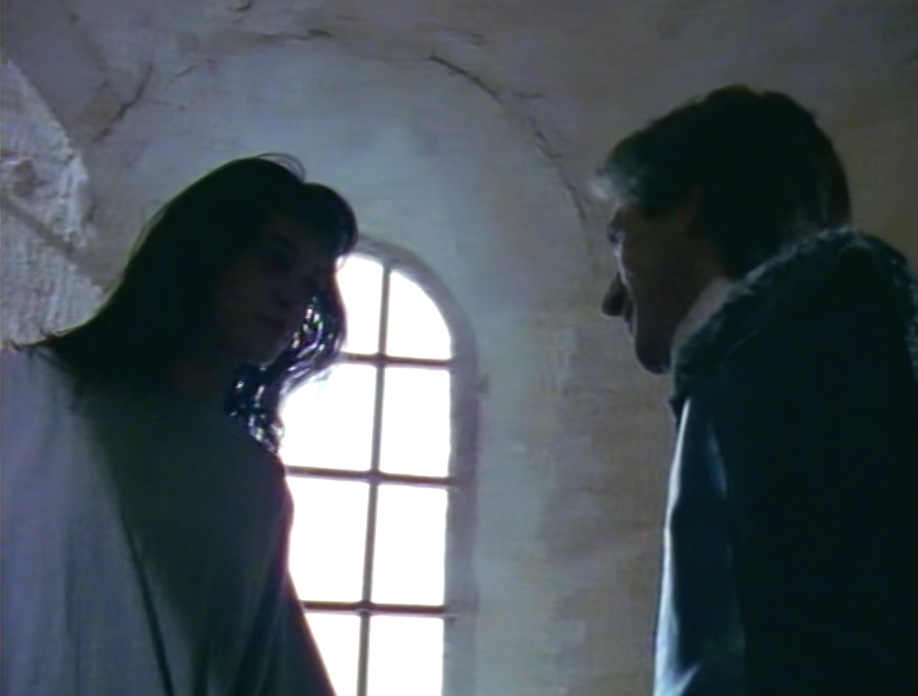
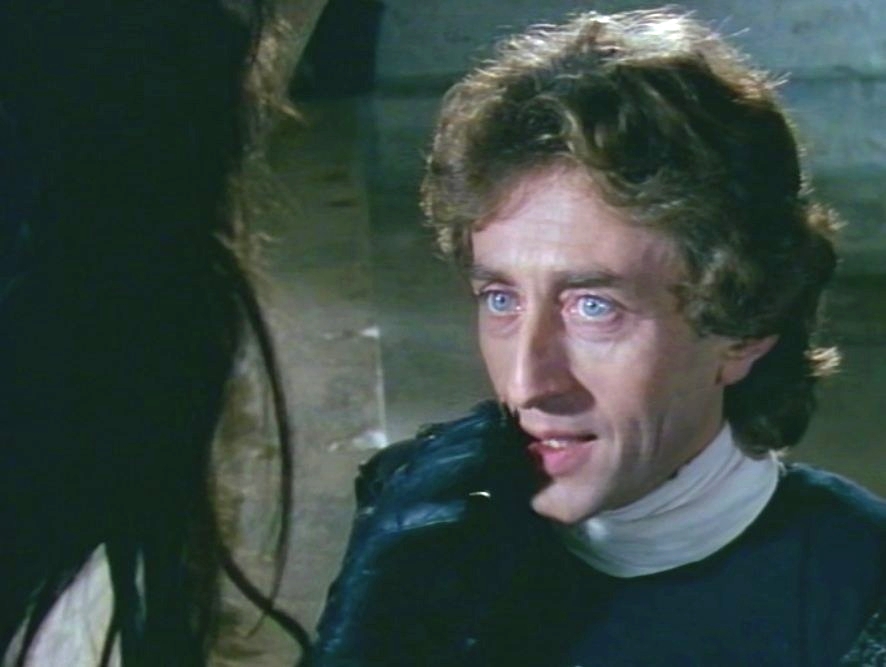
Gessler and Lady Rosanne
2015 1986 Lady Rosanne is driven to the left corner of the room.
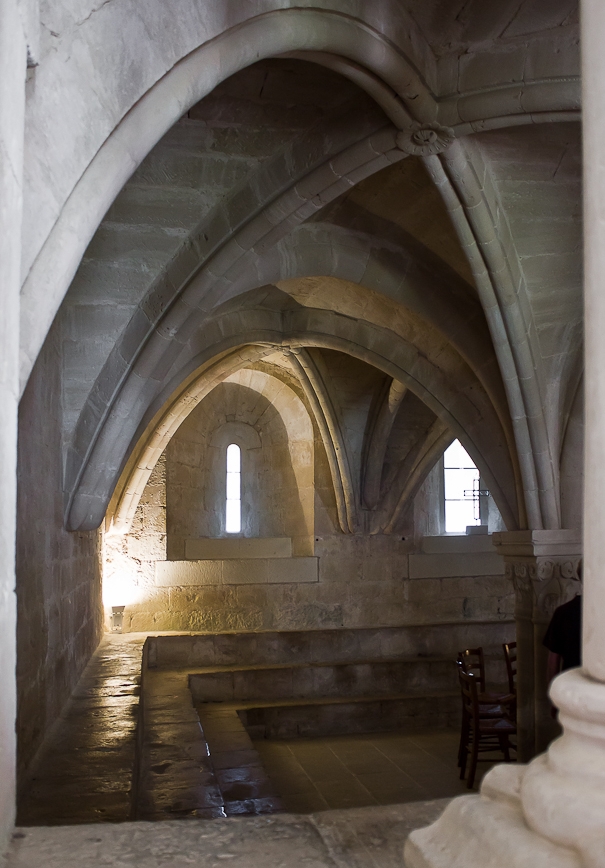
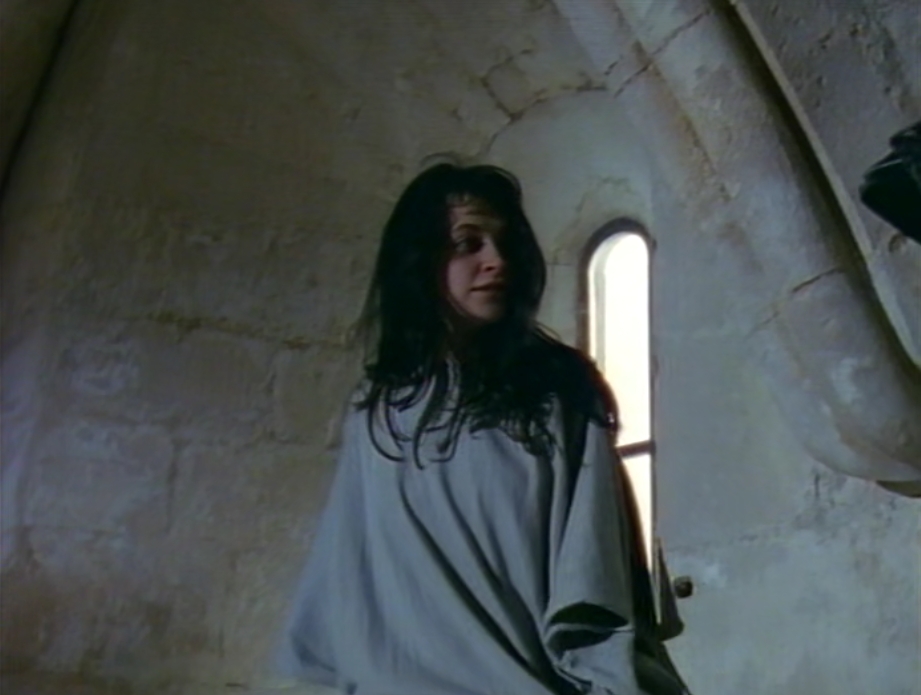
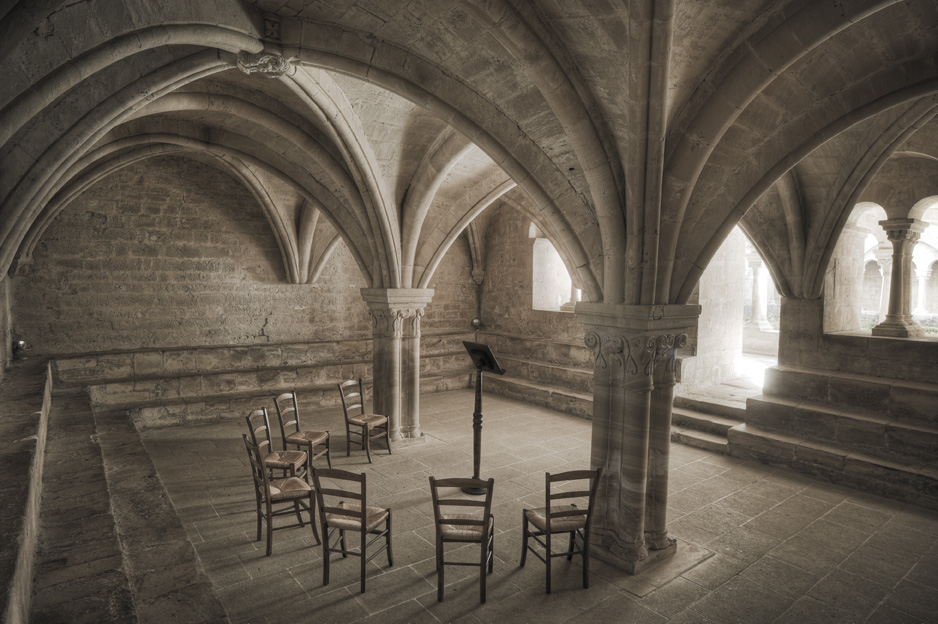
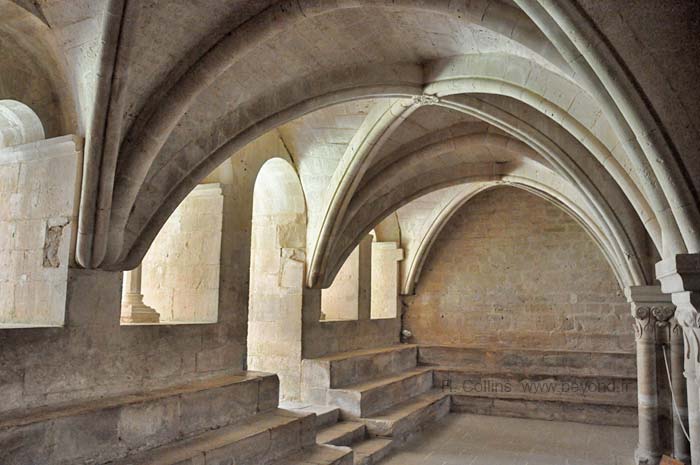
The chapter room is the room where the monastic community meets daily around its Abbot, to listen to a chapter of the Rules of St. Benedict. This is the only room where it is
allowed to speak. It is here that the monks make the decisions concerning the community and that takes the making of clothes, the monastic professions or the election of the Abbot.
The monks sit on the stands. The Abbot, placed in the center, faces a representation, figure of the demon, carved in the cloister (vignette). What characterizes this room is the
subtlety of its acoustics: the word can be heard effortlessly, thanks in particular to the six stone ribs of the ridge vault.

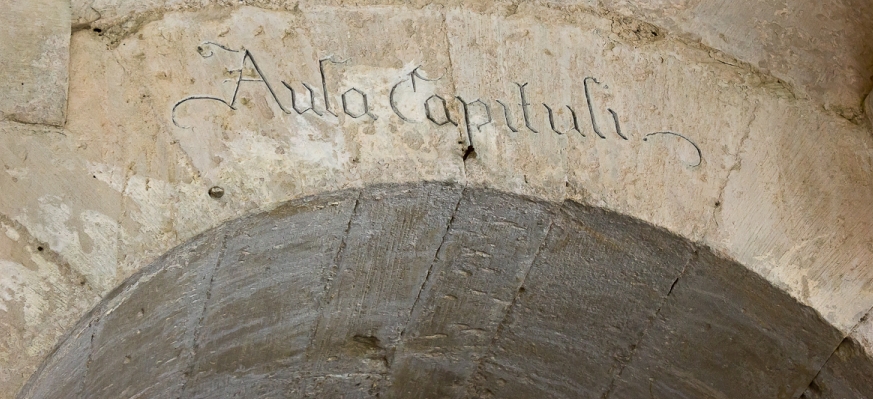
1986 2015
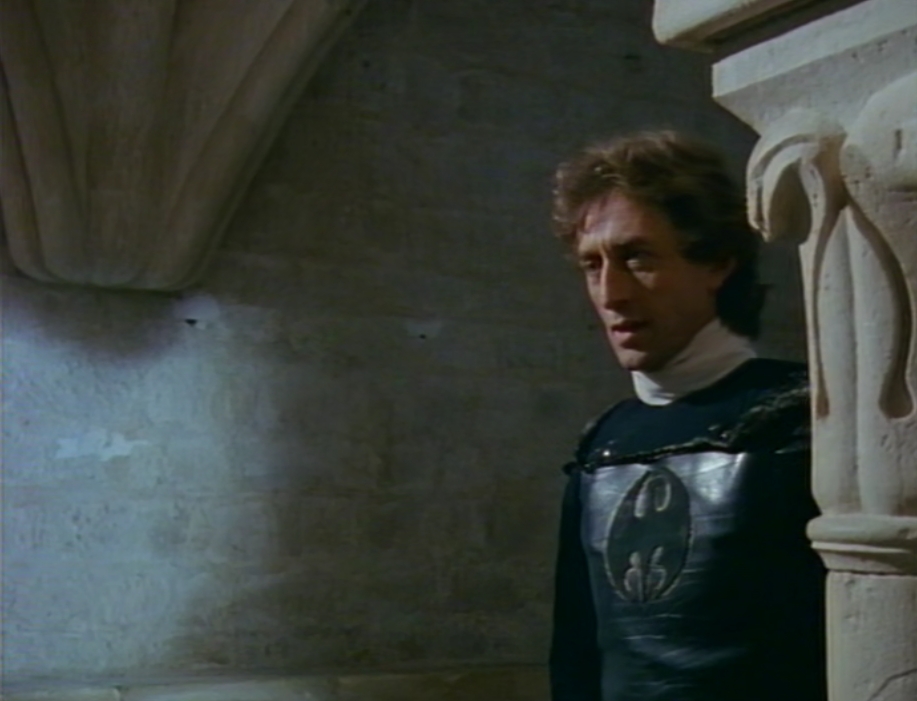
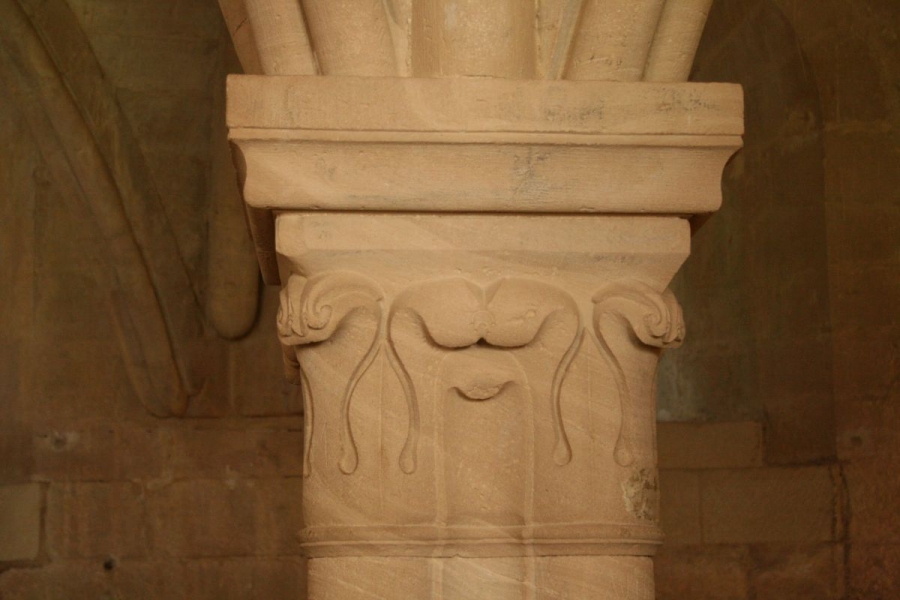
1986 2016
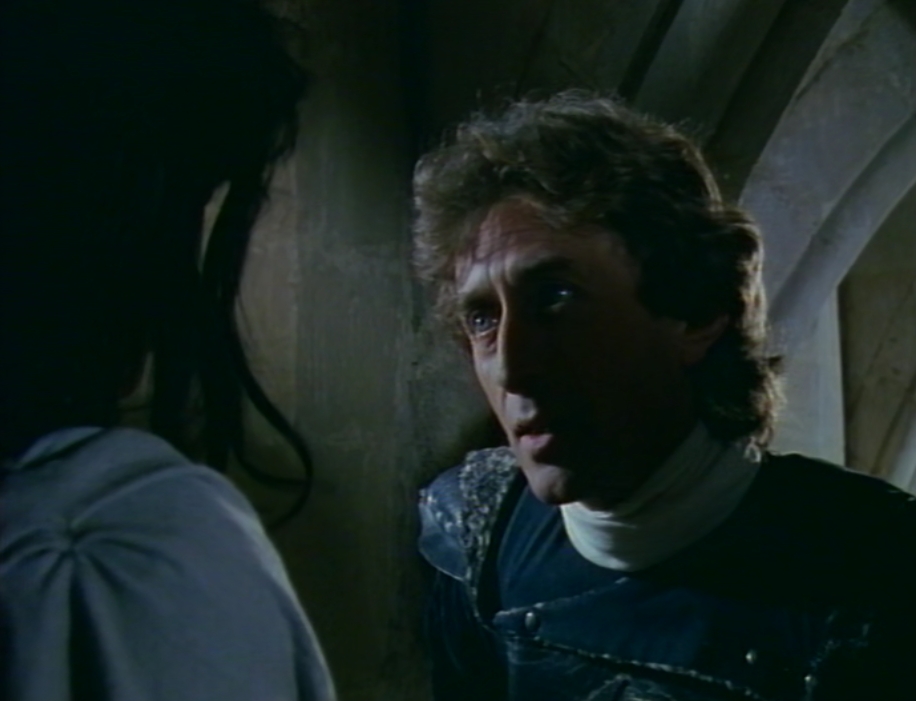
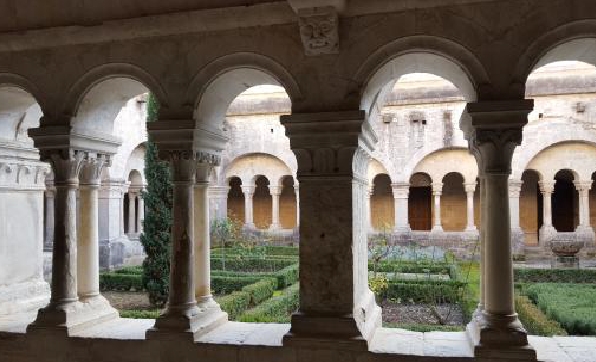
The salle du chapitre / Chapter-house
Where the monks came as close as it was possible for a Cistercian to get to socialising, was the only place where talking was permitted. On a pillar opposite the door,
a tarasque (sculpted devil), pictured, keeps an eye on the proceedings. Perhaps it's there to remind the praying monks that as they leave this room, the Devil and worldly
temptation are always waiting. (see the sculpture of the Devil, photo right below, while walking out of the Chapture room).
The revelation of the master of Mercy.
Scene: Lady Rosanne always feels something is right or wrong and unfortunately she makes a mistake...
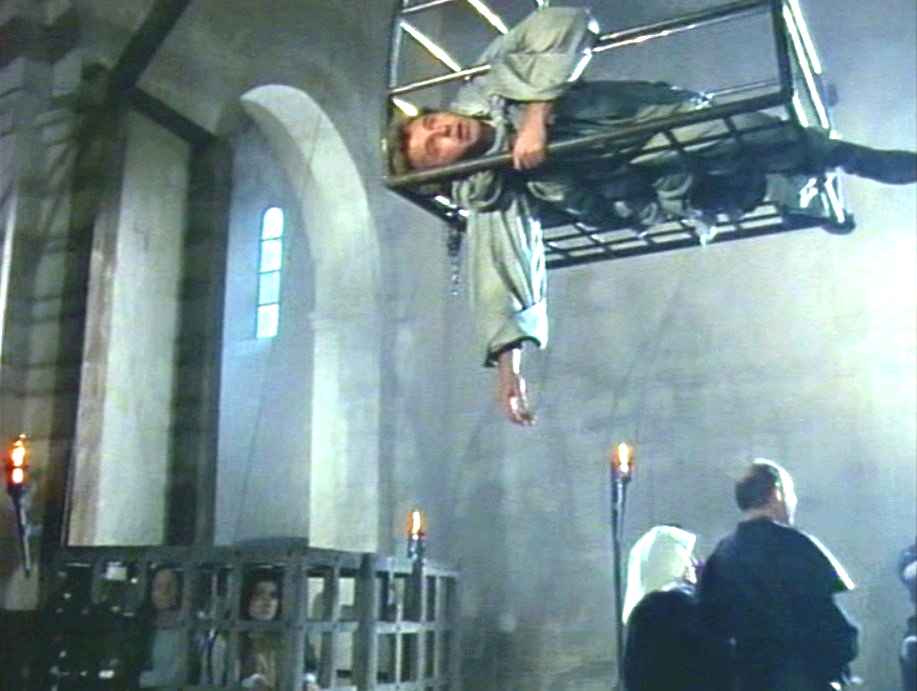
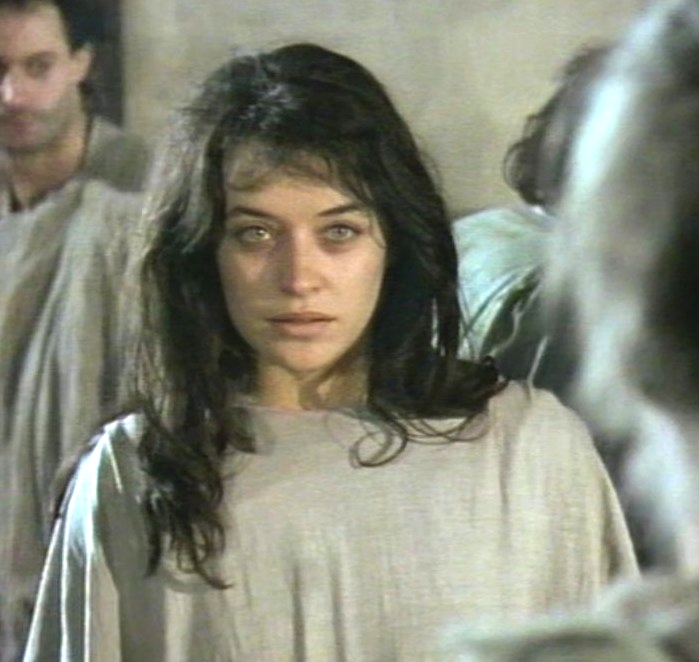
Rosanne reveals Tell I think the right guard is also in 'Forbidden Land' and haunted Tell.
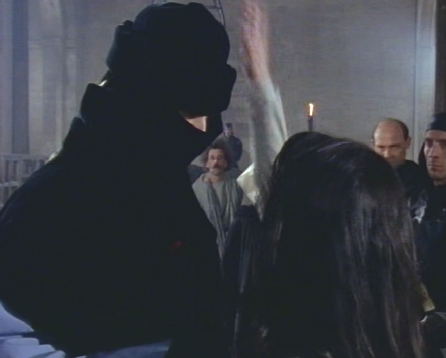
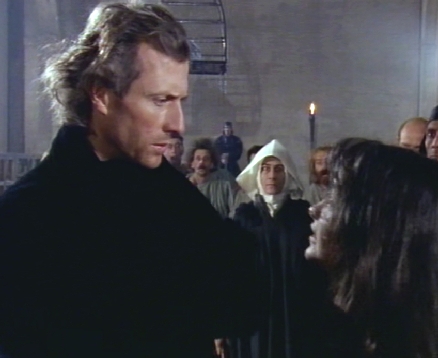

Moment of Judgment
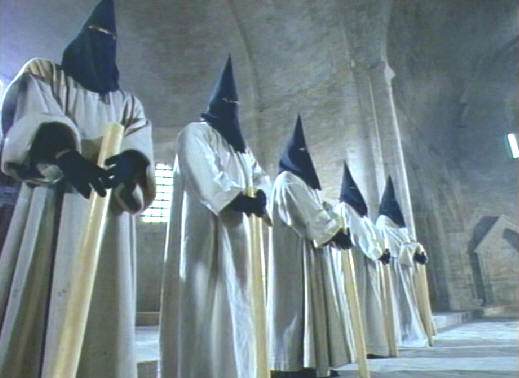
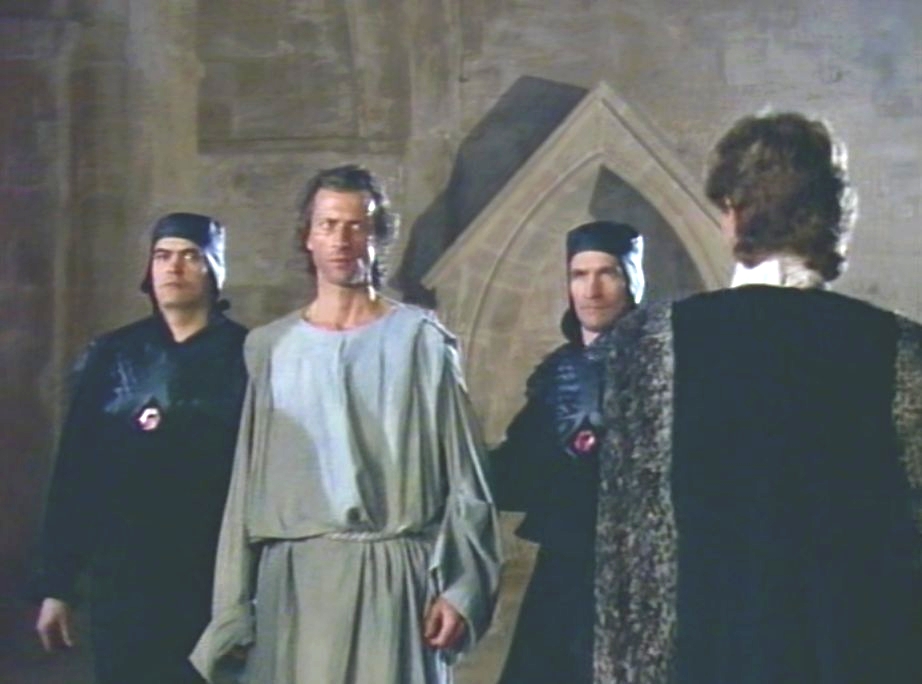
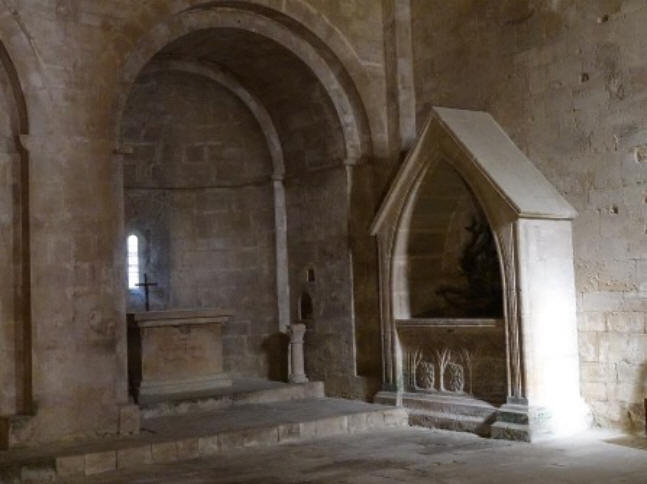
Location of this scene: The dome of Senanque
Monument: On the right, the tomb and the funerary monument of Geoffroy de Venasque, benefactor of Sénanque. The only non-Cistercian element of the church
is the fine Gothic tomb of Lord Geoffroy of Venasque, dating from the 13th century. He would have paid a high price for such an enviable resting place, next to the
high altar in a devoutly austere community. On the right, the tob and the funeray momument of Geoffroy de Venasque, benefactor of Senanque.
1986 2016
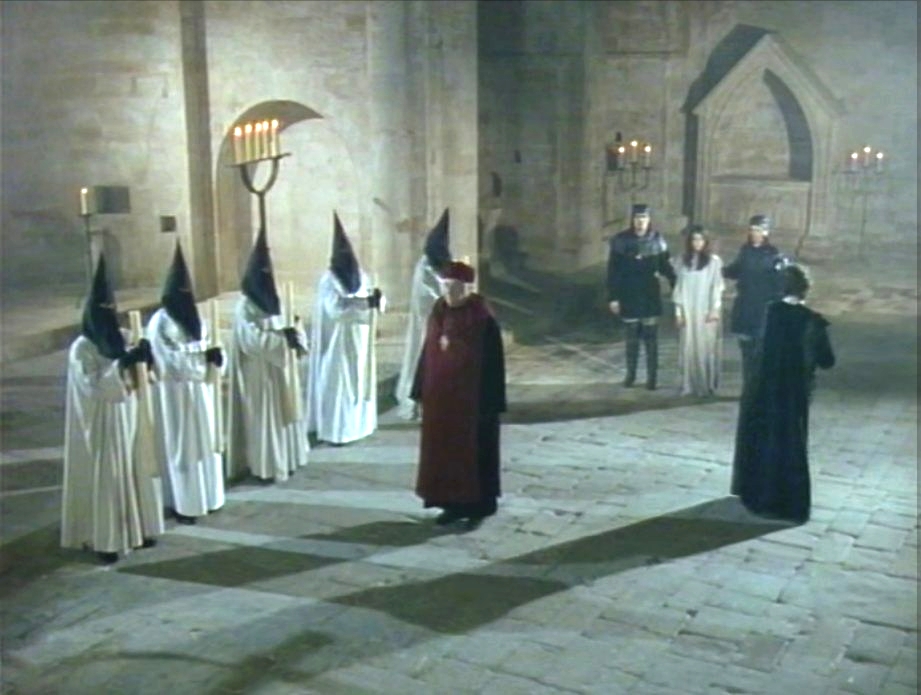
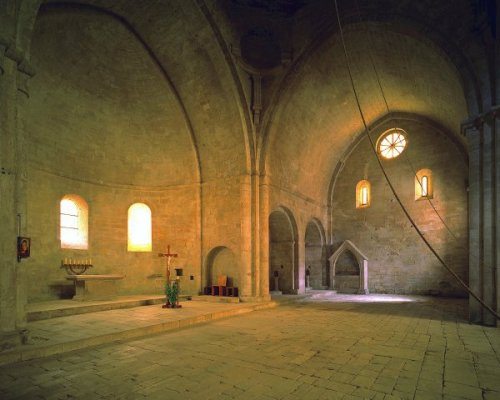
Scene: Rosanne's awareness and regret
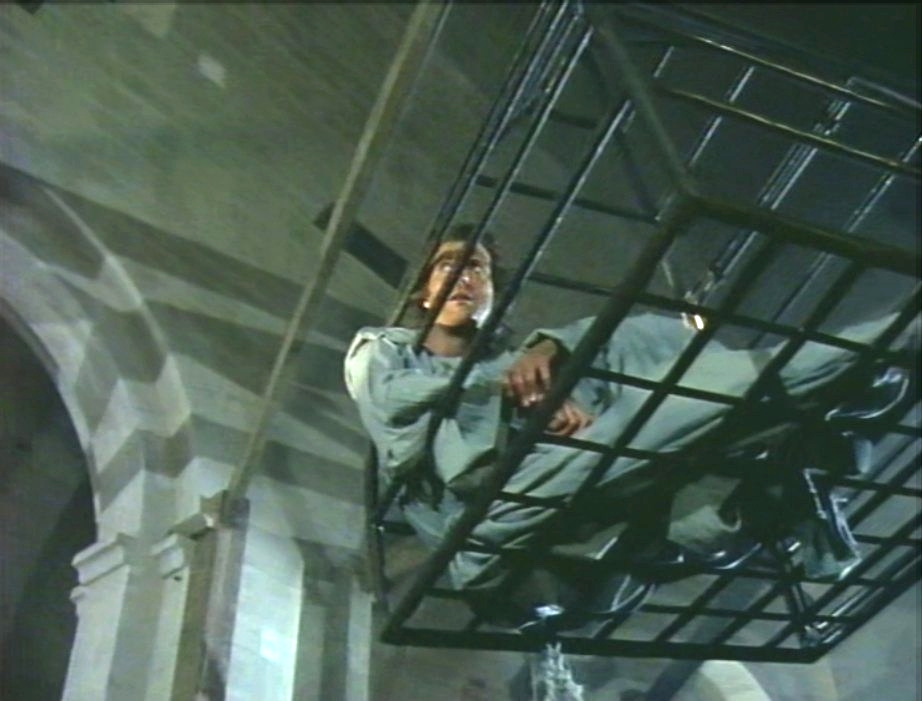
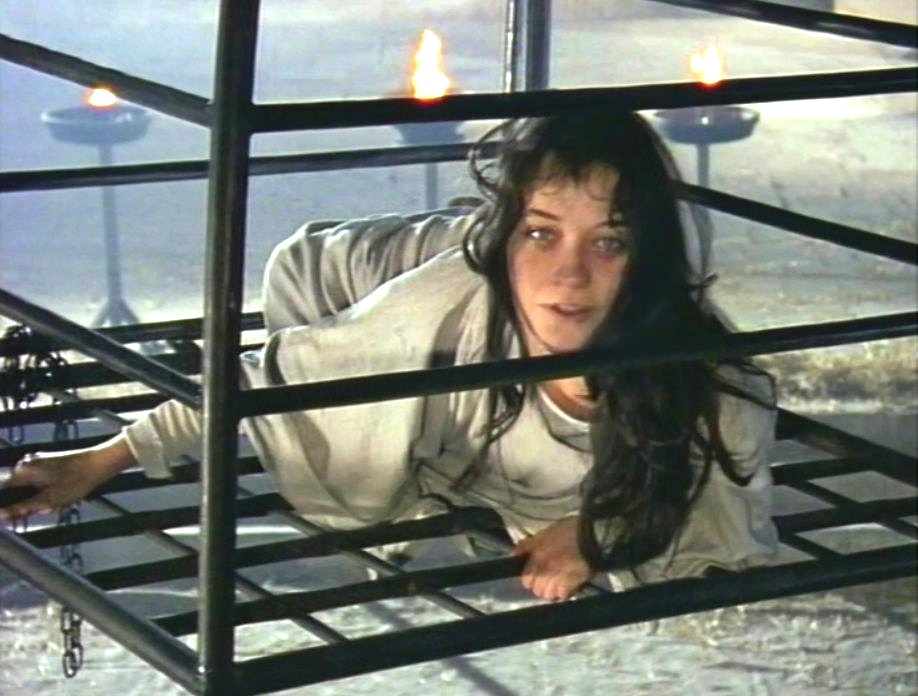
![]()
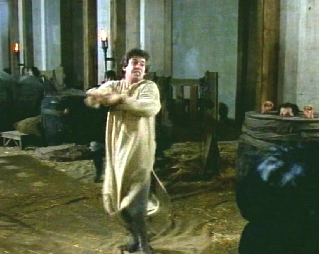
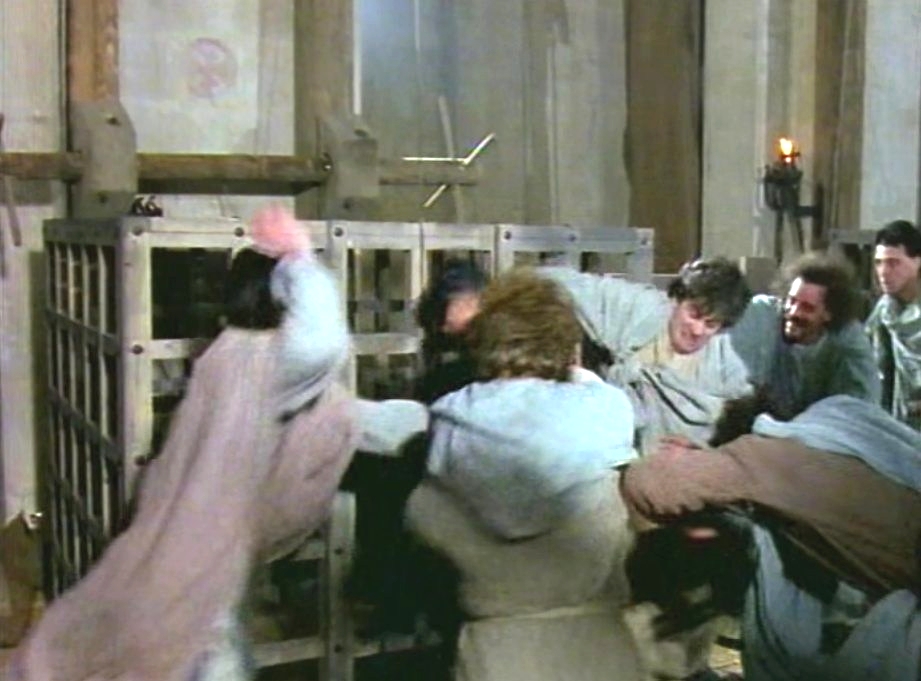
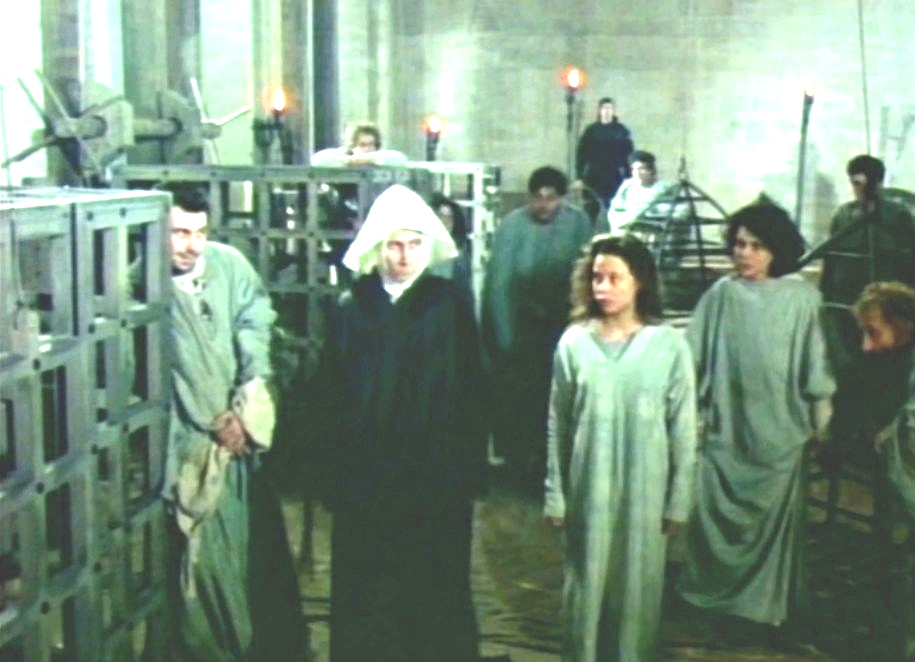
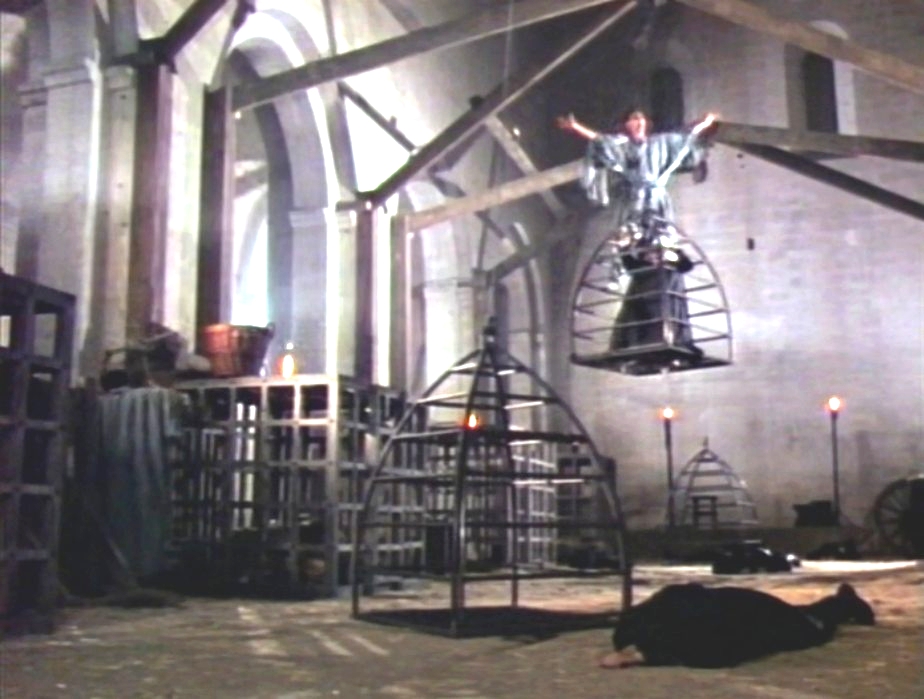
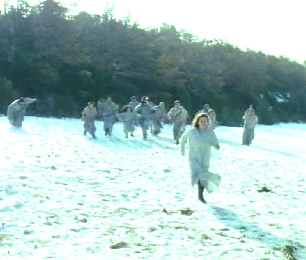
Location: Dome of Senanque and in Seanque field and a field about 2 miles northwest of Senanque.
In front of Senanque
We see a beautiful snowy scene of the group leaving Senanque
January 1986 December 2017 They start walking in front of Senanque
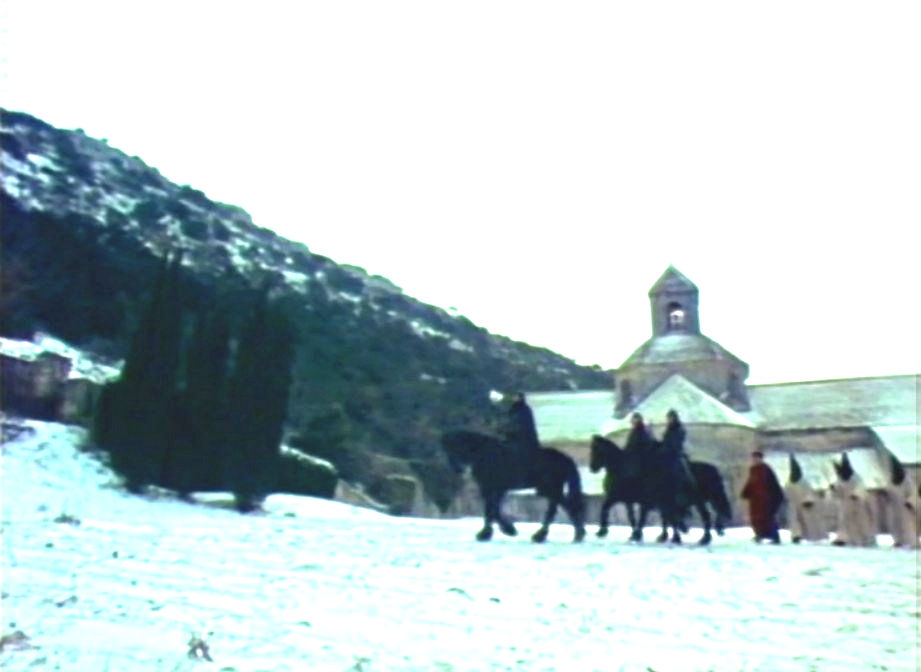
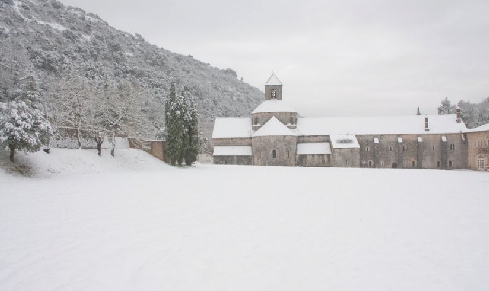
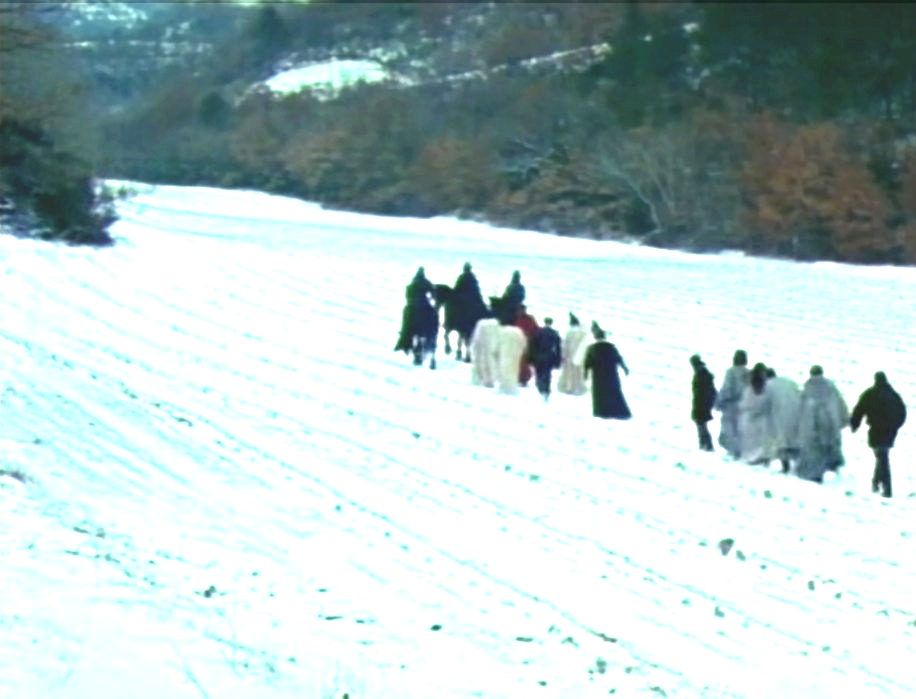
It doesn't snow often in Senanque. It was a cold winter in 1986. This was one of the only times that they had to keep filming longer in the winter season because of a deadline. A part of
'Handmaiden' is filmed on this spot. Most of Handmaiden is recorded at Boulbon and inside Senanque. The last scene: Matthew and Tell riding away into the fields together. I recognized the
Senanque valley for this outdoor scene. That surprised me enormously because Matthew had no part in the indoor scenes on Senanque as far as I know and so was brought there especially for this short ride?
Possessed Possessed Handmaiden Tell and Matthew in Senanque
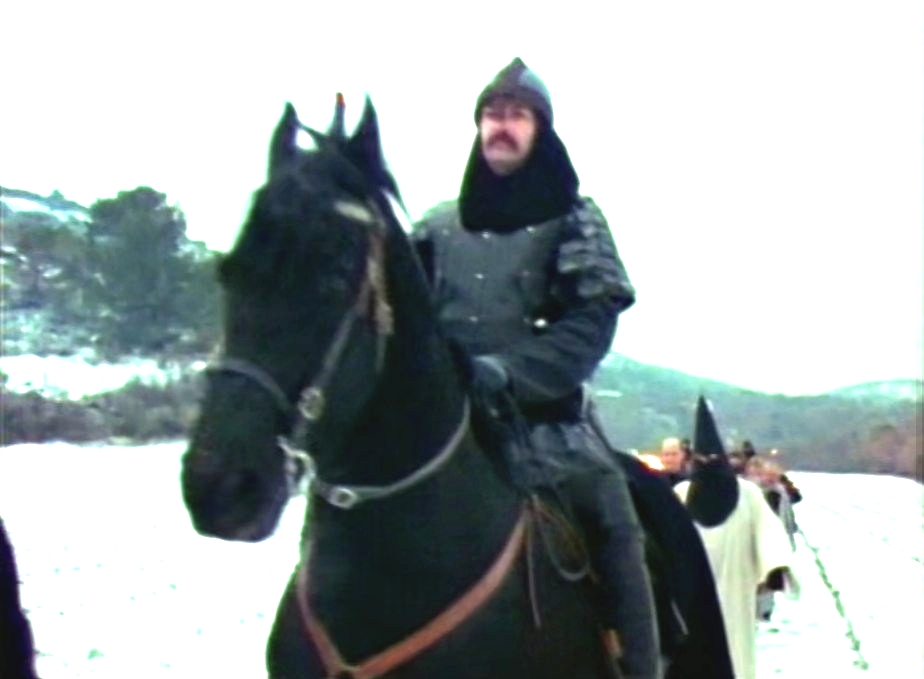
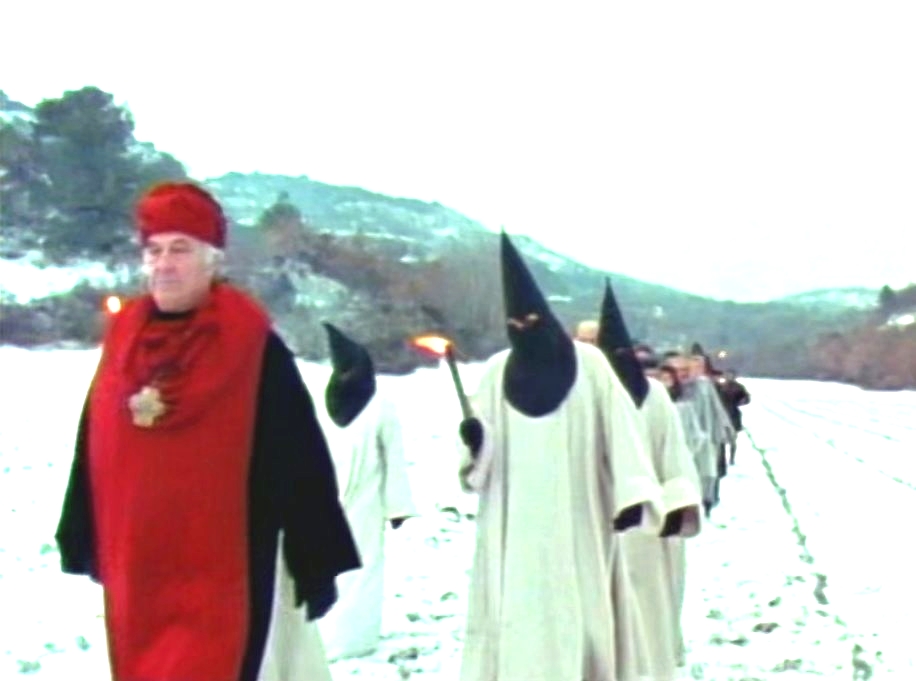
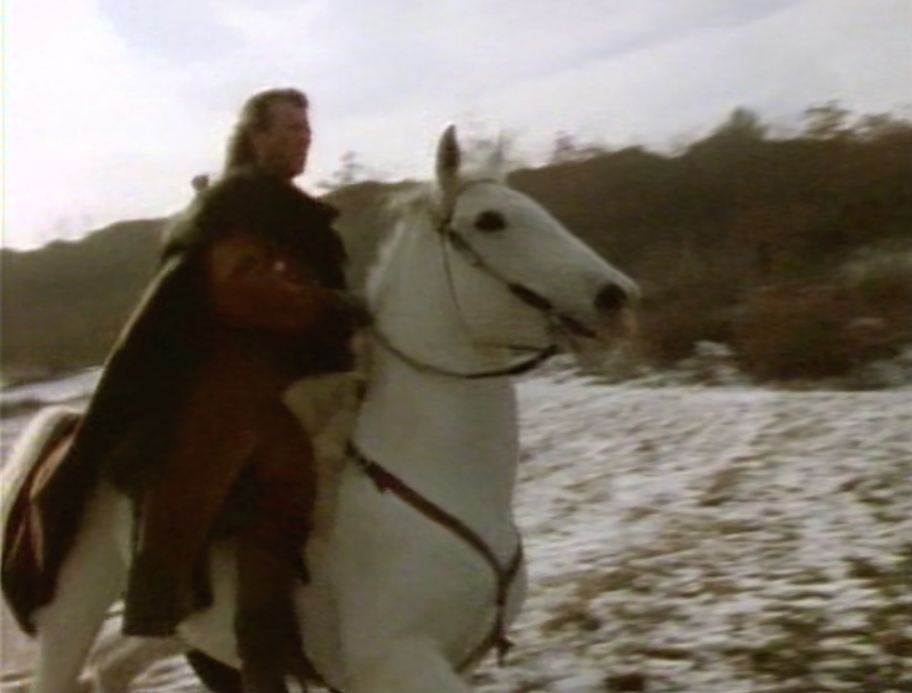
Below: Matthew or a stand-in showed up at Senanque. It's the end shot of Handmaiden. Matthew and Tell are free to go.
While watching this scene, at this all the penny's fall...the horse Matthew rode on at the end scene of Handmaiden is the horse Tell enters Senanque in Possessed. :)
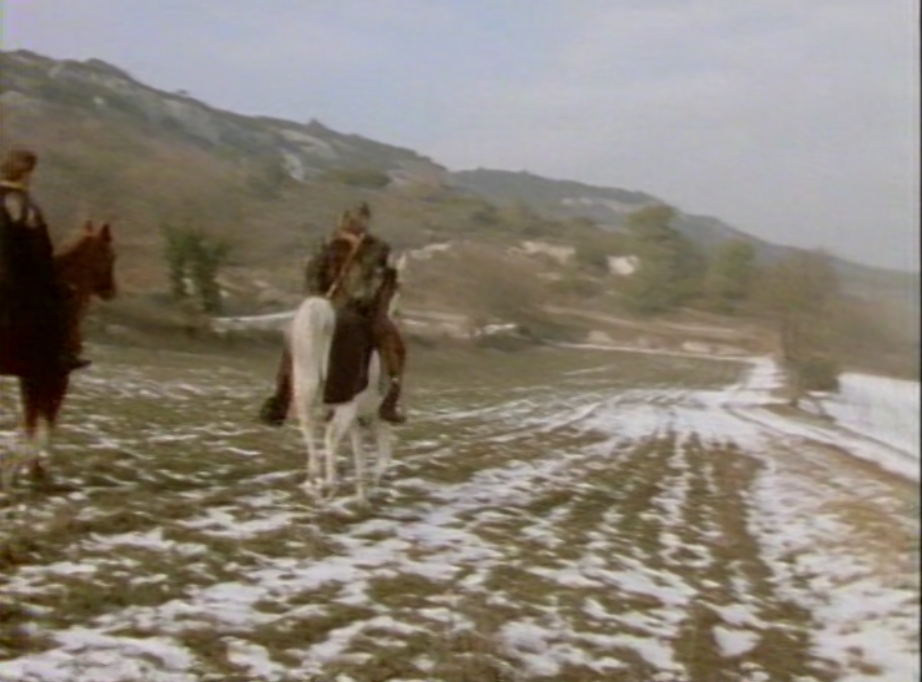
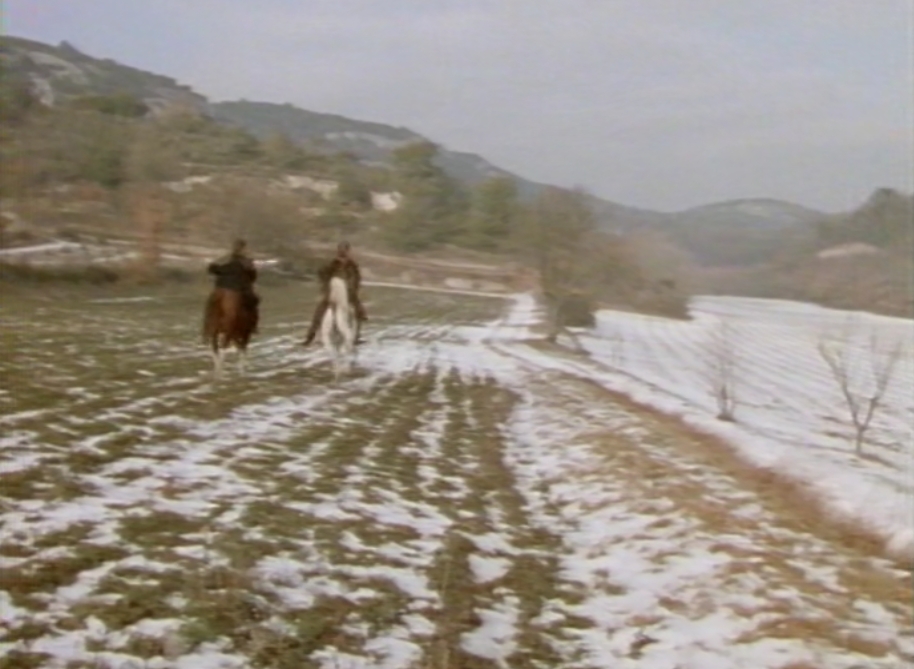
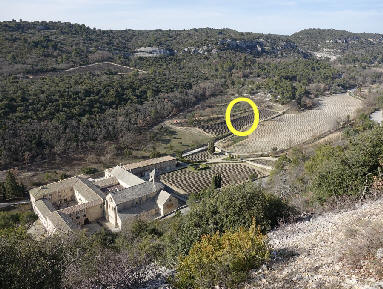
Field 2, the other snowy field
They filmed 1 shot in the fields of Senanque and also here. Scene: Gessler is about to hang 3 innocent people.
This field lies higher than Senanque. The field is finally found by mr. Petit, it has hardly landmarks but he succeeded.
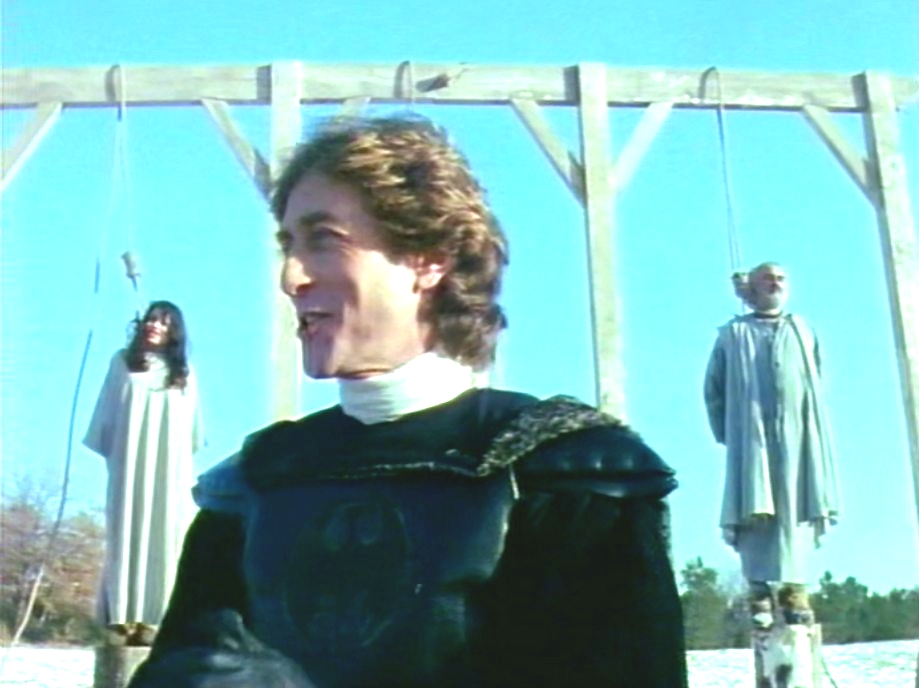
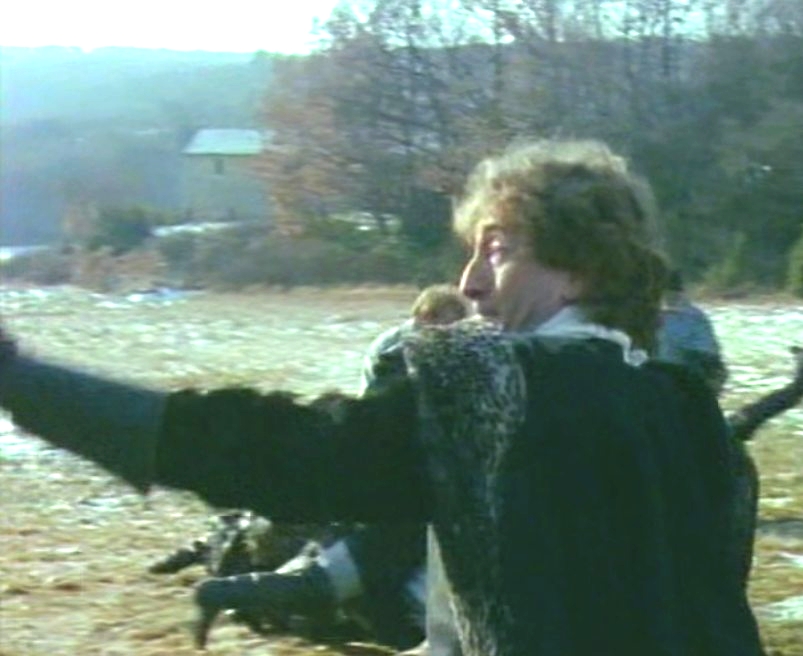
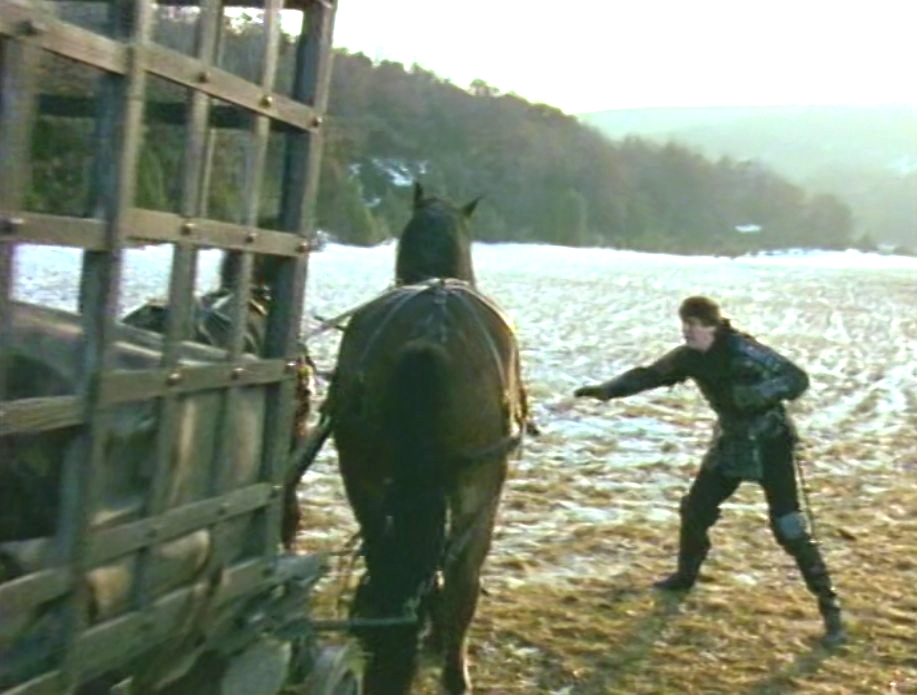
And there goes Gessler...
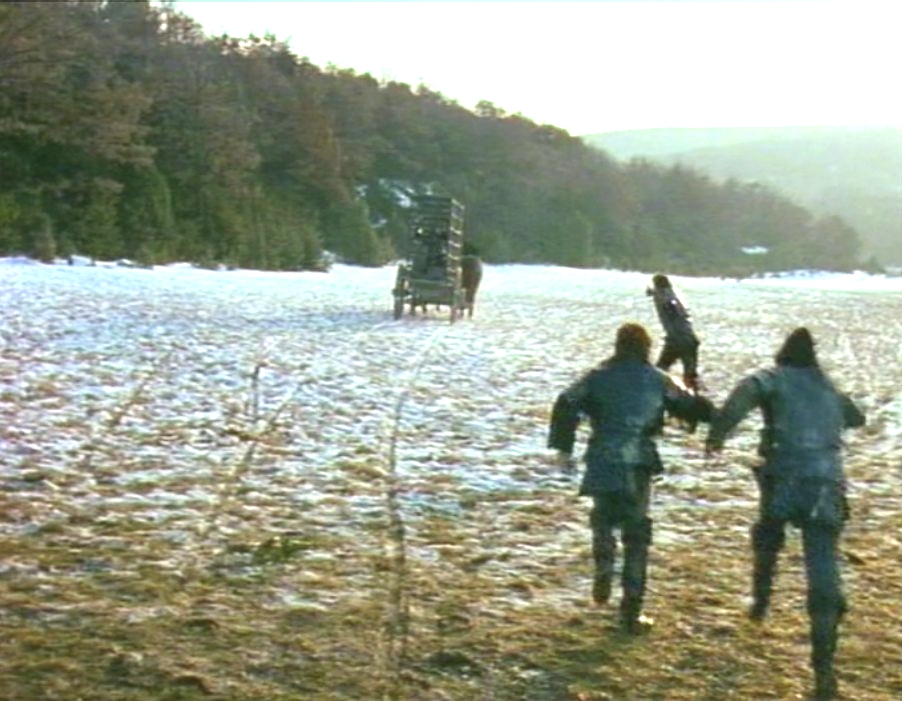
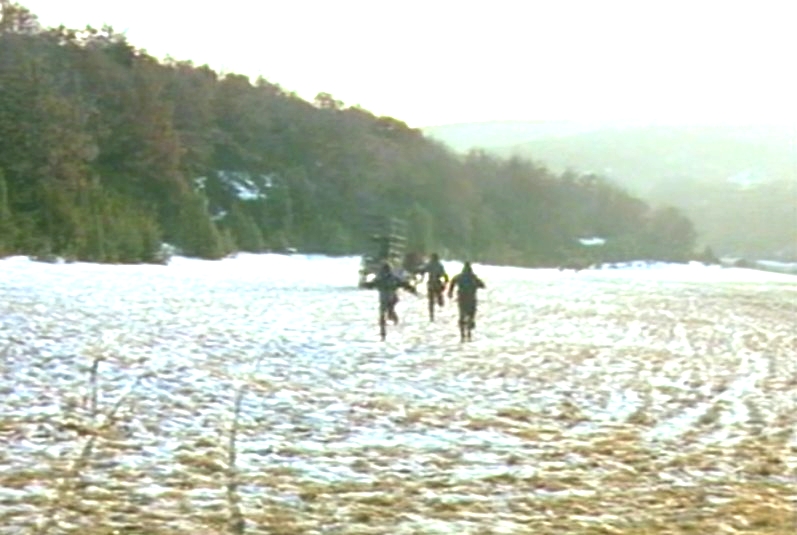
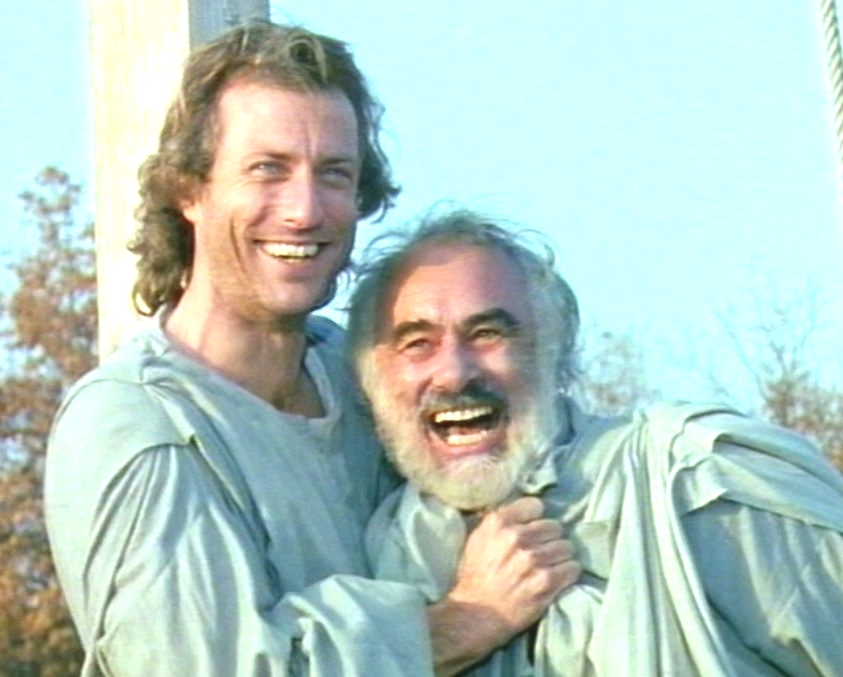
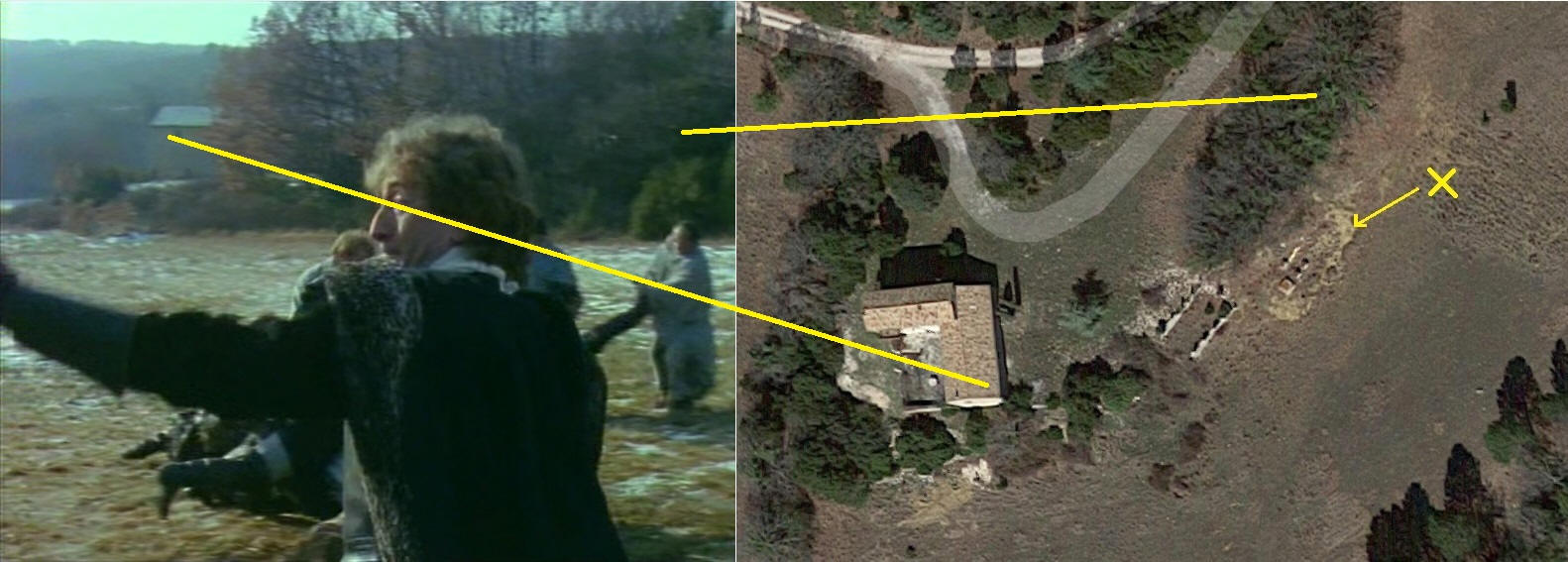
Found and drawn by C. Petit.
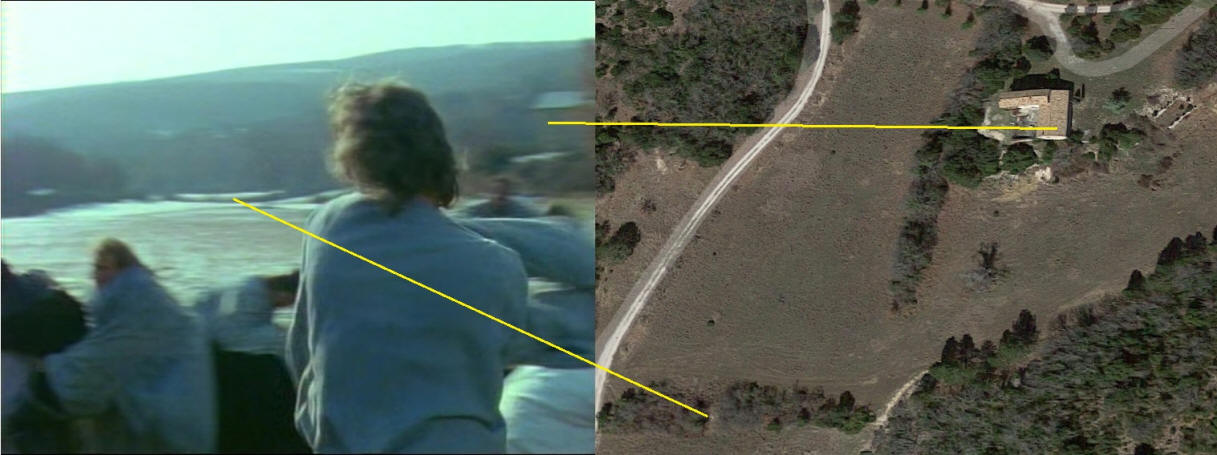
The field is probably in this circle, not a distance for walking (from Senanque, like they make you believe).
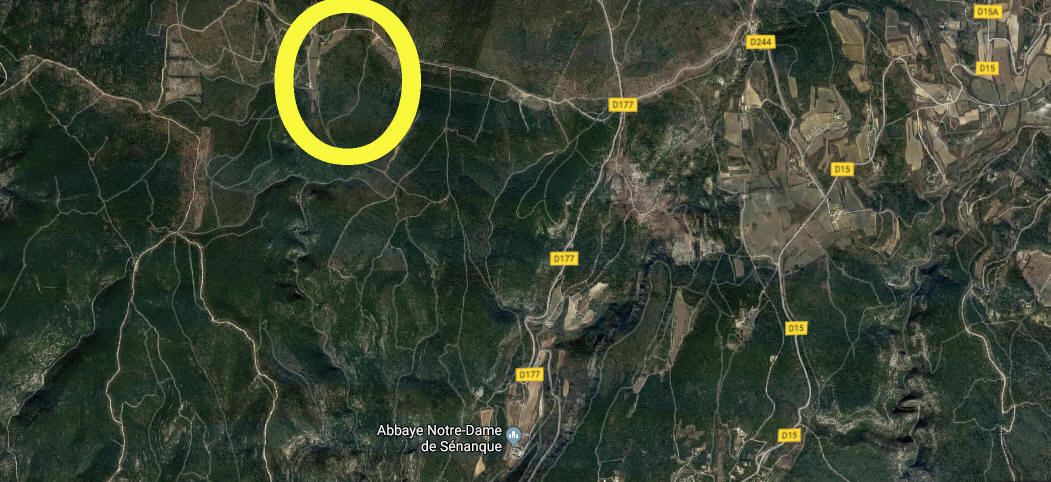
Episode 23 Handmaiden, next to Senanque
1986 2015 1986
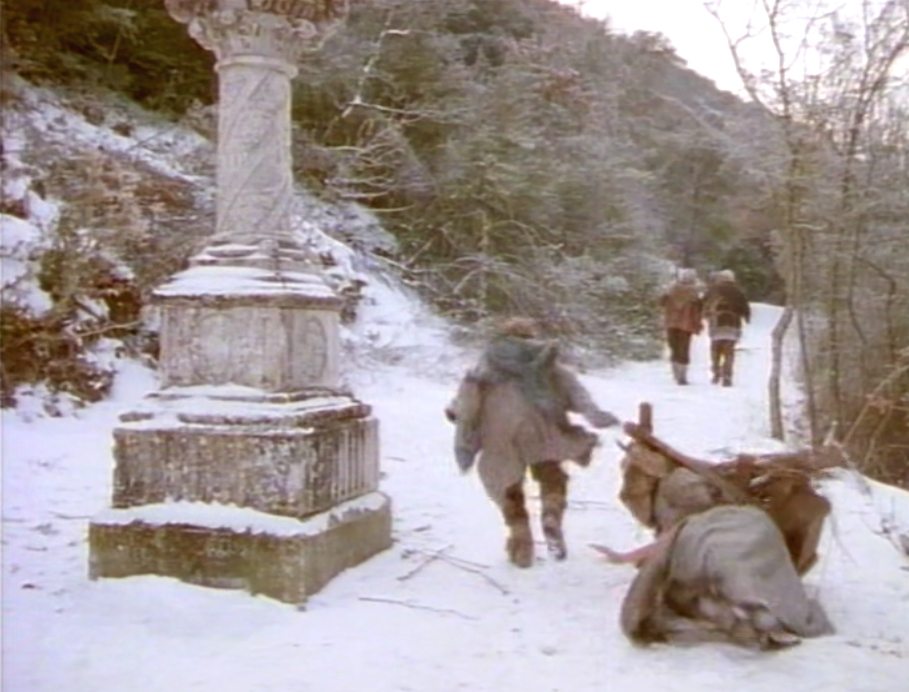
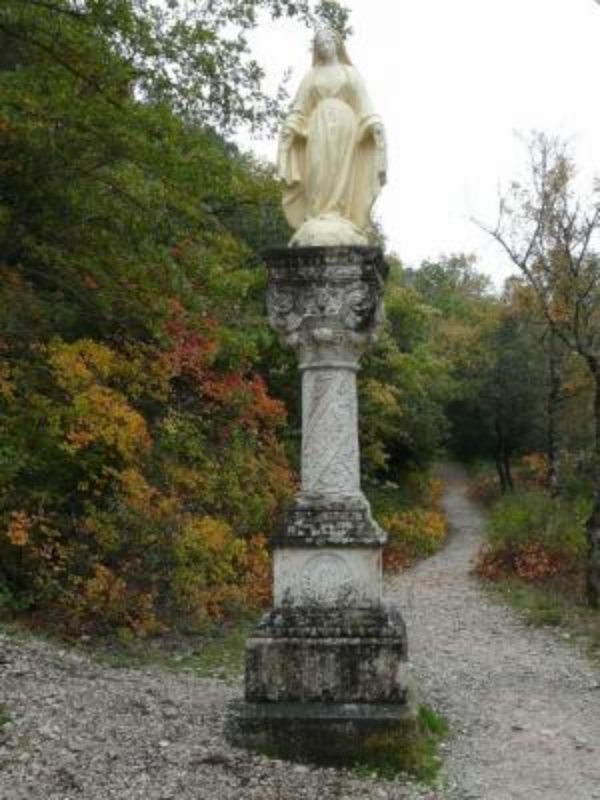
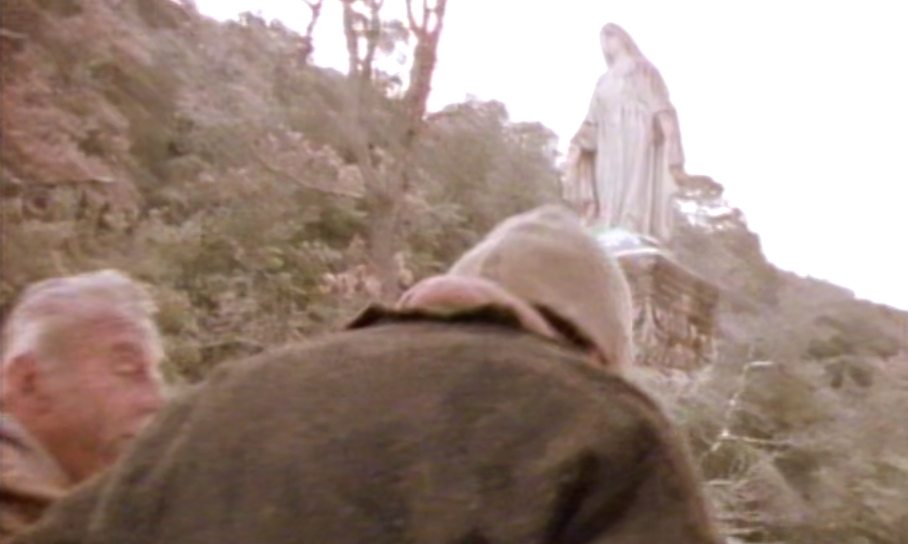
The Maria statue looks the same but seems to have nowadays a luminous coating or something. It almost glows!
The Maria statue at Senanque 2014
|
|
|
Episode 23 Handmaiden - West side of the Dome
The cell of the prinses
The cell of the Princess and also the place Horst gets Tell in 'Possessed.' It's situated in the north west side of the Dome of Senanque.
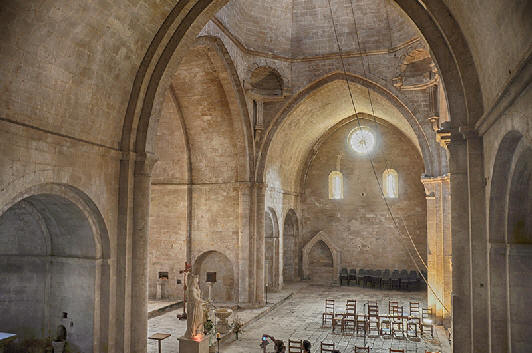
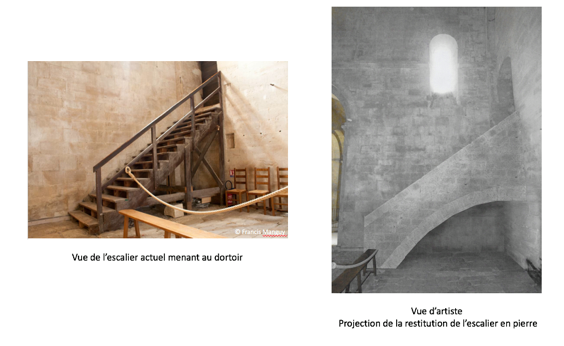
2021 They have started renovating this staircase from Wood to stone.
2015 1986 is in a corner of the church
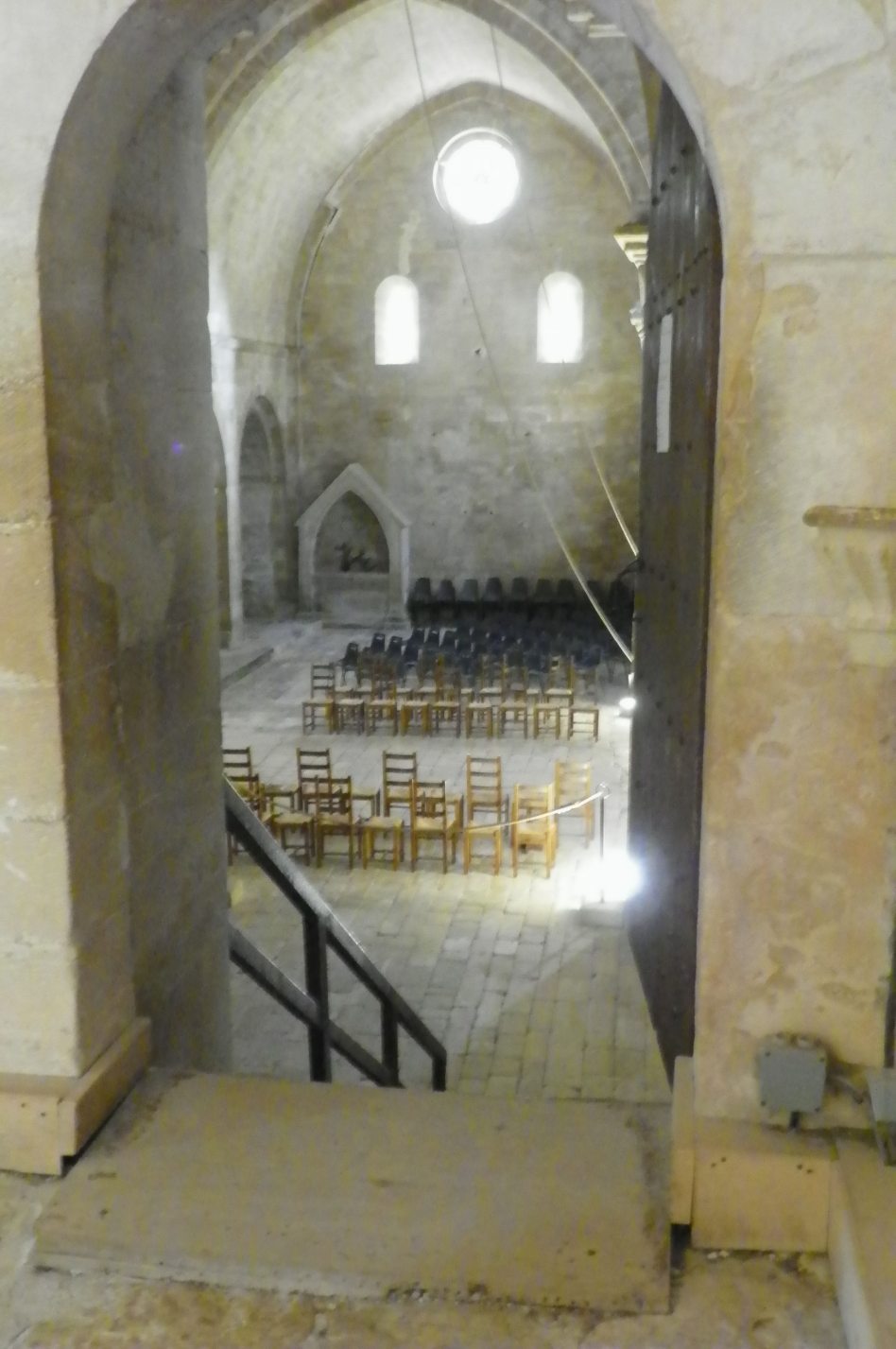
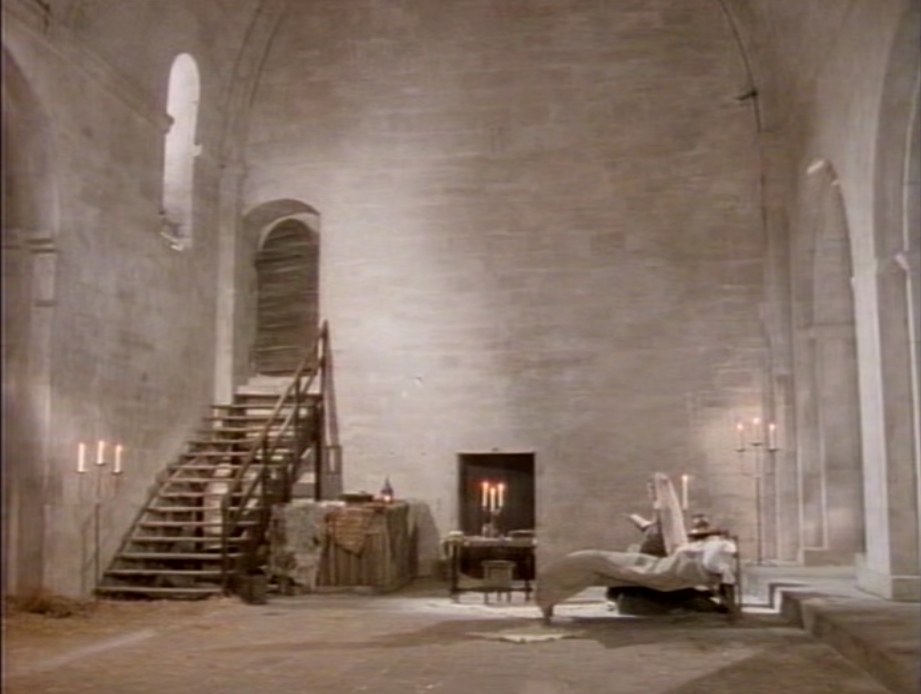
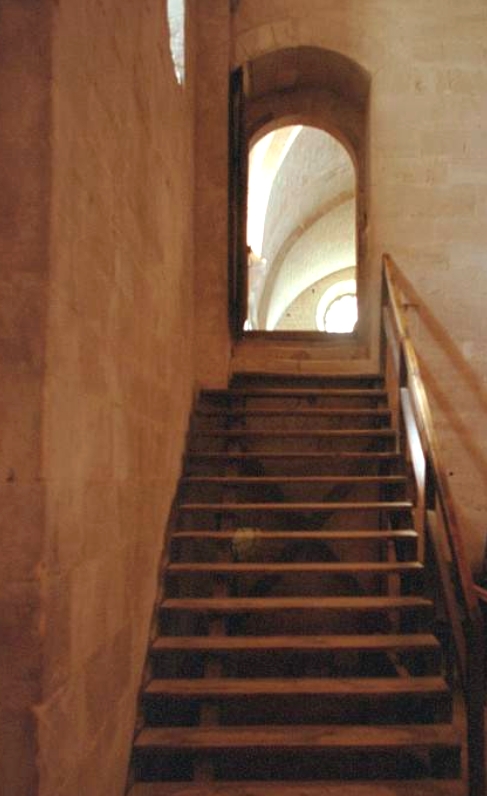
The Stairs of the dome of Senanque
A double location in different episodes: 1. The cell of the princess in Handmaiden and 2. Tell trapped in Possessed. To compare:
Possessed Cell Princess episode Handmaiden 2015
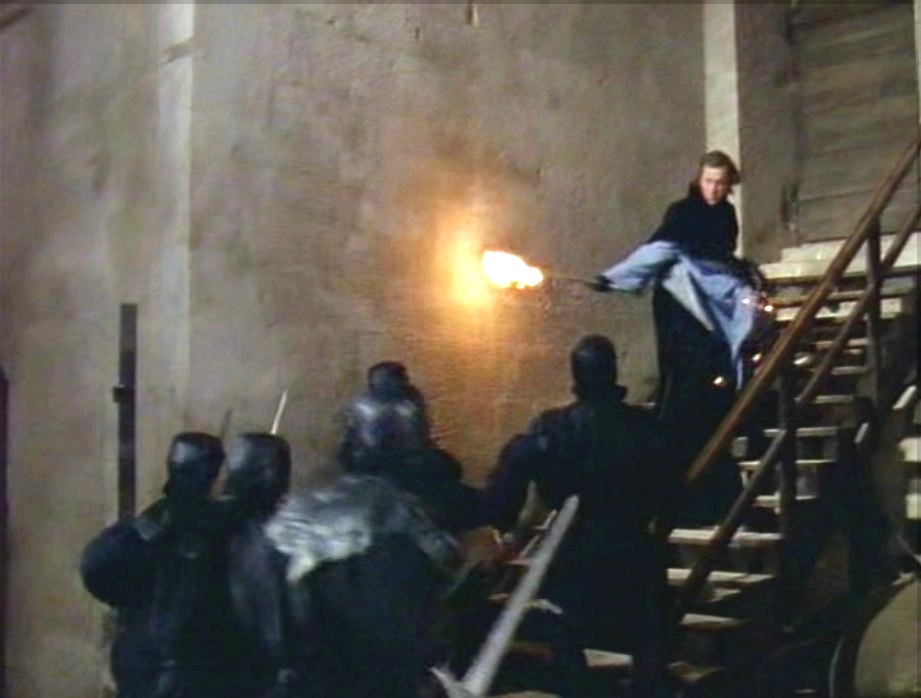
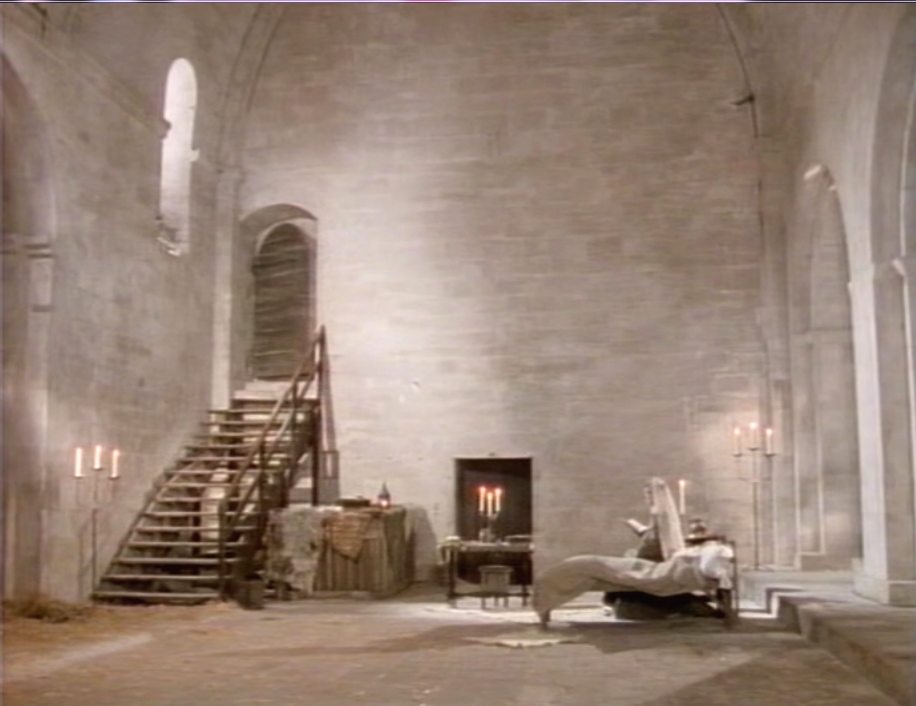
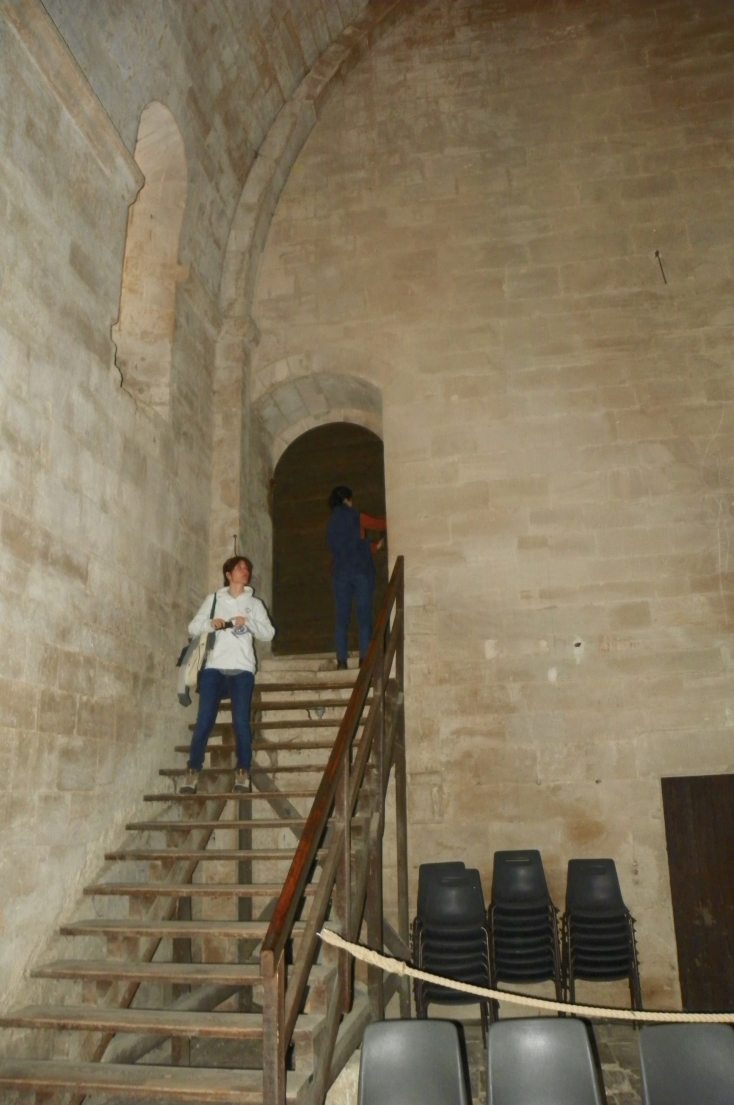
I was impressed by the huge door and big key and the locks. The little but severe woman guide was locking all the doors carefully behind her (right above). So the monks could use the spaces that we
just left. Although it was May the rooms were very cold. Relatively narrow window because this was good to have small windows to be less distracted and to focus better on God. The disadventage
of this was the sun couldn't warm up the place. After 30 years and a bunch of visitors, still the same stairs. Since 2021 they are working on a stone staircase that once stood there long ago.
The stairs
I've been there in May and in July; it was nice cool inside, a little cold. During Crossbow, it was midwinter, they wanted to finish before the winter, but the scenes that year took more time,
so they had to shoot when the snow fell in. In those years (during Crossbow) the place was deserted, the monks left, but soon after Crossbow they returned. Now they are still living there.
From what I know, they found remains of the beginning of the old staircase in the floor. Then they did archaeological soil research and restored the stairs to the state they thought it
had once been. So the stairs we know in Crossbow is gone (Princess cell and in Possessed, scene: Horst aimed his bow at Tell). Below the stairs again.
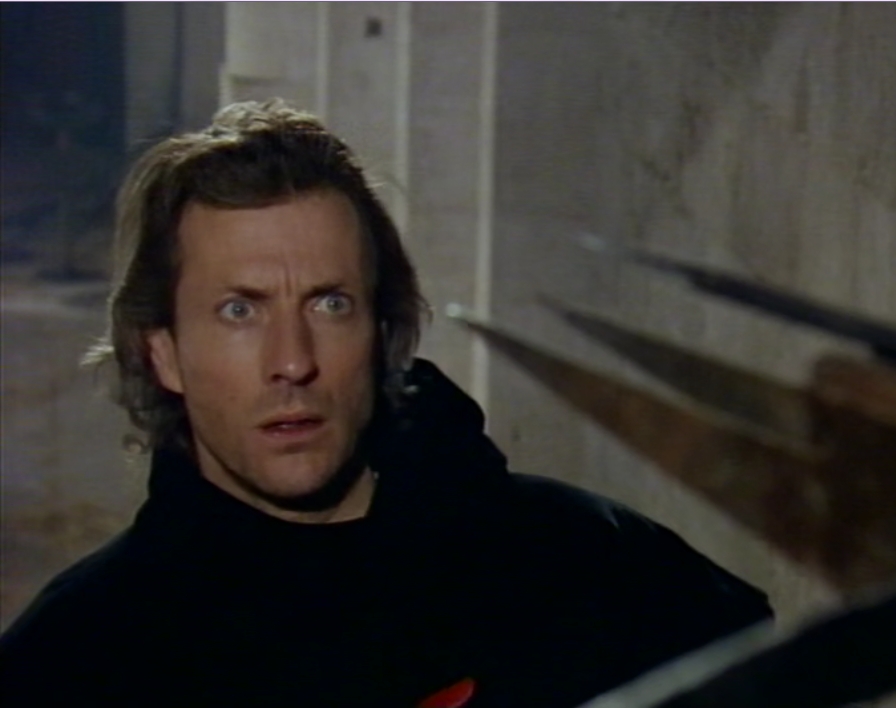
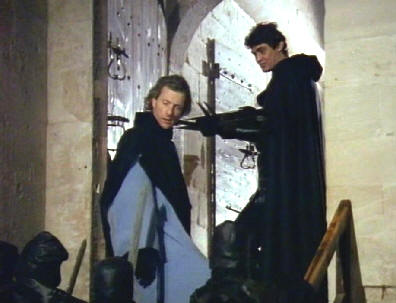

And the cell of the princess, North west wing of the Dome de Senanque
1986 2015 2021?
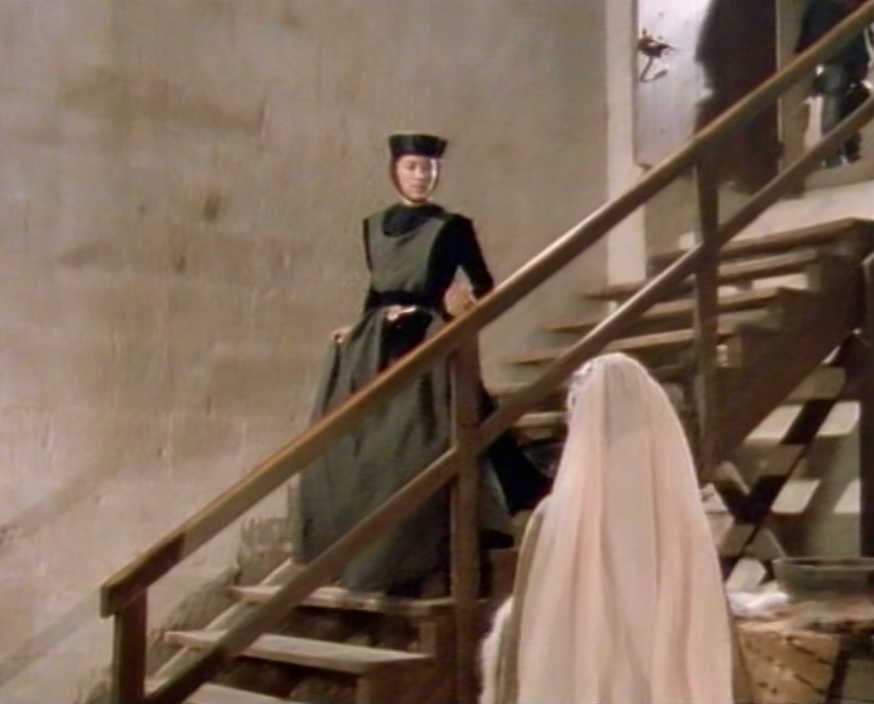
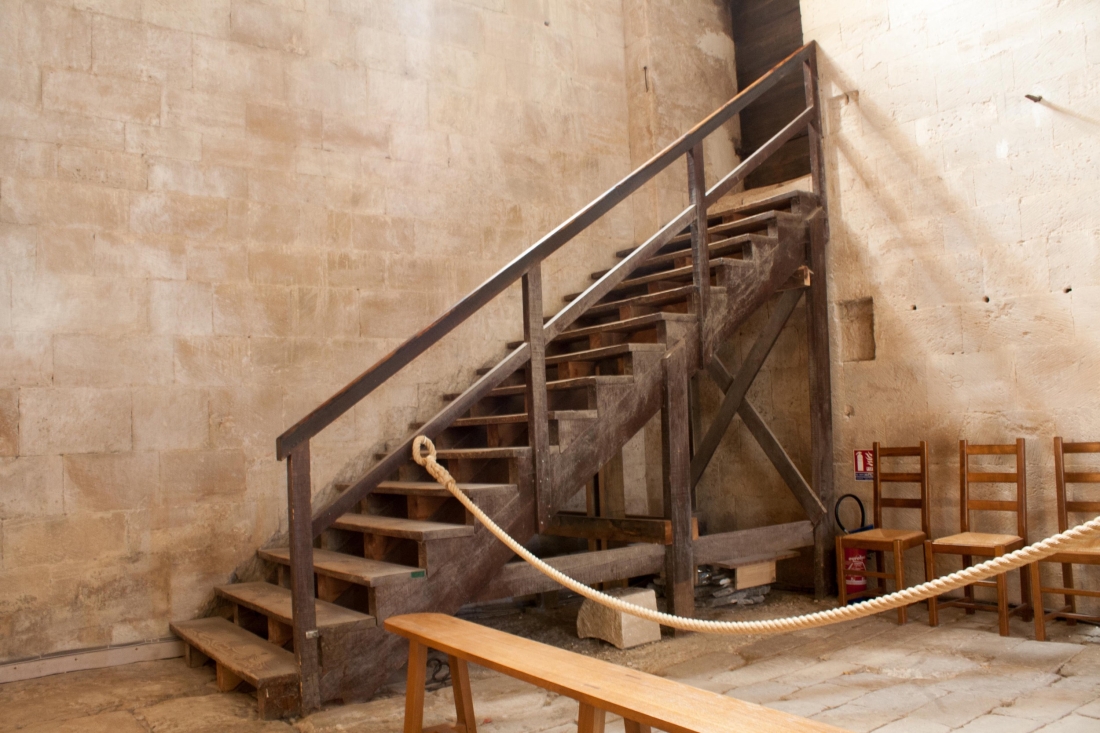

Through this door (photo in the middle), then down the stairs left. This part was the cell of princess Irena and the place where Tell (episode 'Possesed') wanted to escape but is stopped by Horst.
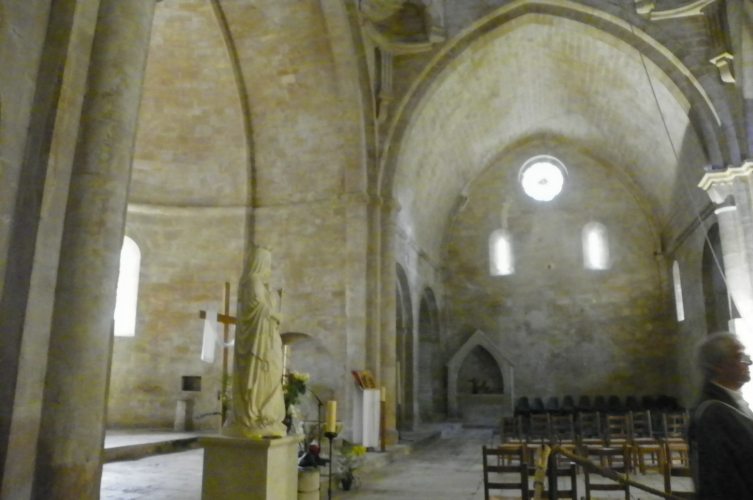
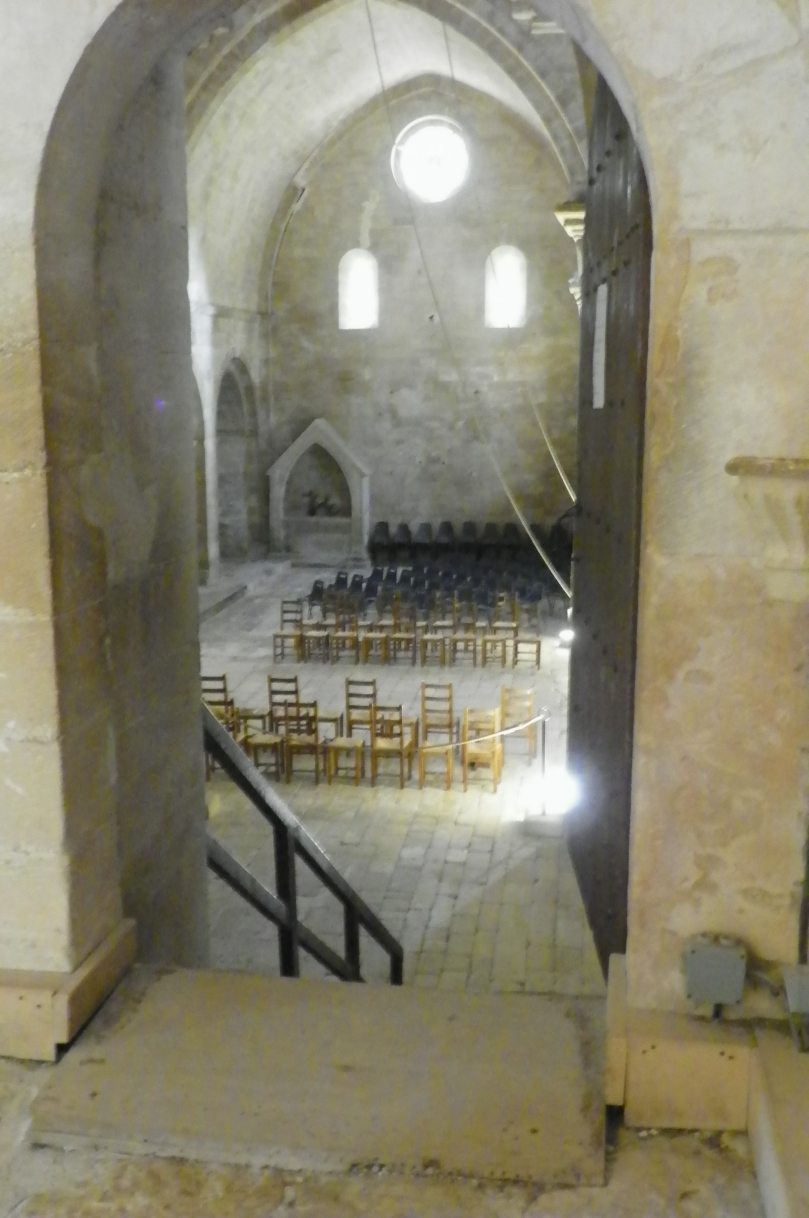
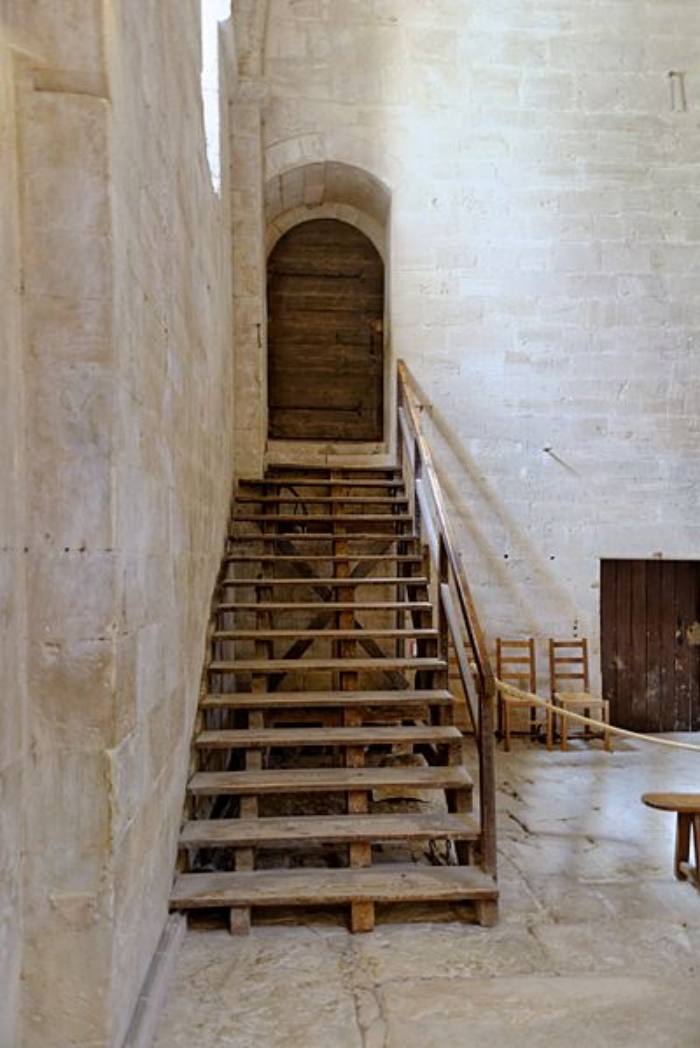
Lunch scene
The porch behind Horst we thought was a huge open gate...
It was not. They probably lit it with a huge spot. It's taken with the dome in the back and unfortunatly there are hardly photos online taken from this possition. Right a rare photo!
1986 Great spot! It took us some time to discover where it was. 2016
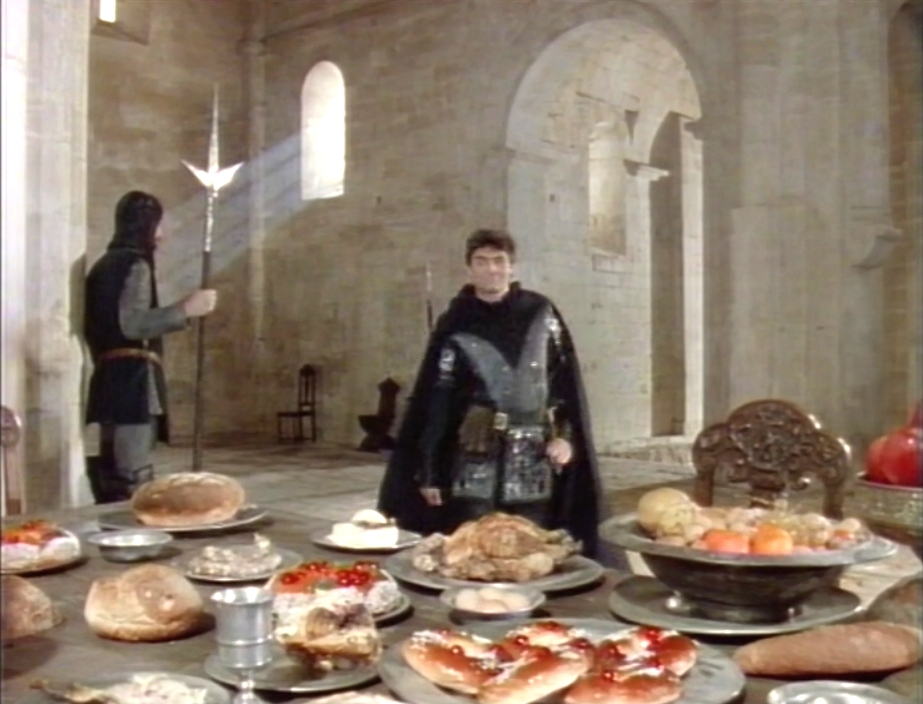
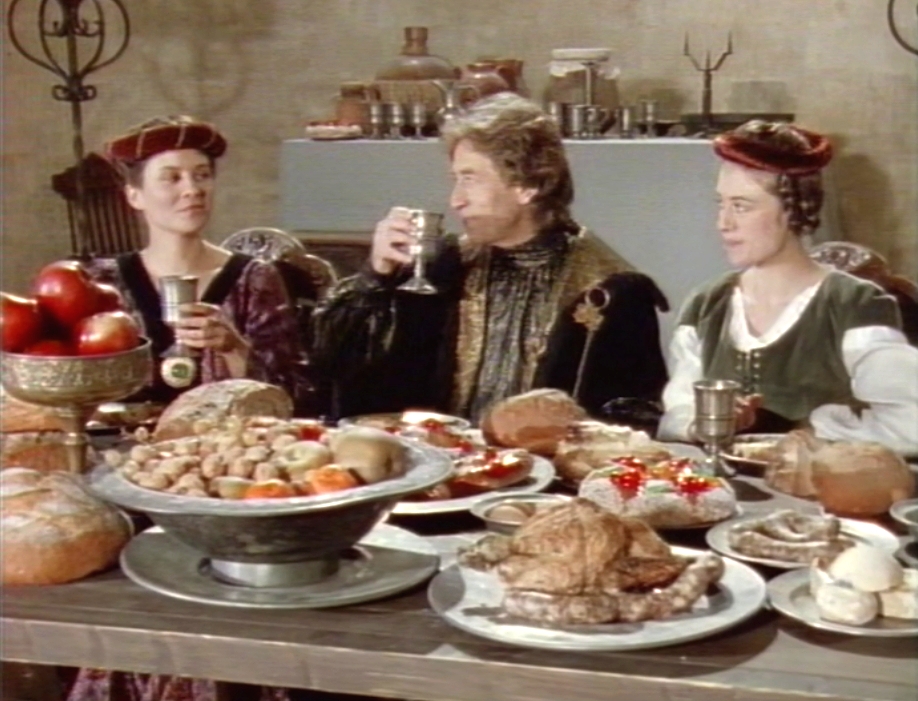
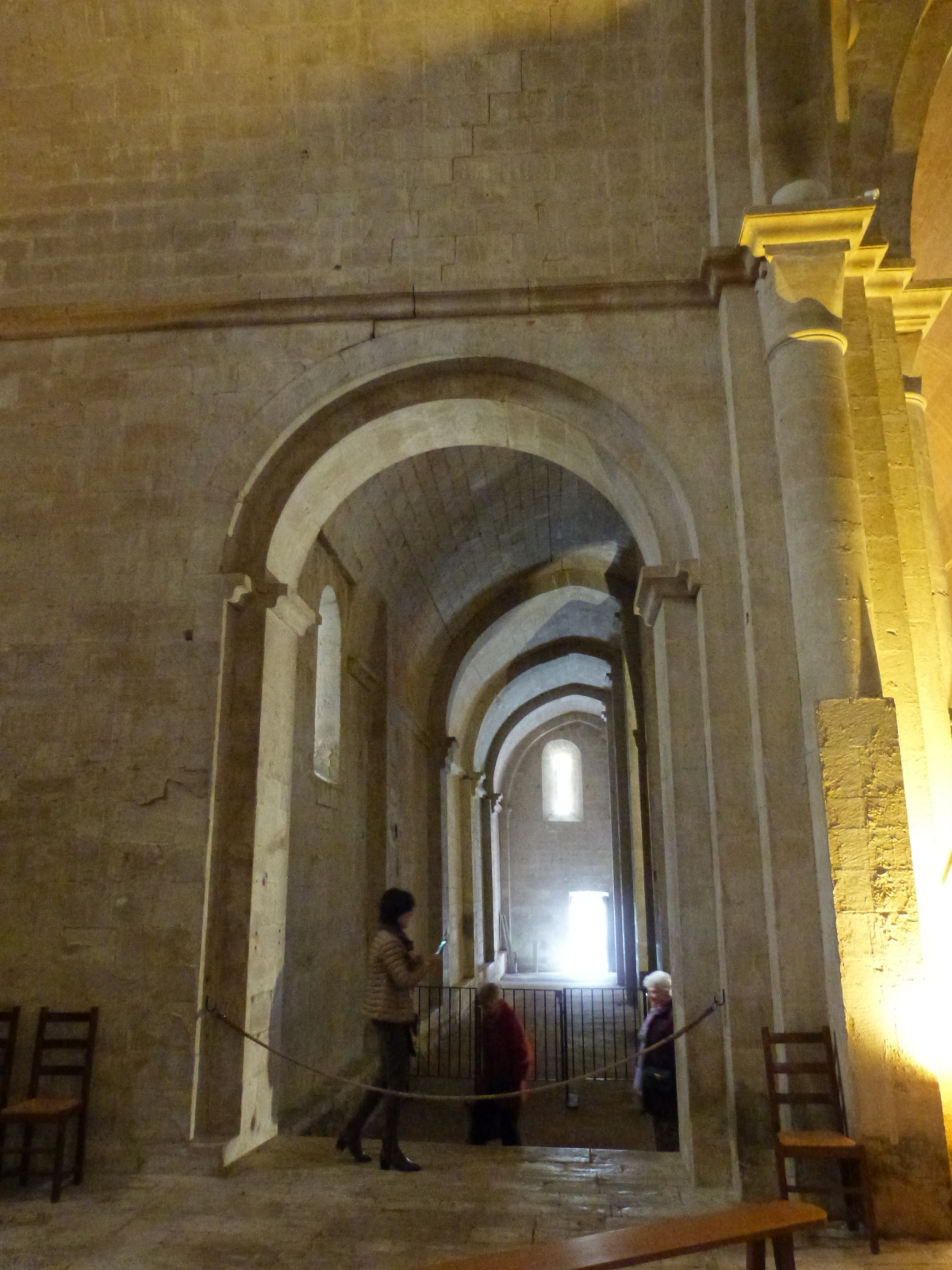
The Dome and Apsis of Senanque
Scene: Gessler's lunchtime and Horst is not invited. Location: It took some time, we couldn't recognize this angle.
Scene: Gessler and the 2 women having lunch in the Dome. Next to the 3 windows. You can see a part of the altar hidden behind Gessler.
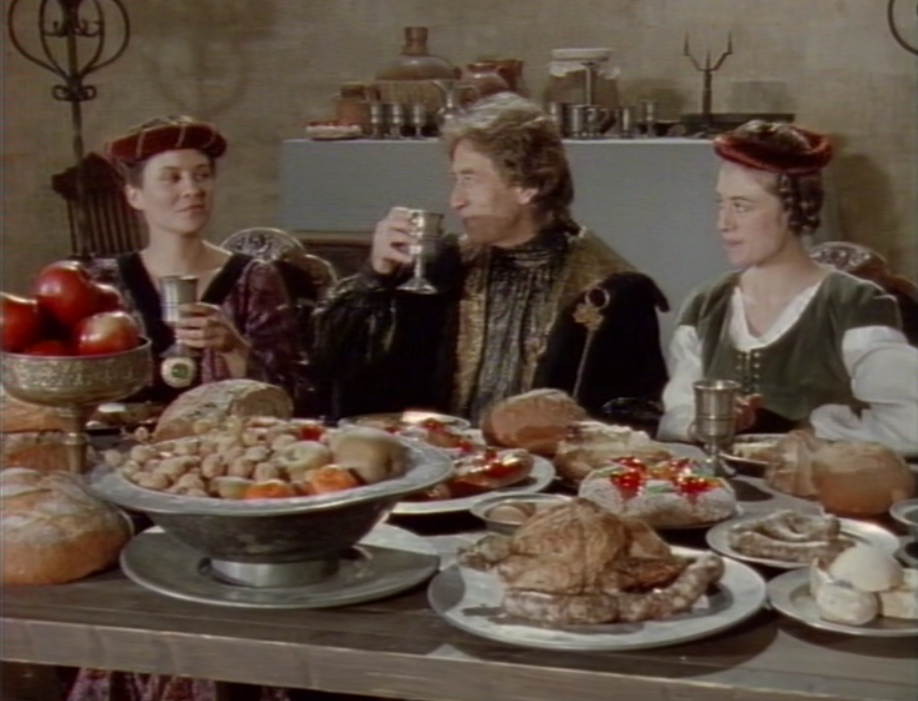
Compare this place
If you take a good look you see the three windows close to the altar in the dark And this scene of Handmaiden. The emperor seems poisoned by Gesseler

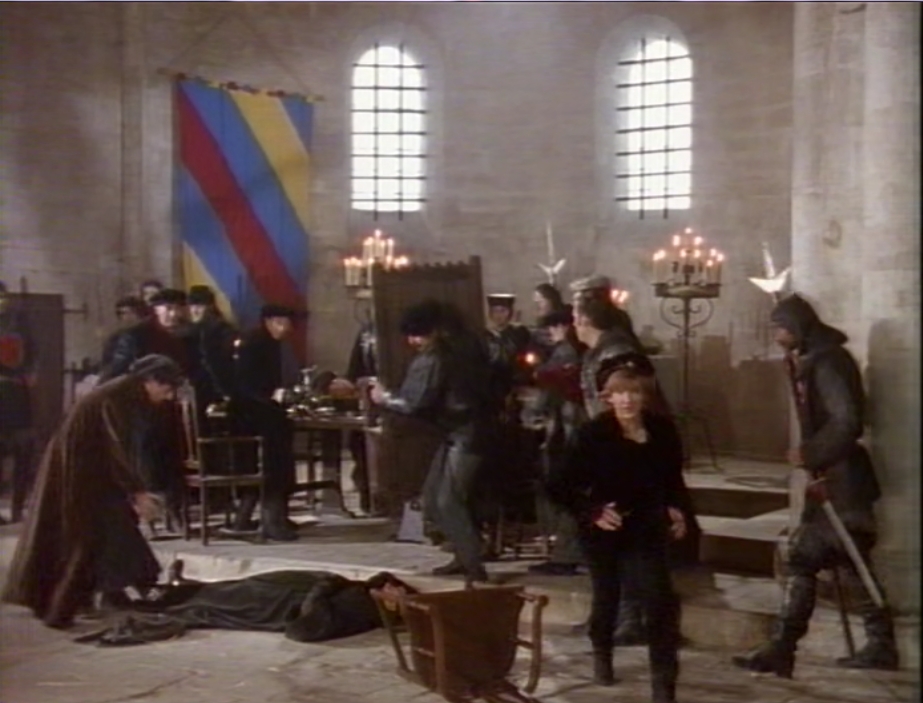
This episode is a mix of locations in department Vaucluse (like the cell of the princess, seat of the Emperor in Senanque and Chartreuse Avignon).
For episode the 'Handmaiden,' most scenes are shot around Boulbon, with exception of the interior scenes (Emperor and Gessler in Senanque and Avignon).
It's remarkable that this episodes do have almost 10 episodes in between (episode 15 and 23!). So they probably have shot in a different order than the episode numbers telling us.

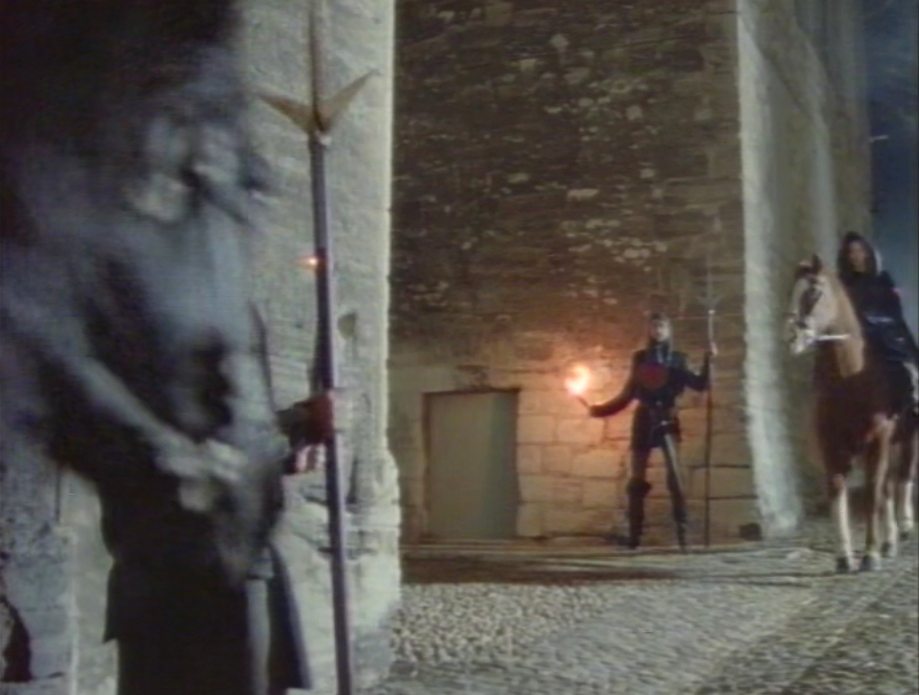
Above: a combination of Senanque and Sainte Andre Avignon.
Below Villeneuve les Avignon (Four Horsemen, Citadel, Princess and Handmaiden and rebirth interiors are changed in Senanque)
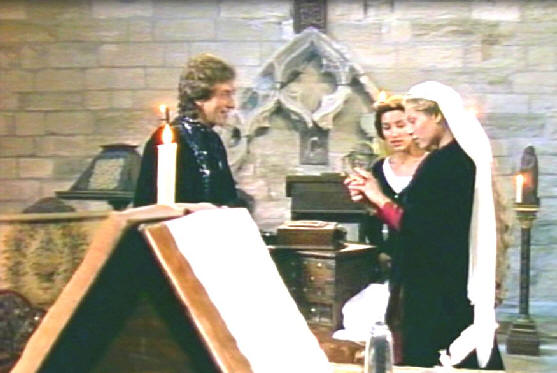
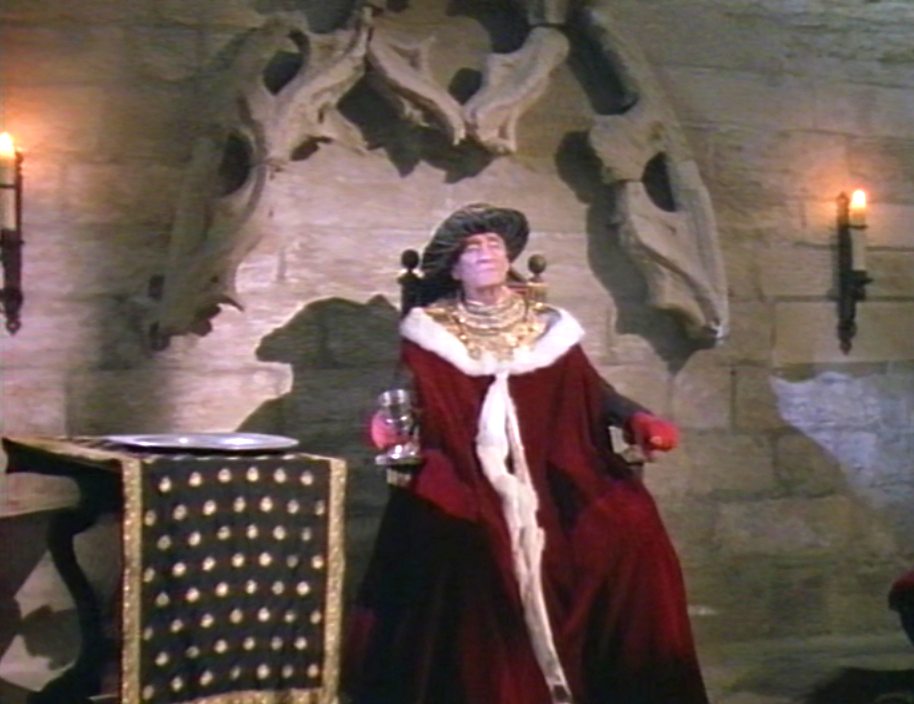
'The tower scenes' combined with Villeneuve Les Avignon and Fort Saint Andre and later Senanque. See below.
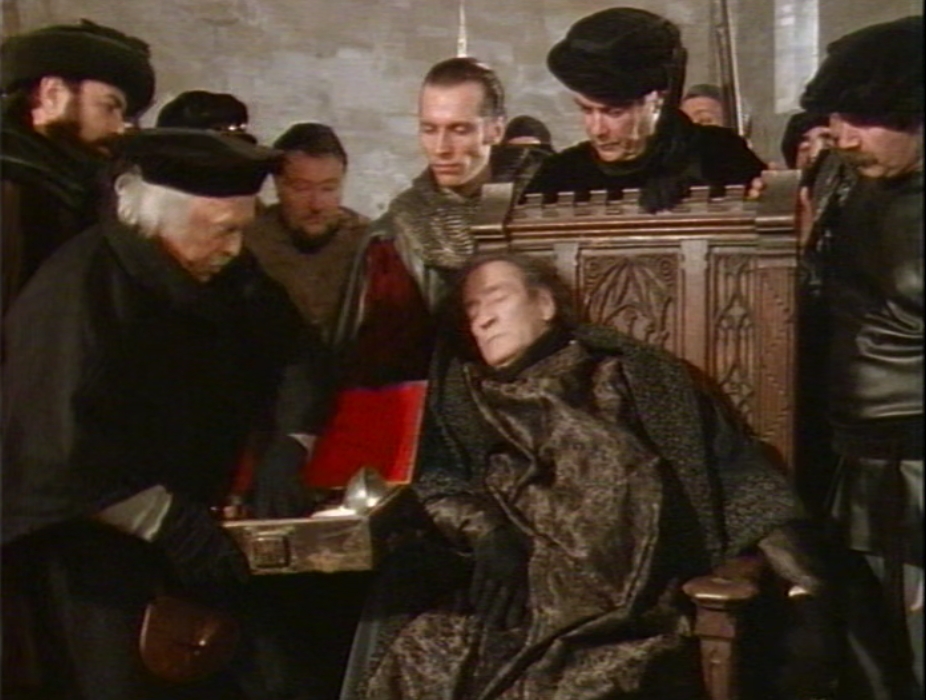


Quote Will Lyman (from the interview): "For three seasons, we shot from June until Christmas. We didn’t shoot in winter except for season one when we had to go back in January
to finish 3 episodes around Senanque (Possessed, Rebirth and Handmaiden, I think.) The area got a huge snowfall that month, and all of Europe got a severe cold snap".
What a beautiful view in the snow!
To Compare the 4 photos below
Below compare the field. This is the end of Handmaiden, filmed at chateau Boulbon and suddenly change to Senanque fields. Same time recorded as Episode Possessed in the snow.
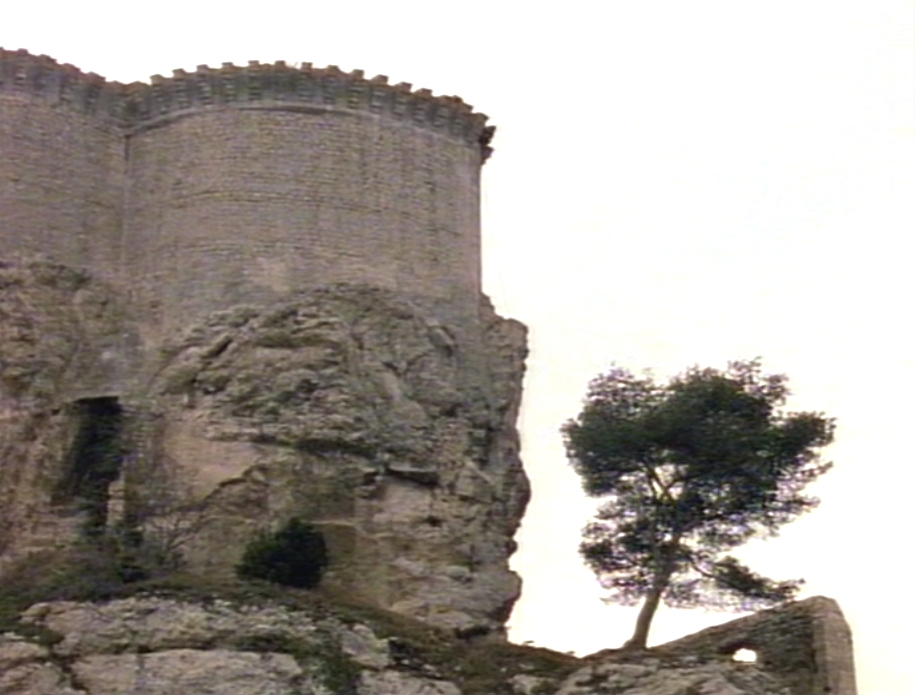


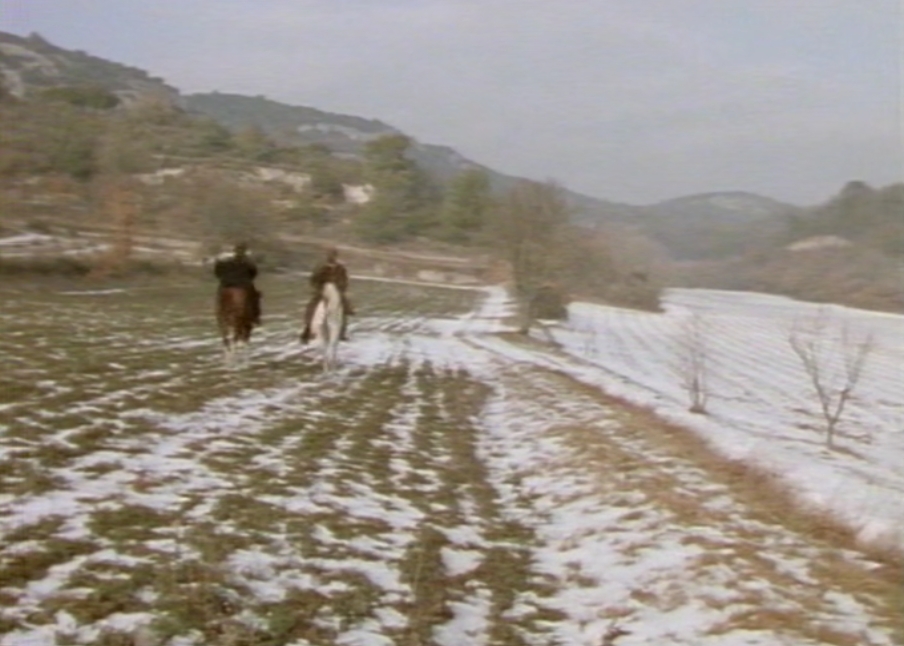
January 1986 december 2017
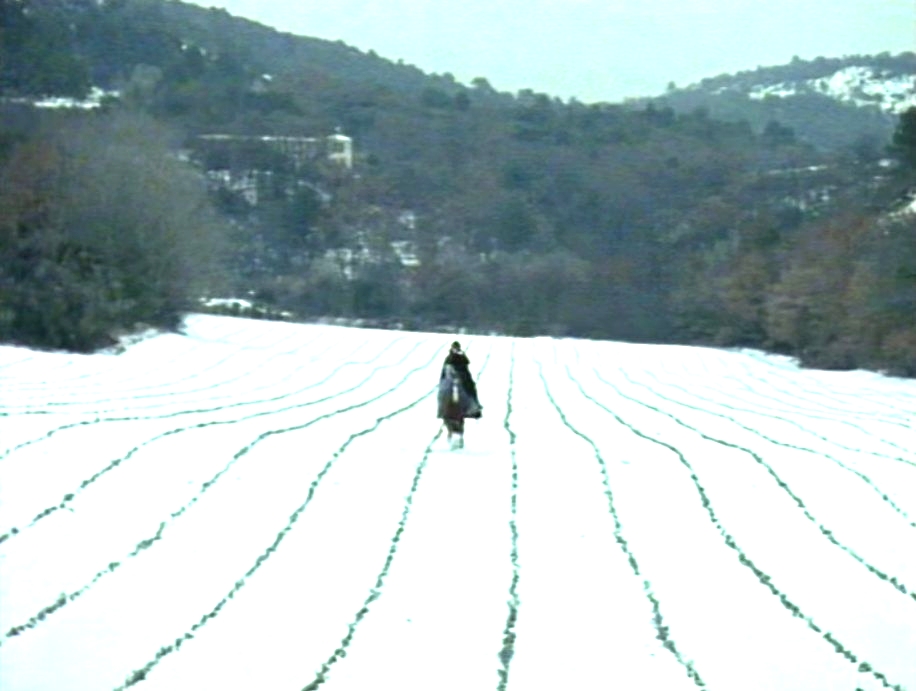
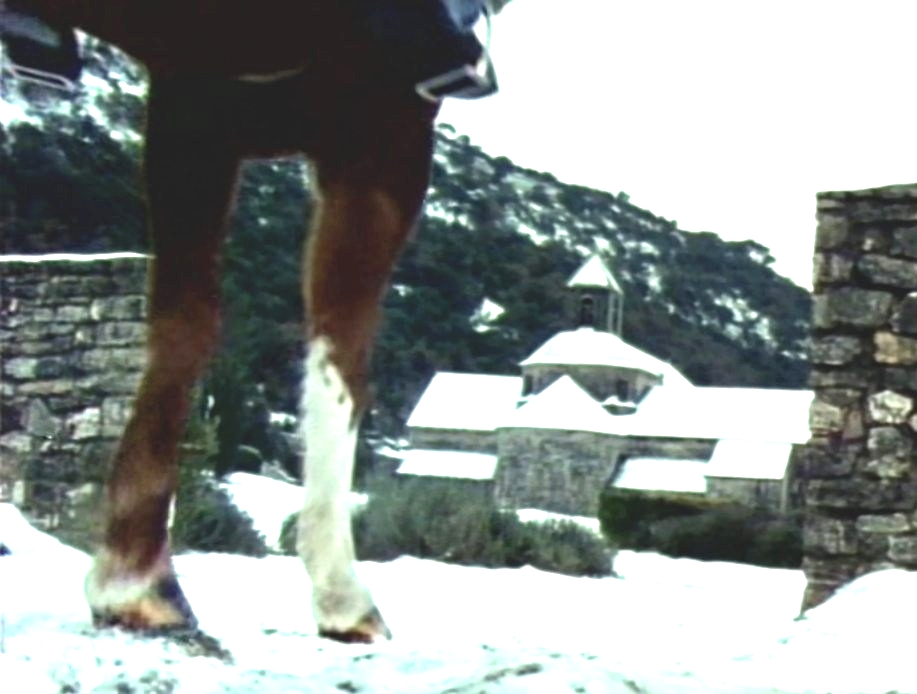

The arrival of the 'master of mercy' at the North of Senanque
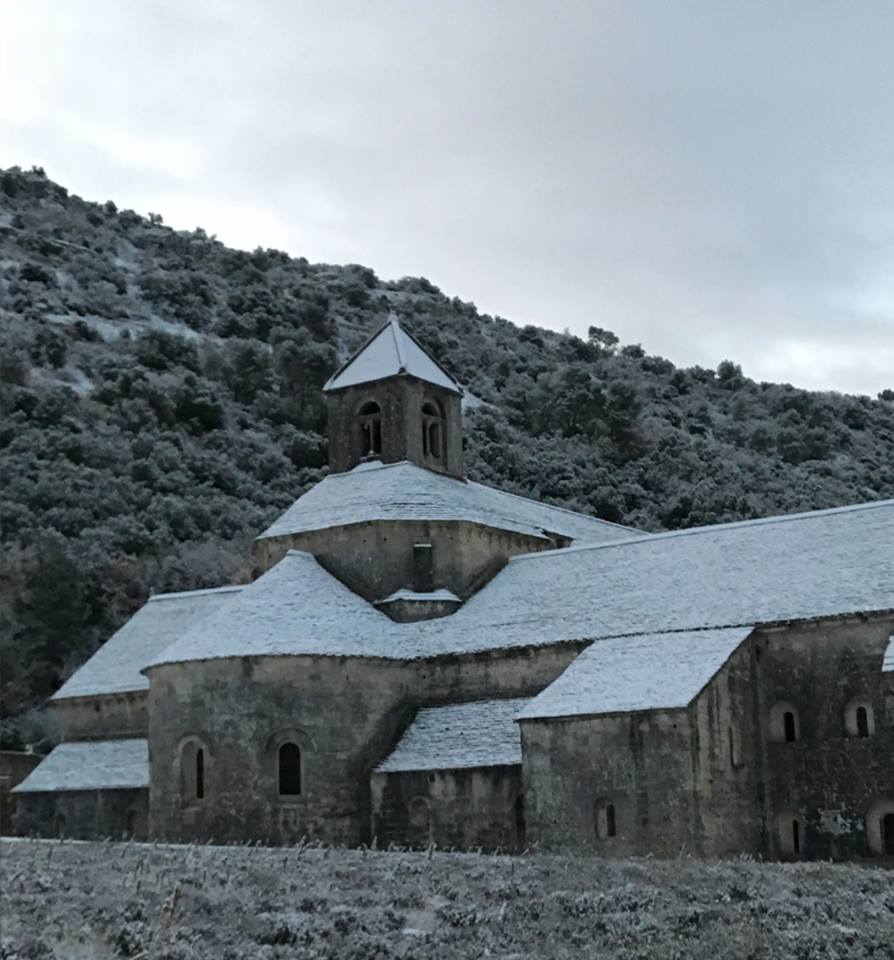
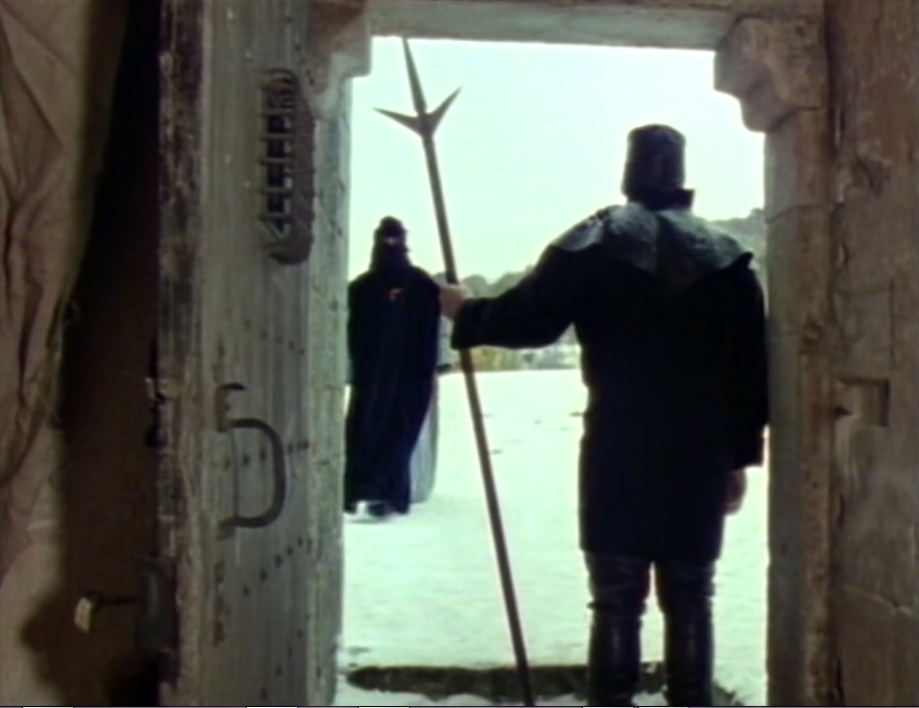
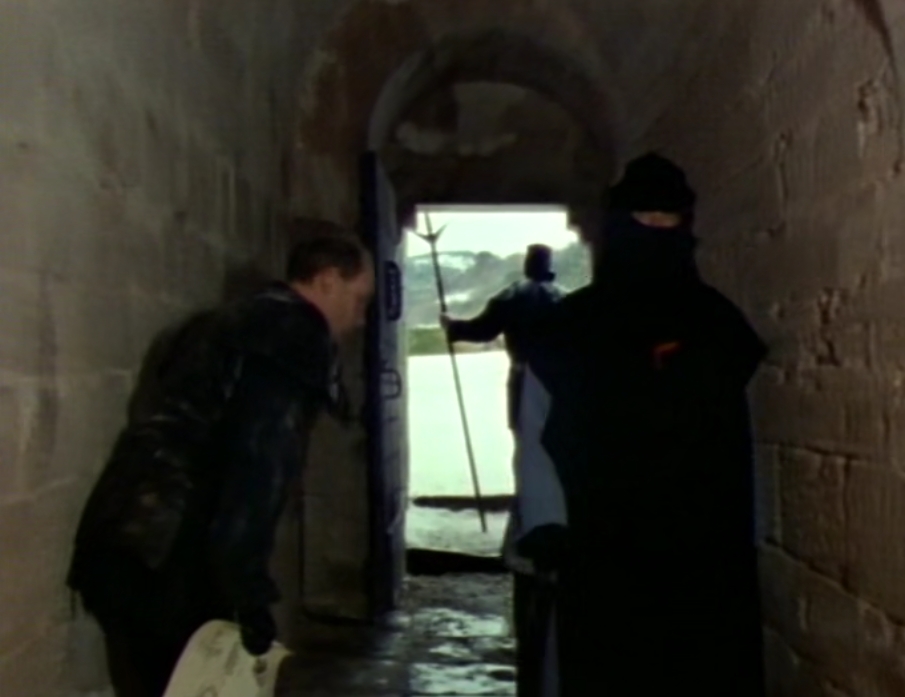
1986 The door you see a few times. 'The master of mercy' enters this door, Horst had a scene in front of it. Middle: 2017
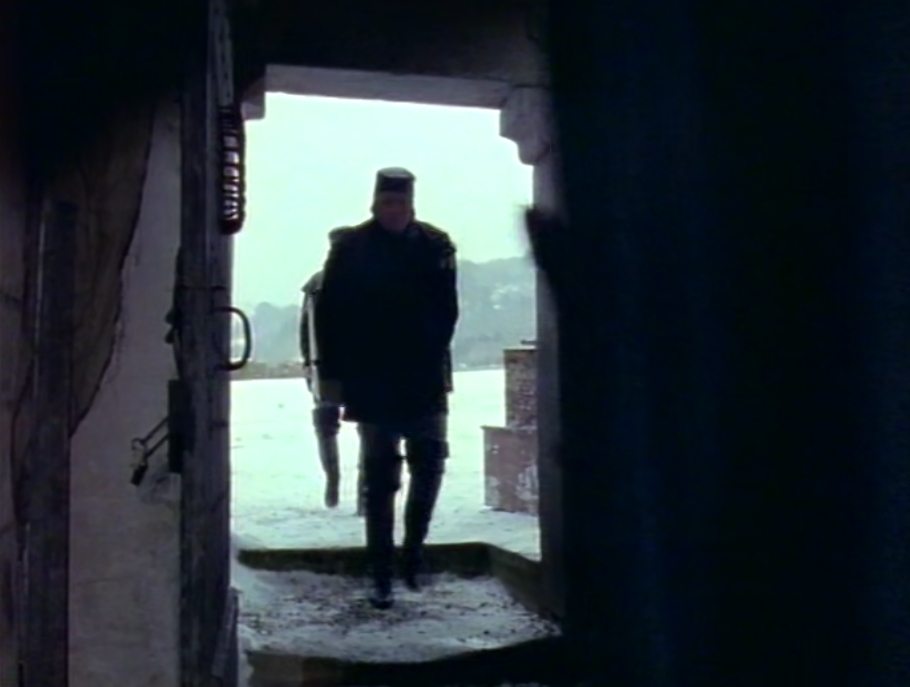

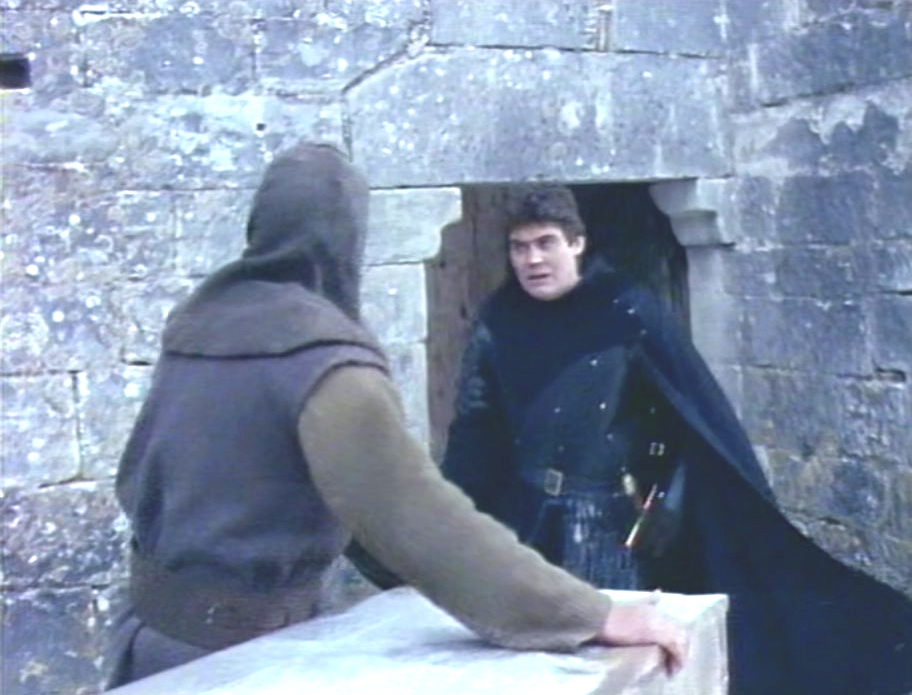
Below: West side of the notre dame de Senanque. Horst tells he needs new coffins. With one Eleanor went in to get her dad out.
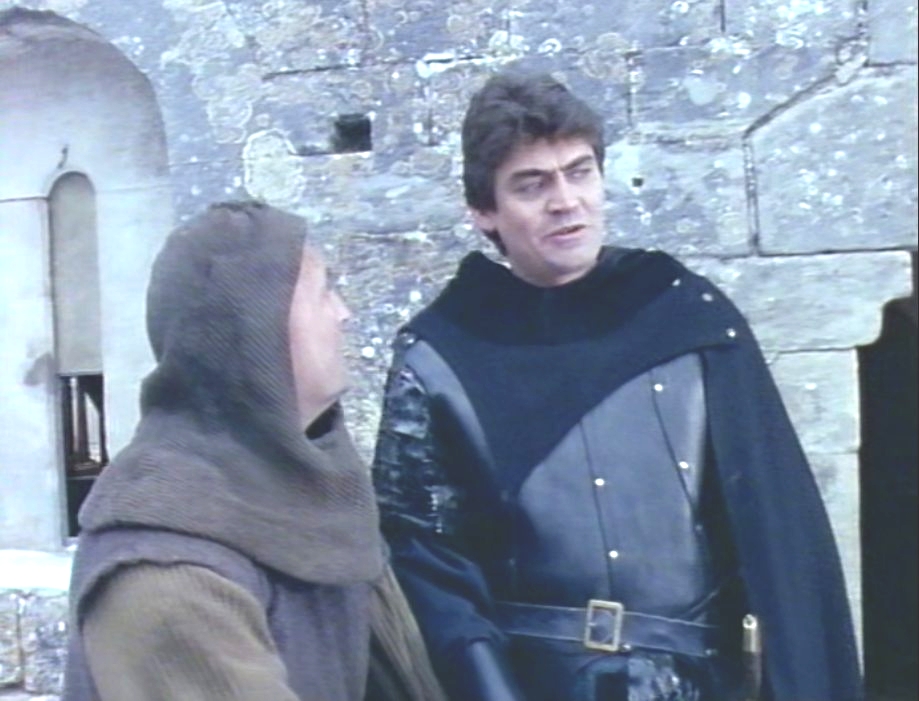
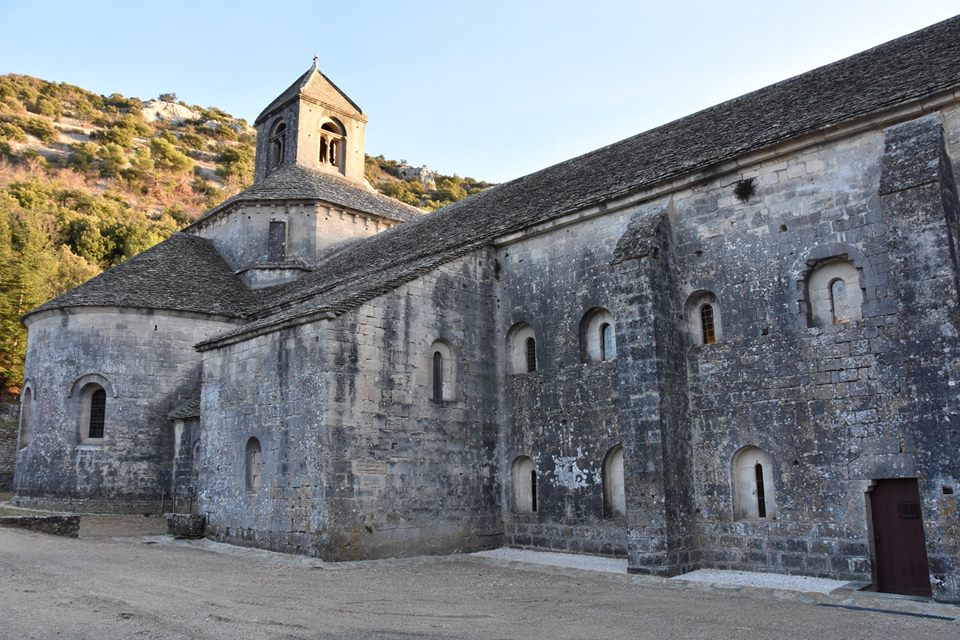
1986 2016 Gessler asks permission from Prince Ignatius to marry the Princess
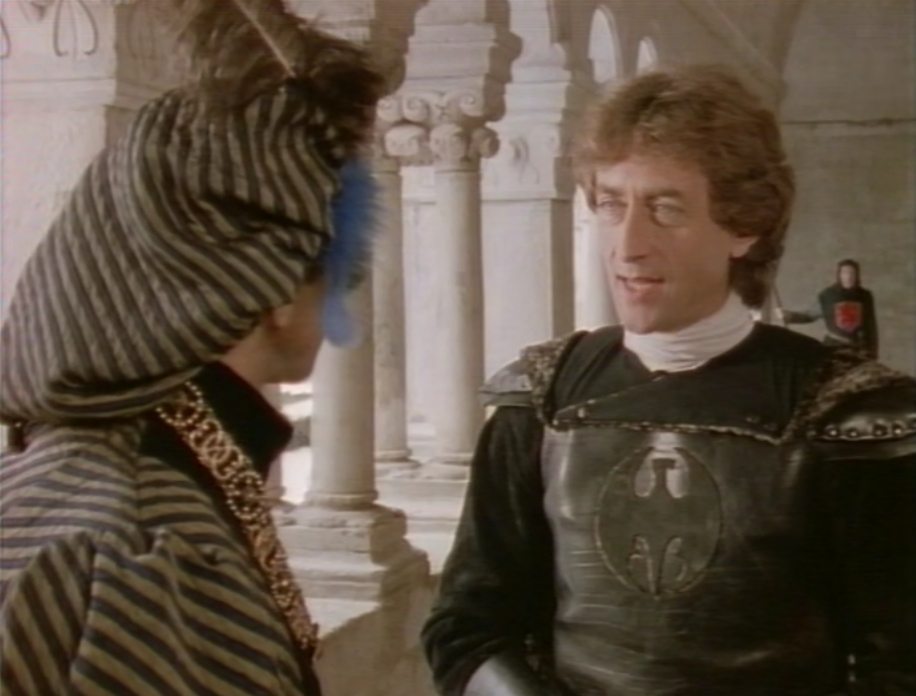
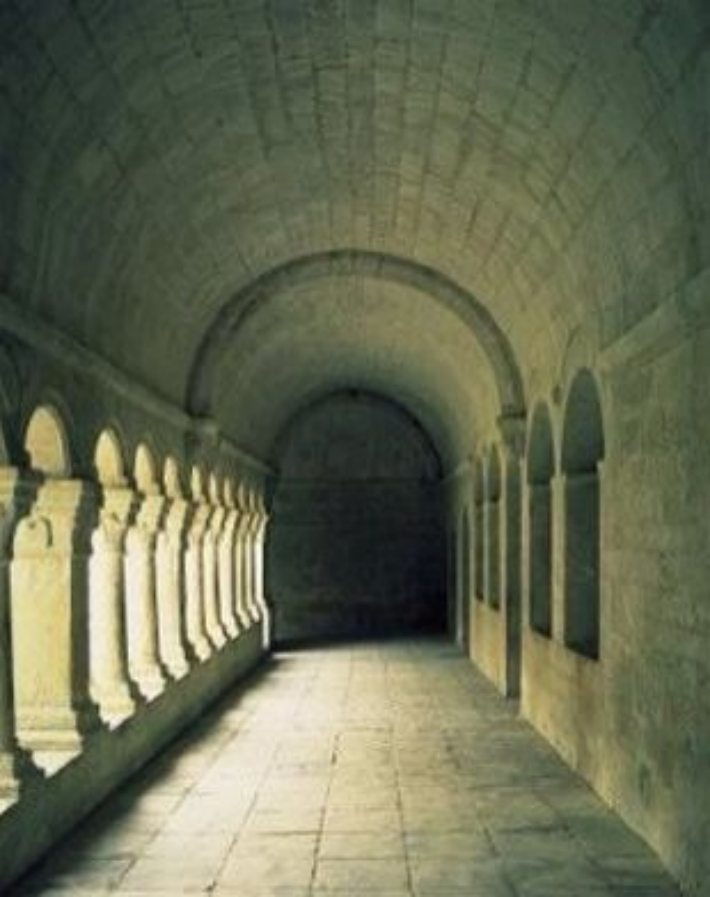
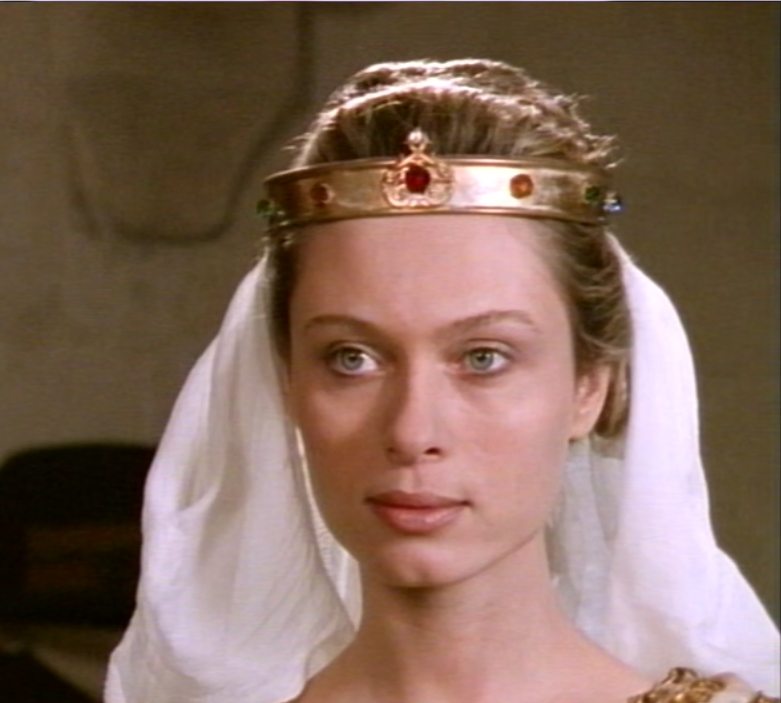
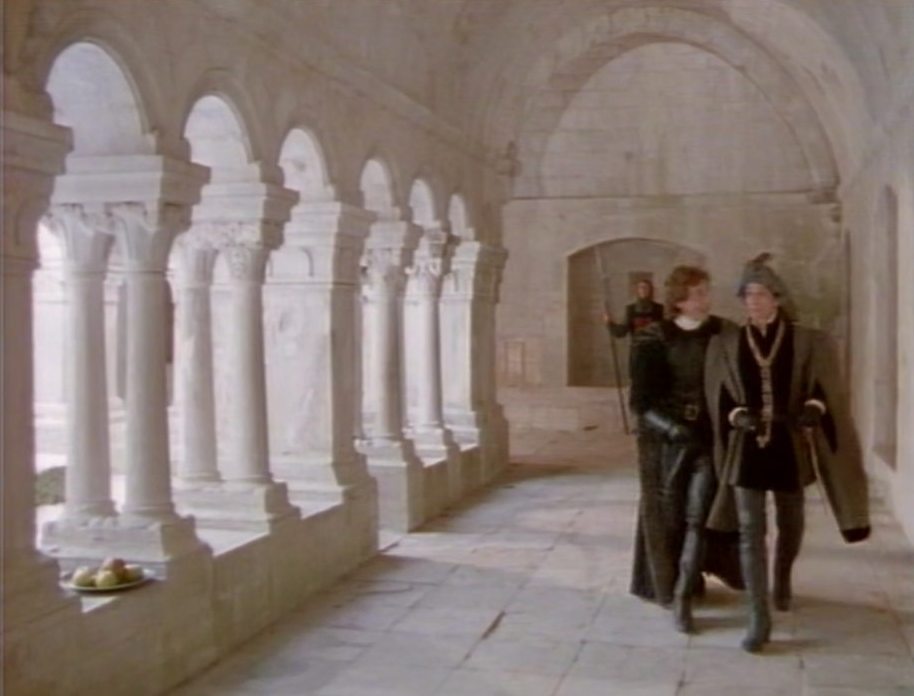
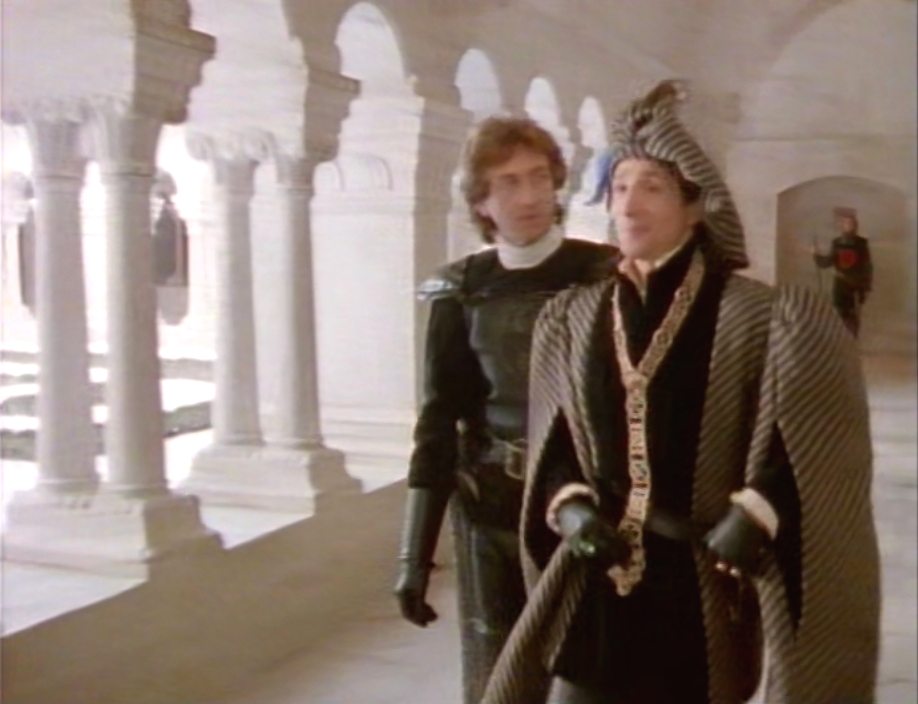
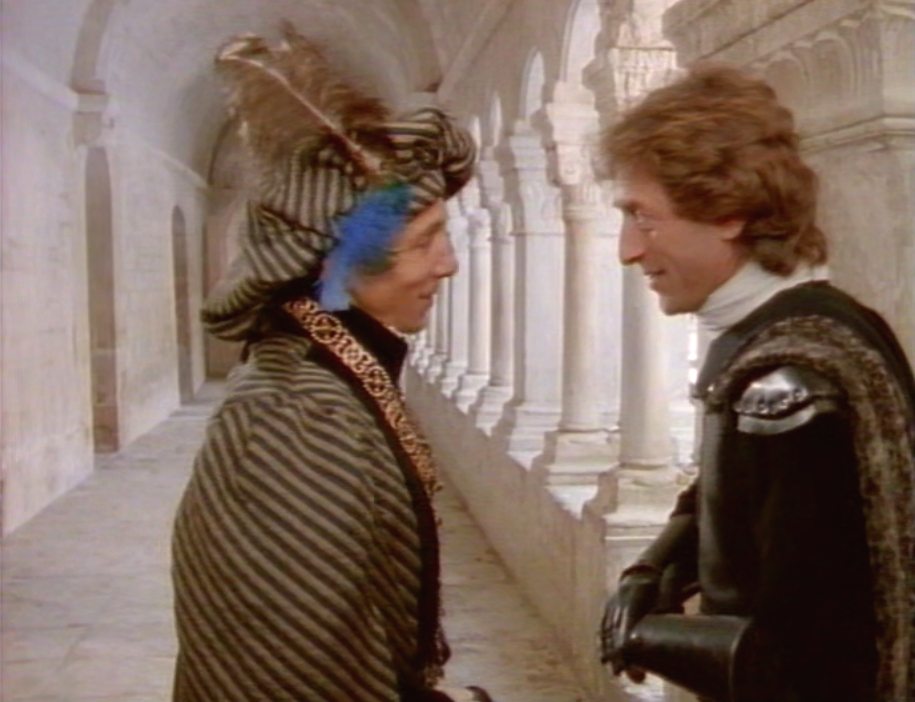
Same place
Here below four photos of the courtyard in the earlier episodes. This below is St. Jean cloistre Villeneuve les Avignon!
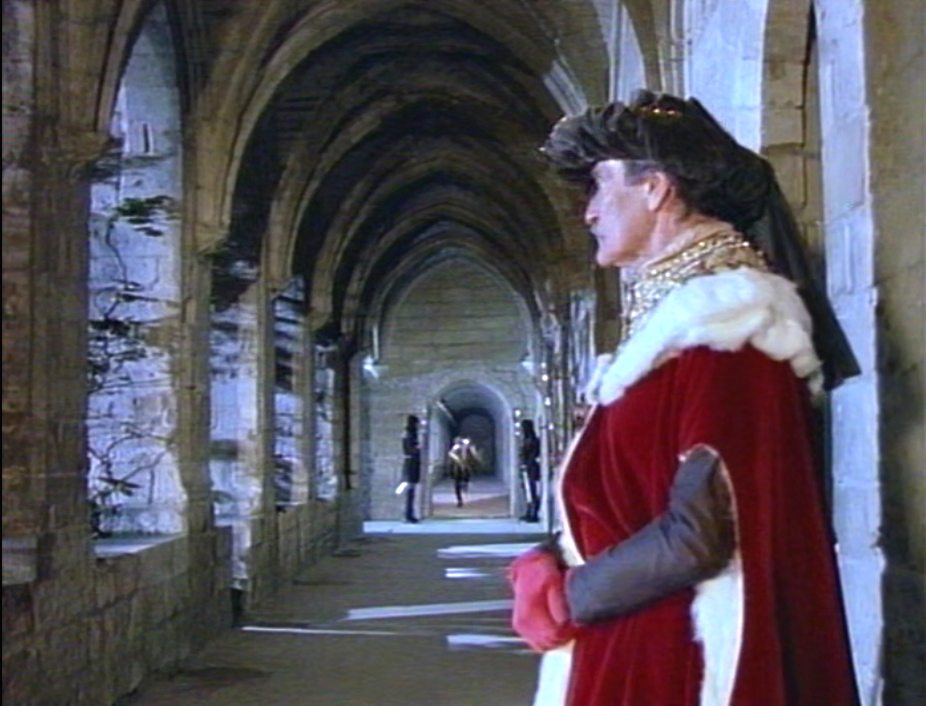
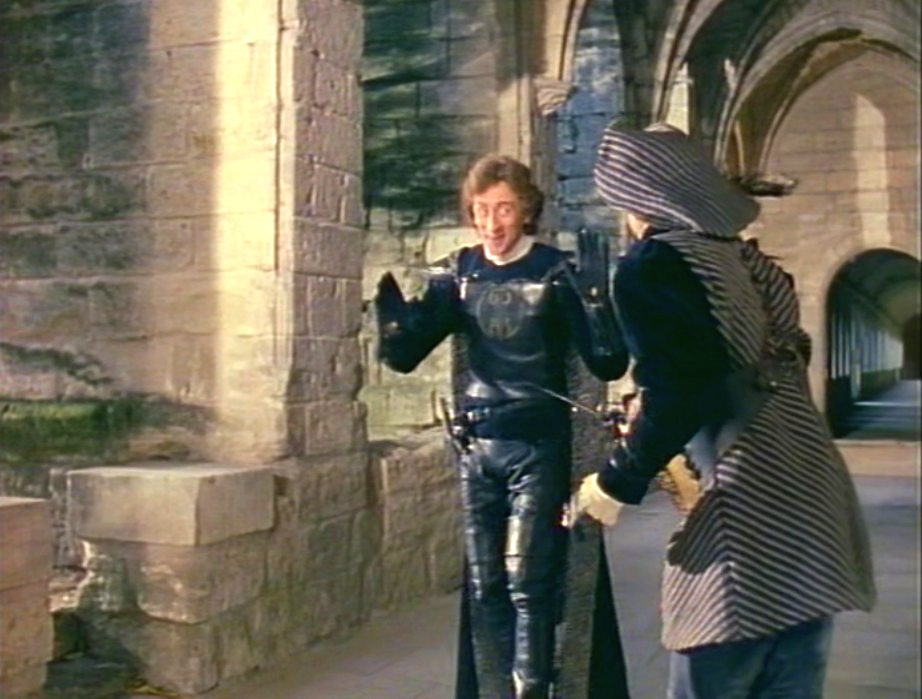
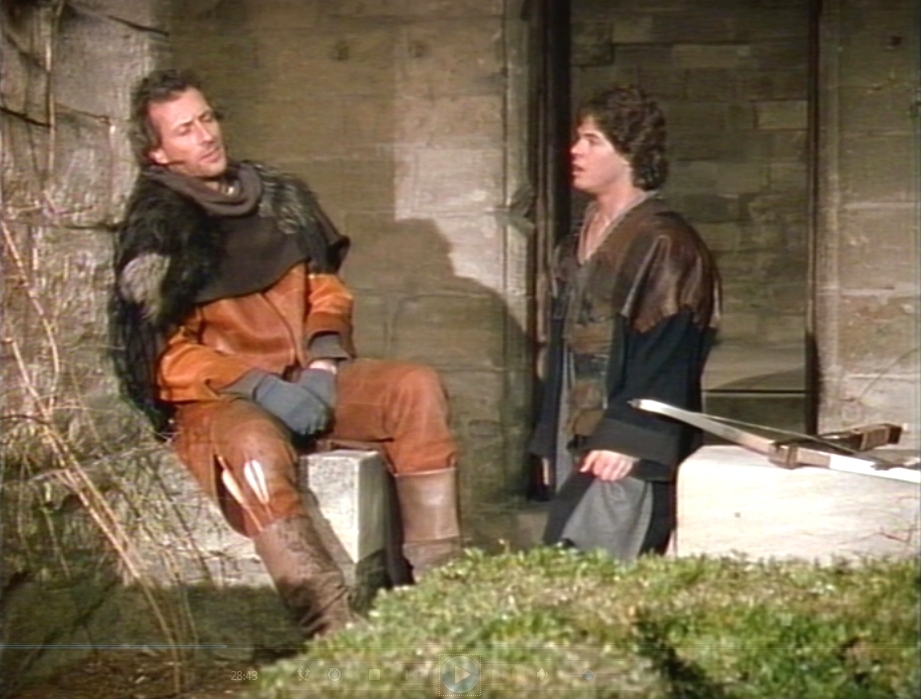
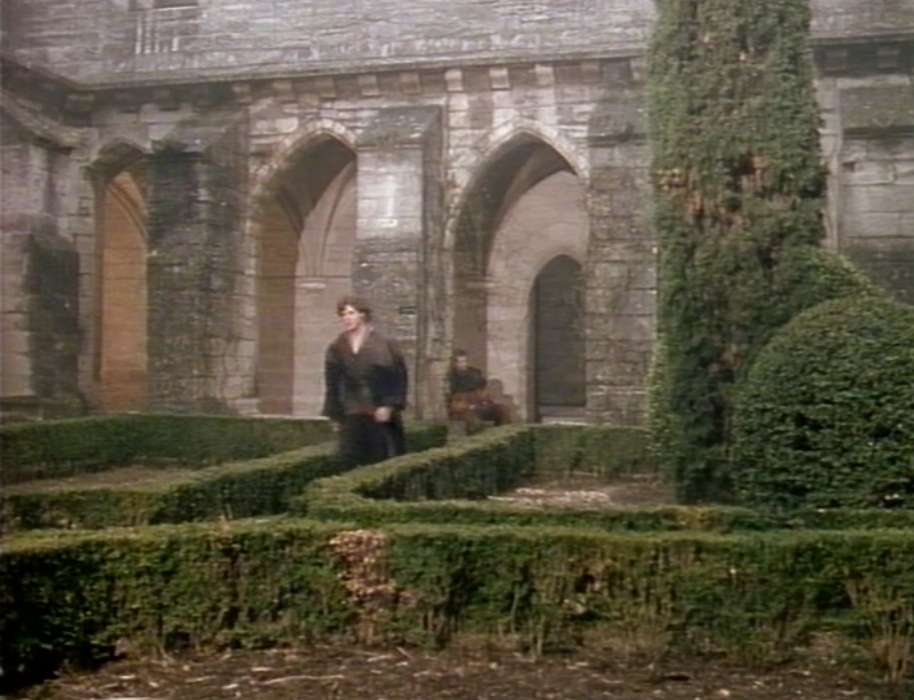
The courtyard of Senanque
The Courtyardscenes are in the following episodes: The Four Horsemen, The Citadel, The princess in Cloistre St. Jean Villeneuve les Avignon (these pillars are bigger and the courtyard seems smaller) and in episode Handmaiden + Rebirth are the Scenes with Gessler and Prince Ignatius in the Courtyard of Senanque.
1986 2015
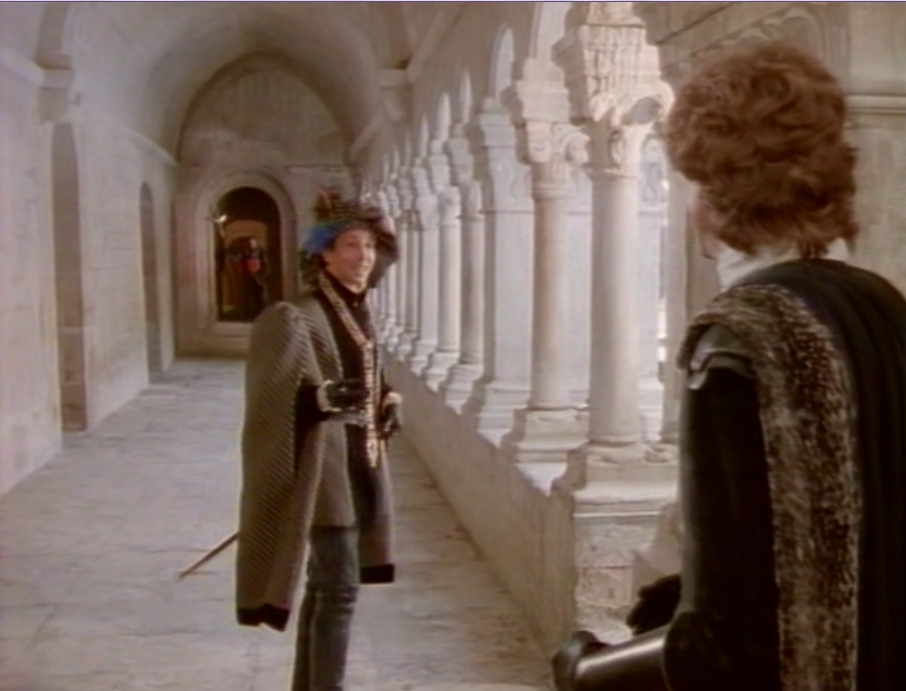
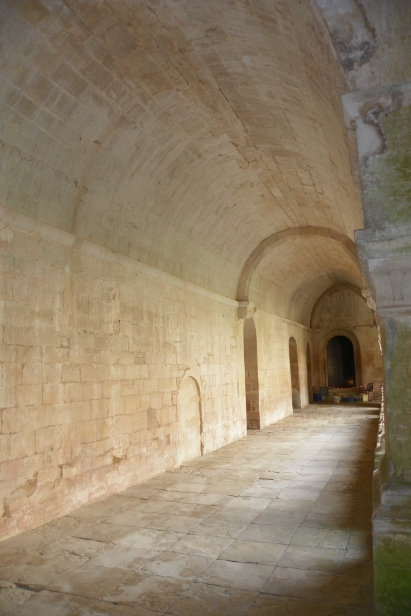
Above and below: both sides of the archways of the courtyard of Senanque.
1986 Senanque covered with snow (like in episodes Possesed and Handmaiden) 2015
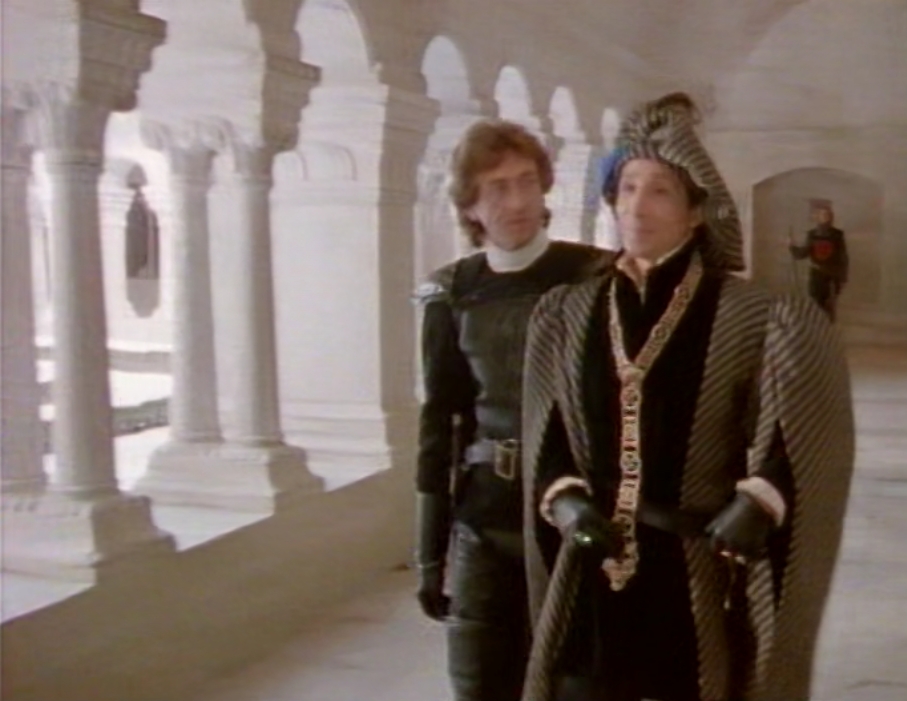
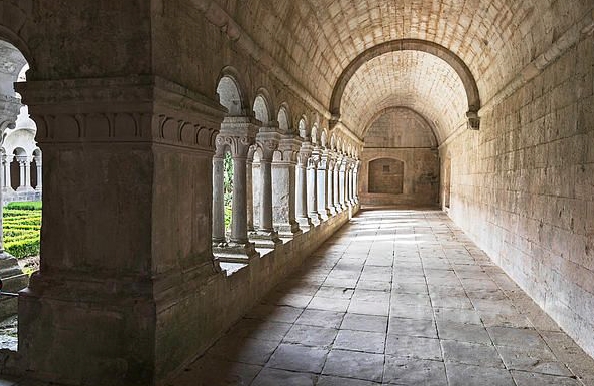
1986 The beautiful snowy scene: evening snow, smokey torches, steaming breath...episode Handmaiden. The arrest of the handmaiden. 2017 it doesn't snow often
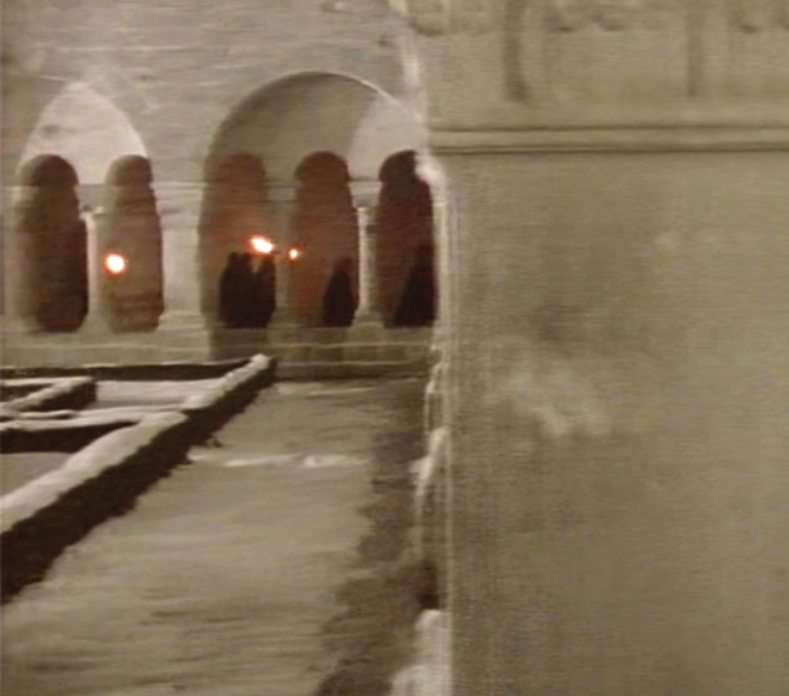
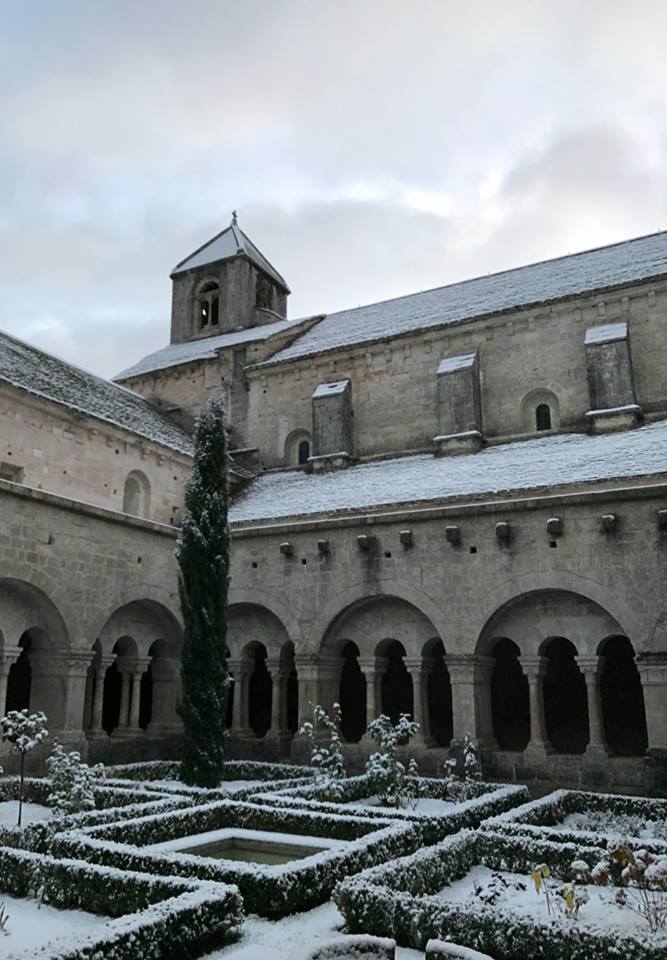
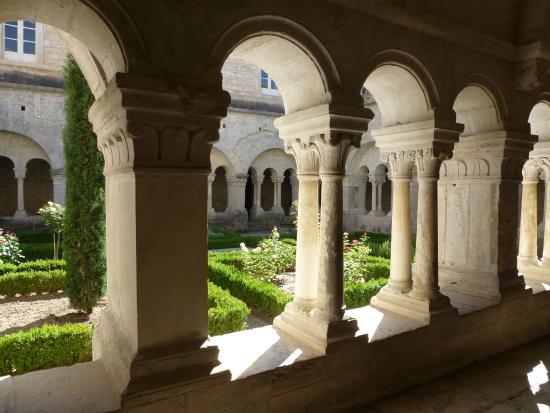
And what it looks like in the summer (around 2015)
Same courtyard alley as the master of mercy enters. Right side is the salle de capitre (Gessler visits lady Rosanne) and behind Gessler Salle de chauffoir (the room with the fireplace).
1986 2017
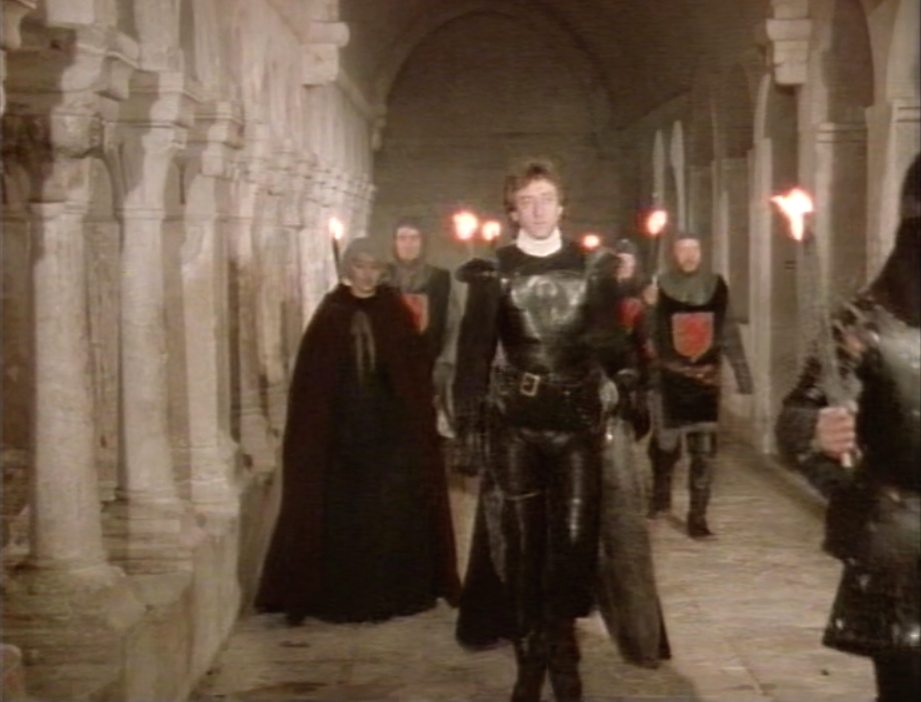
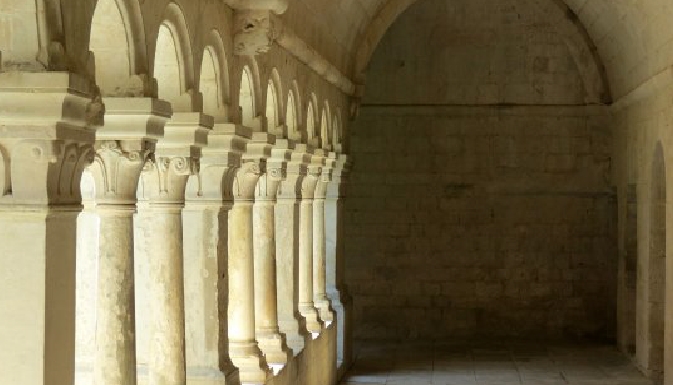
Courtyard in the arrival of 'the master of mercy' (Tell) in episode 'Possesed'
1986 In front of Salle de Capitre 2016
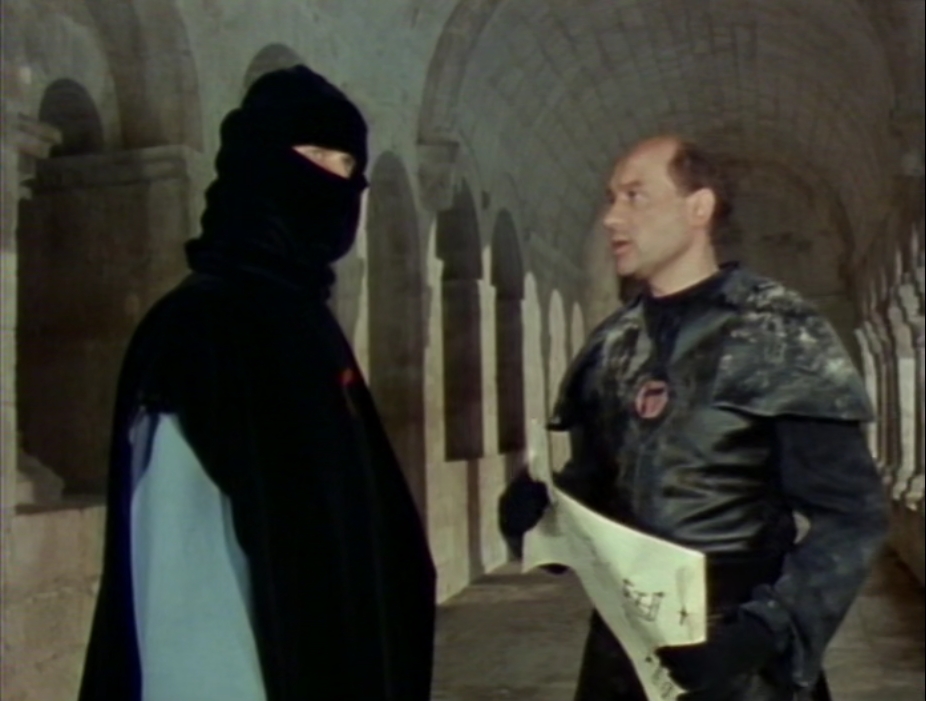
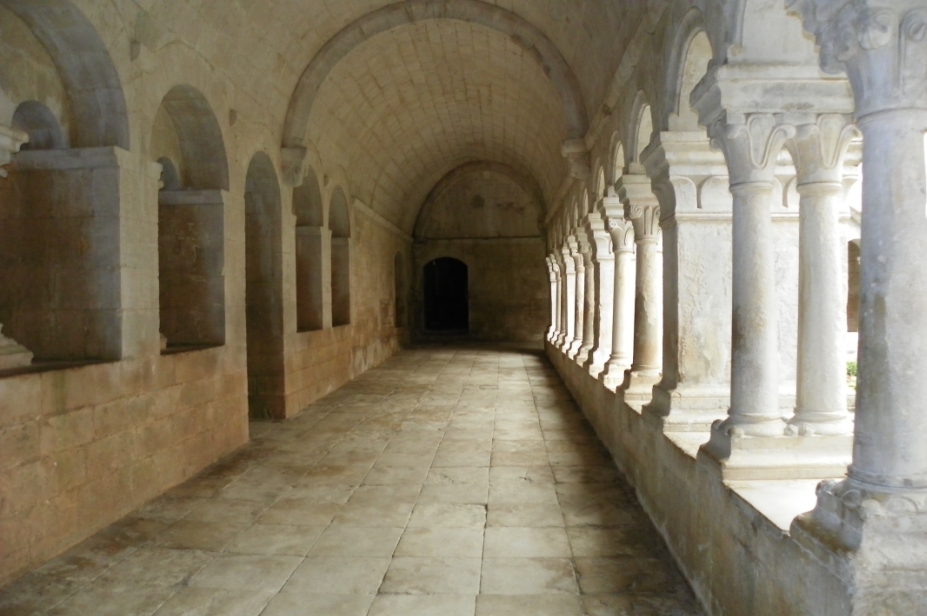
And this Chauffoir room again: in Episode 15 Torture room of Gessler to get confessions, in a gloomy psychiatric institution
Courtyard in front of Salle Capitre
1986 In front of the entrance of chapter room /salle capitre (left side) and right the courtyard of Senanque 2014
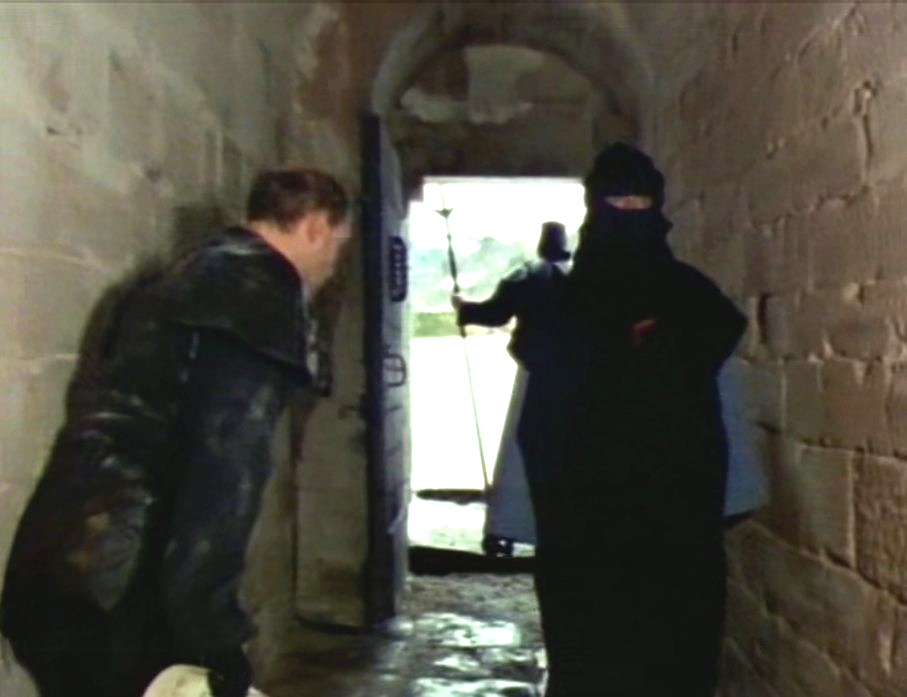
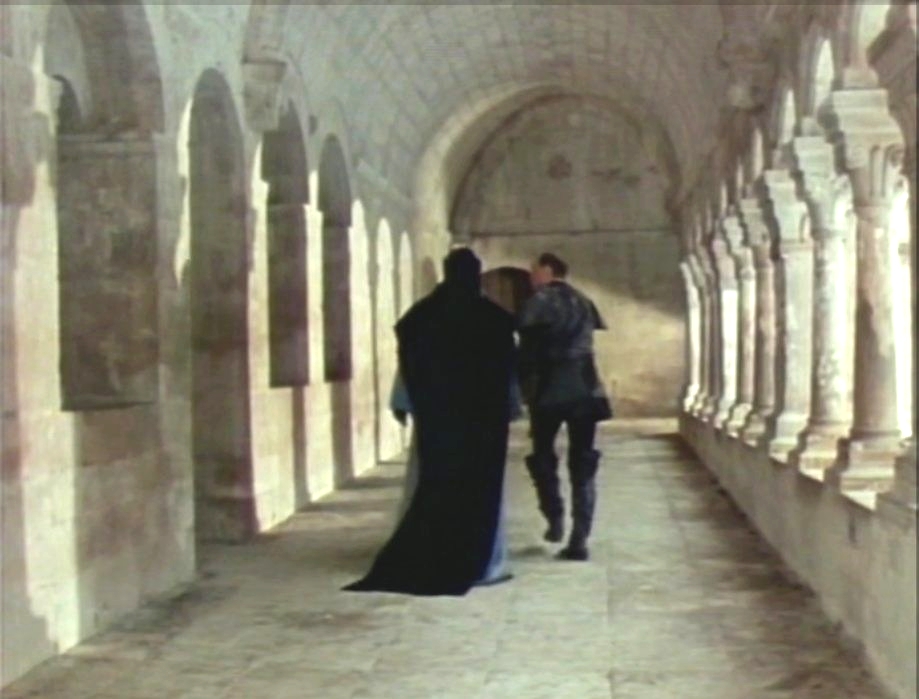
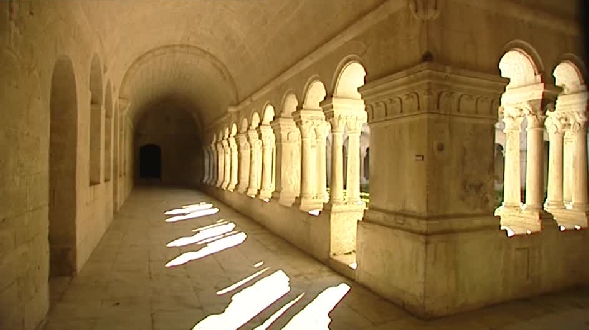
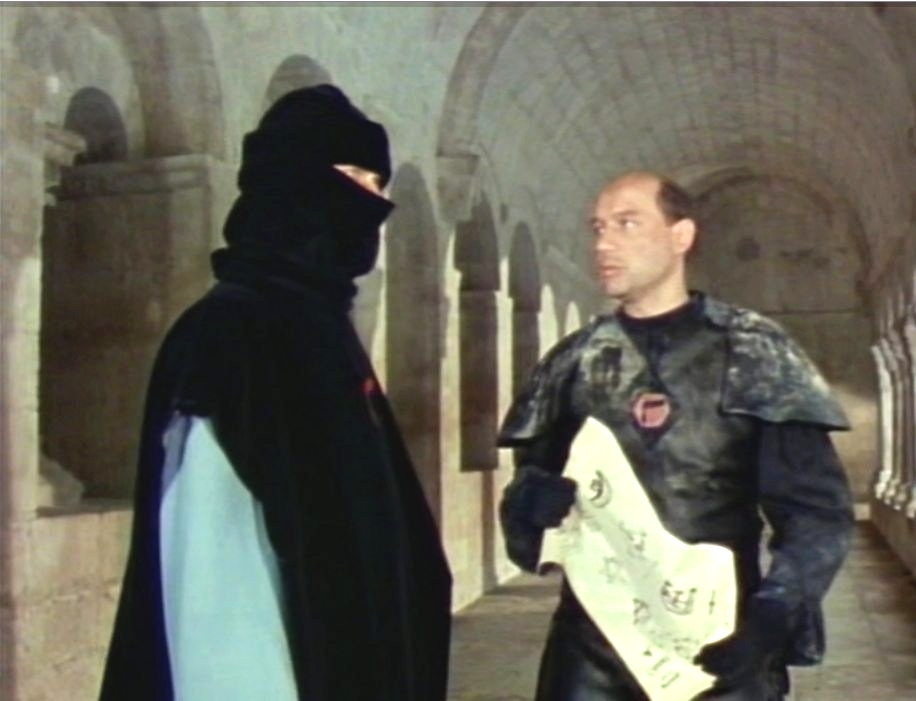
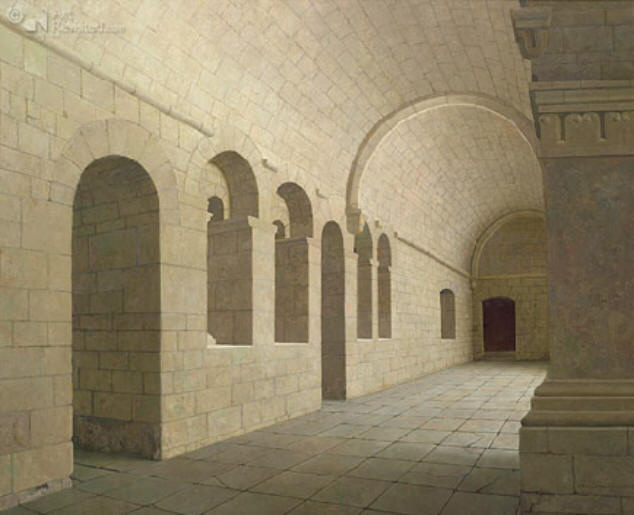
*****************************************
Salle Chauffoir de Senanque - Handmaiden
A double role for this Salle Chauffoir
Translated, the name is: 'Room of the heater.' This small vaulted room leans on four vaults of edges falling in the center on a robust column whose capital is adorned with leaves of water and flowers of lilies. A beautiful fireplace, conical, allows to burn trunks placed vertically. The room, originally, had two chimneys as evidenced by the two skylights visible from the outside. As the name suggests, it is the only heated room in the monastery outside the kitchen. I can imagine how cold these monks must have had it. It was already quite cold during the summer. In Crossbow you can see the steaming breath of the princess's while she speaks to her maid. It's like being ourside! It was in this room that the monks came to work. It served as a scriptorium, a place where Biblical manuscripts were copied and illustrated.
In episode 15 'Possessed' a kind of Torture camber and in episode 24 'Handmaiden' one of the seats of Emperor
1986 the huge pillar and heater 2015 Salle Chauffoir And Gessler's room for 5 minutes as well
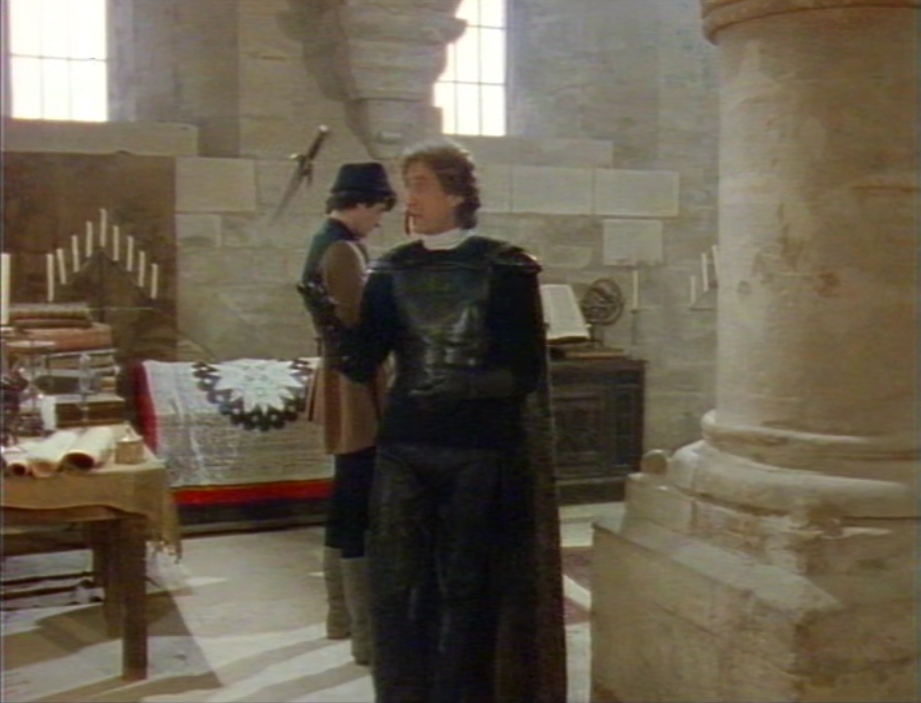
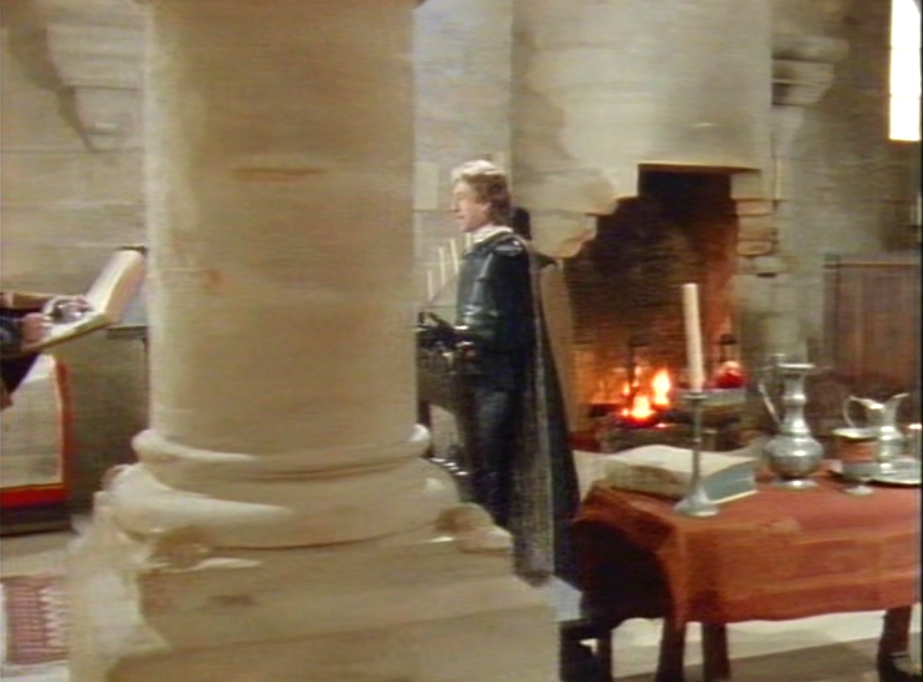
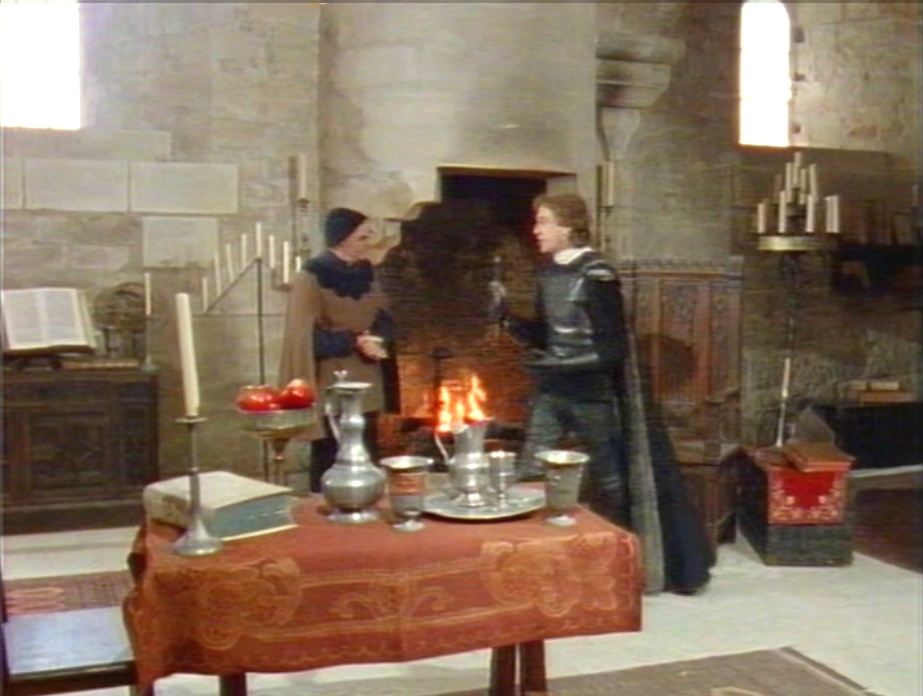
Salle Chauffoir - Possessed
2016 Tell in disguise to see Stefan. The wall behind the non is behind the pillar (left photo). 1986
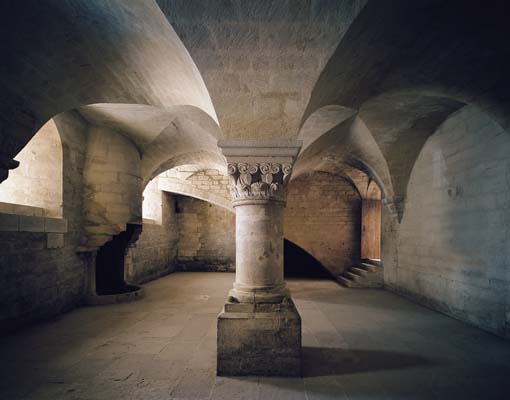
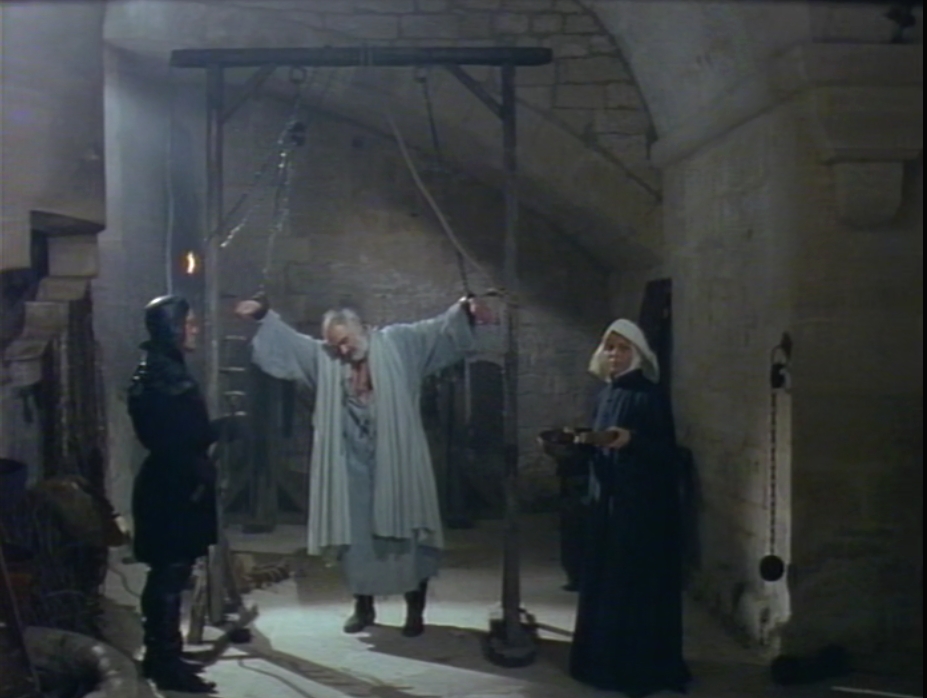
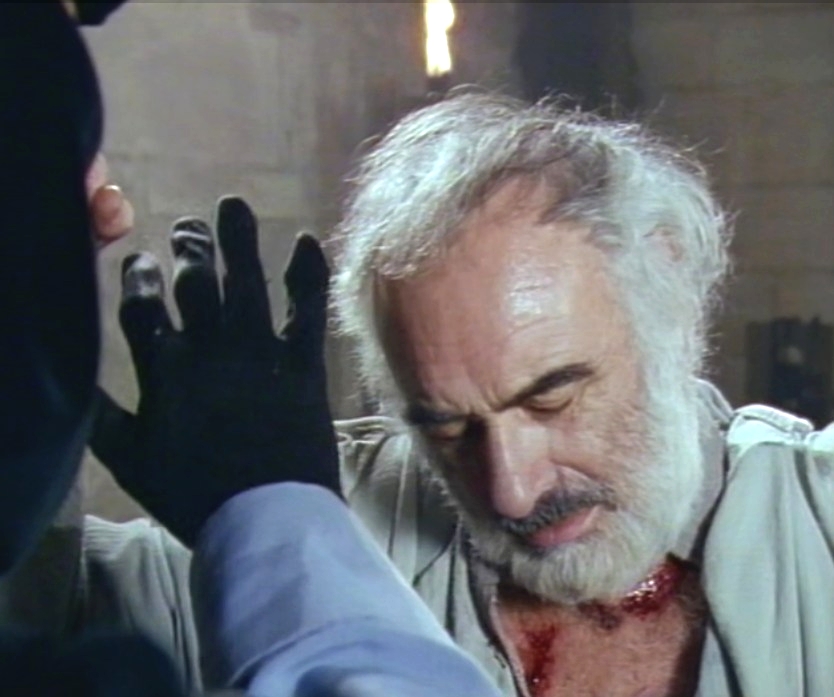
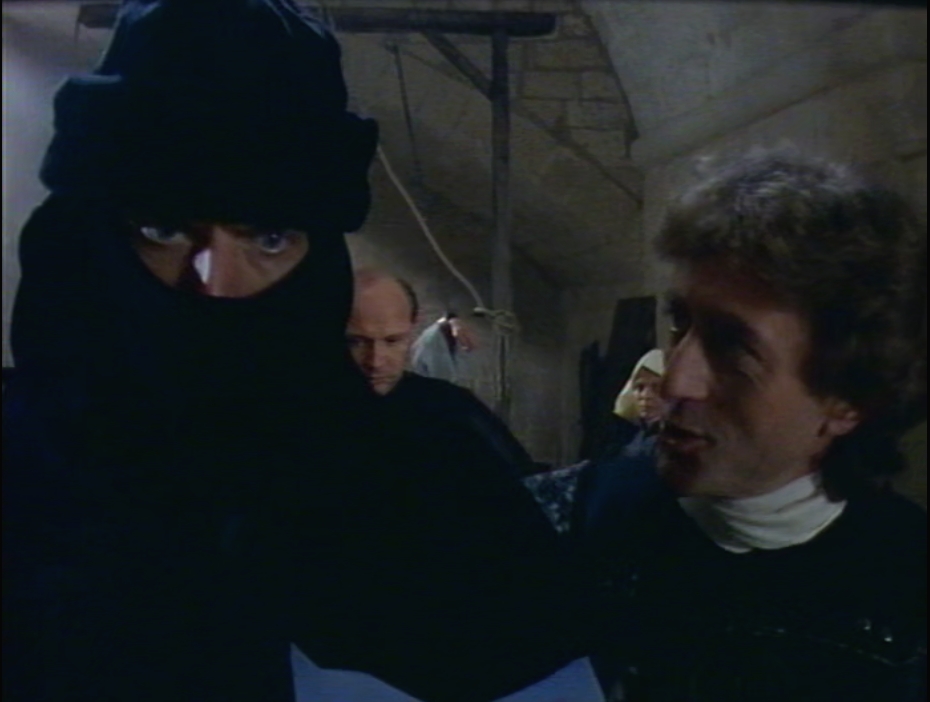
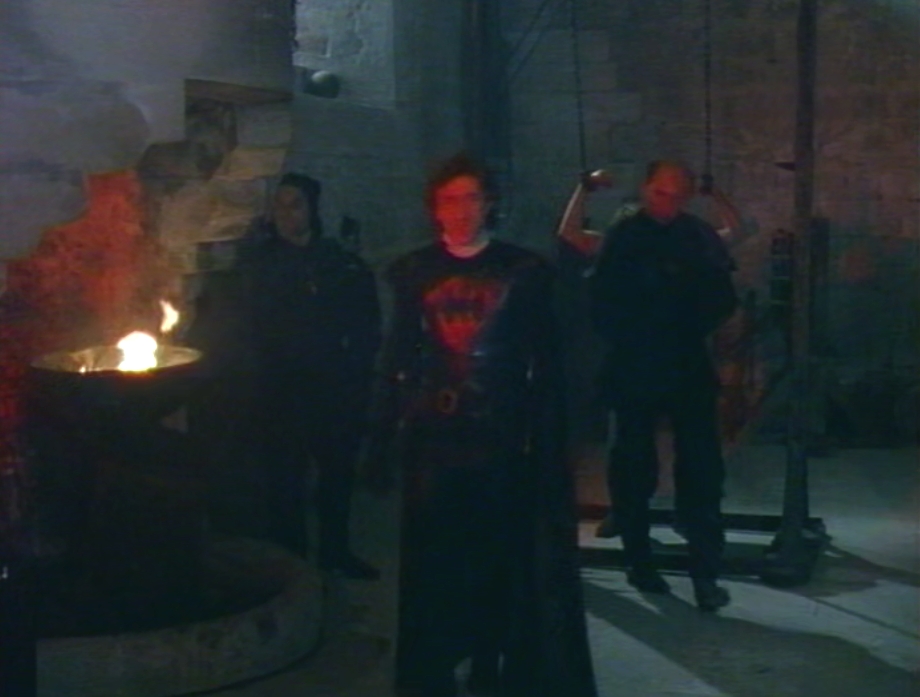
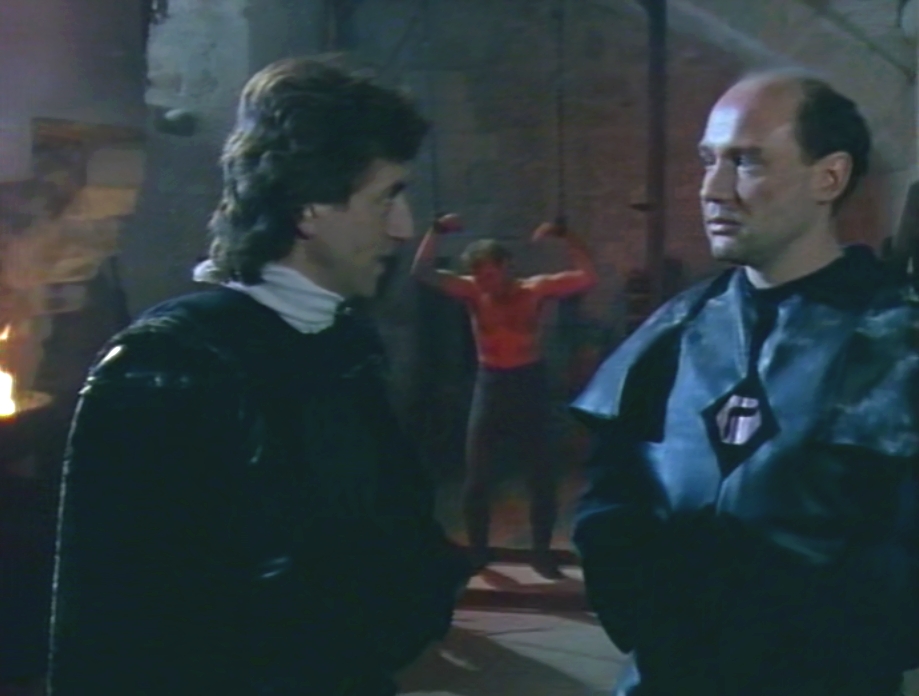
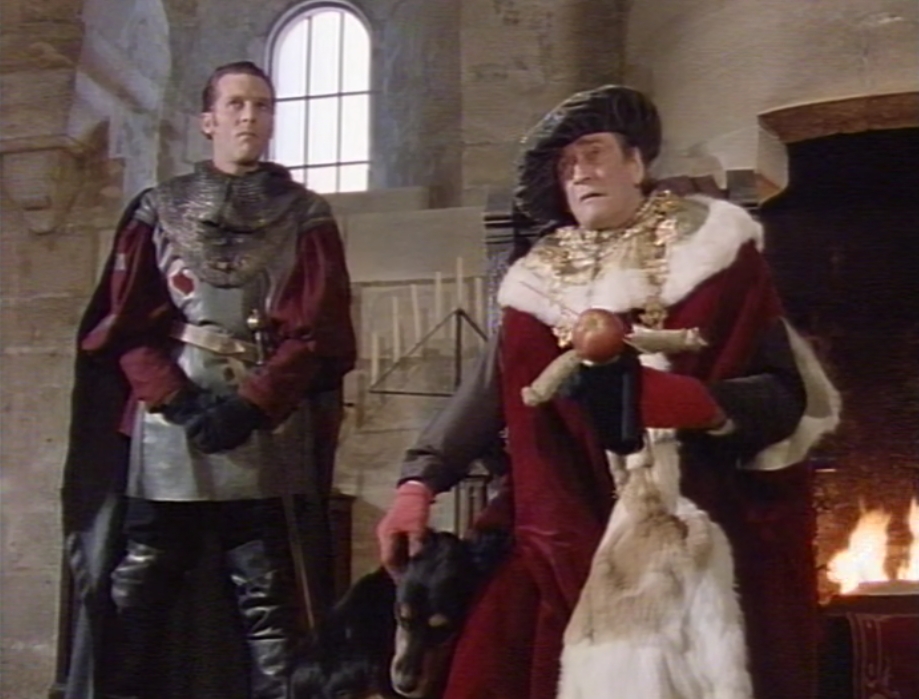
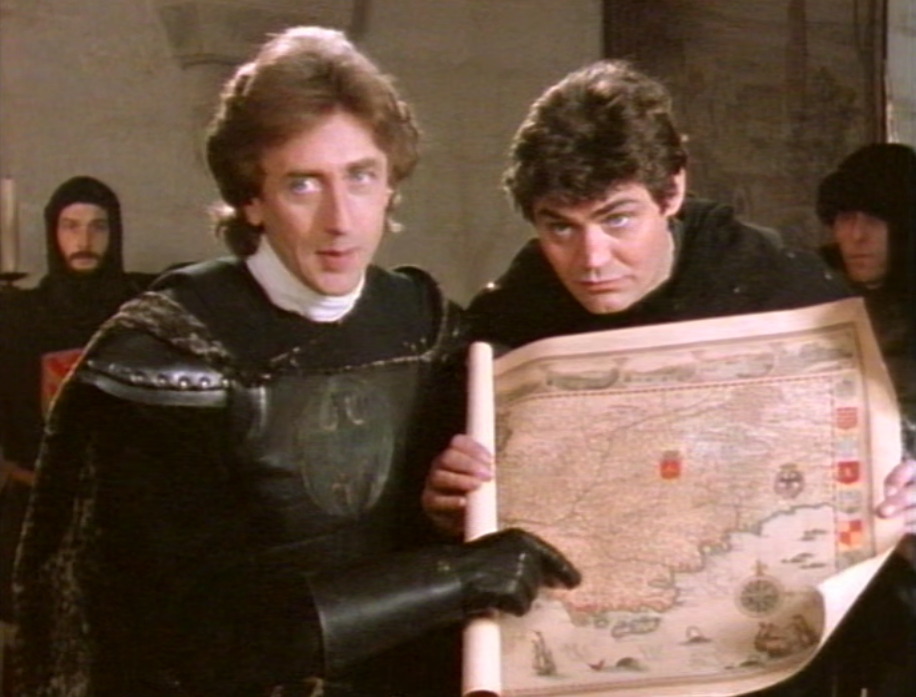
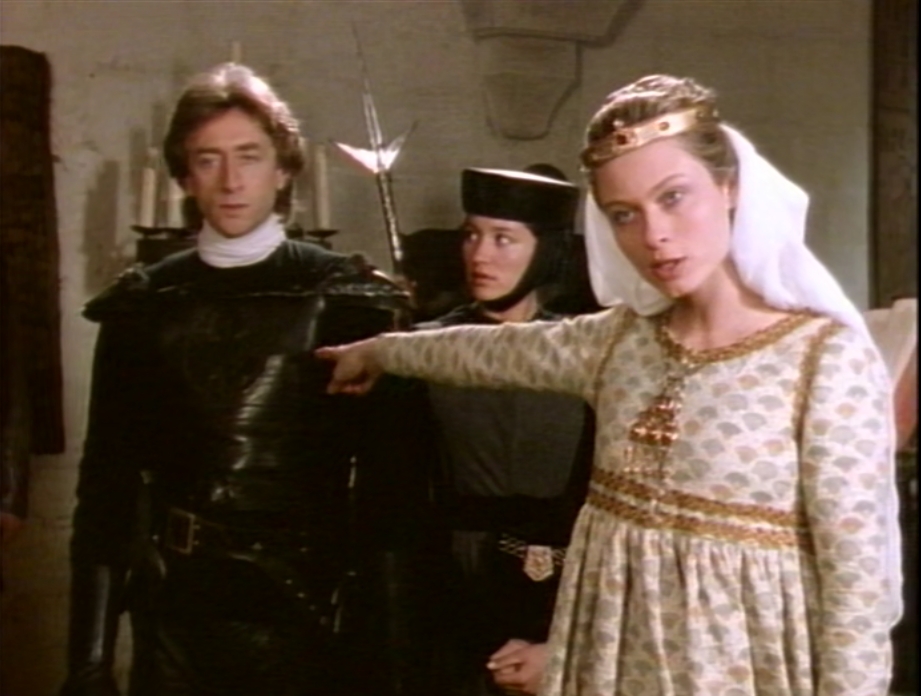
The Chauffoir room is the same room for all those shots in different angles. It's the seat of the Emperor in (ep 23) and Gessler's room (ep 24).
Gessler asks the Emperor for extra men to find Tell. In this room Gessler gets a preach from the Princess after asking her hand to marriage.
The similarities of these shots in this room (above and below)
1986 2014 me 2014
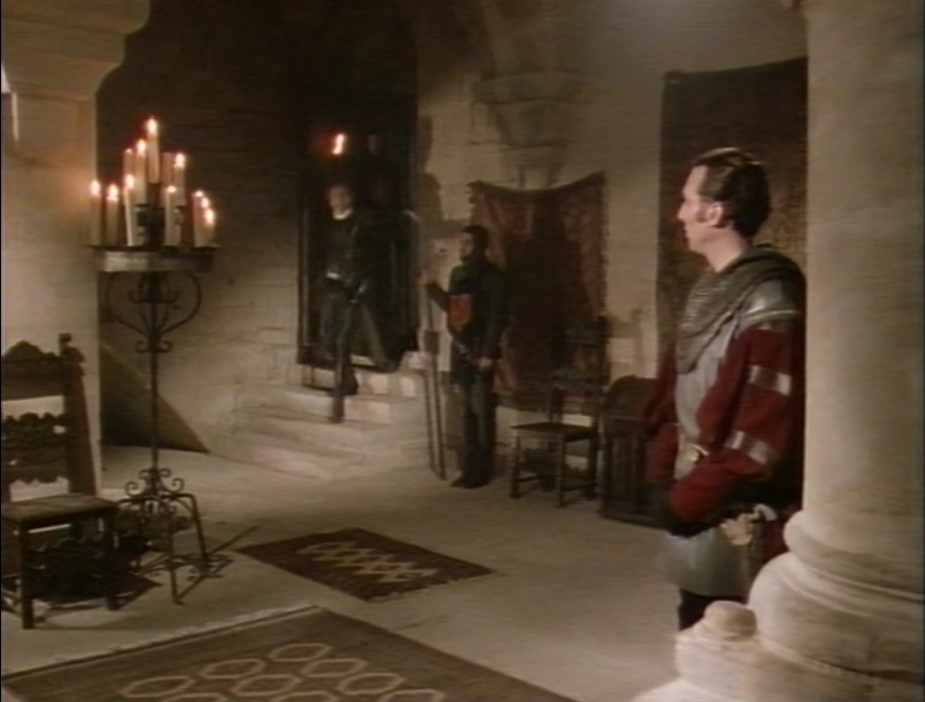
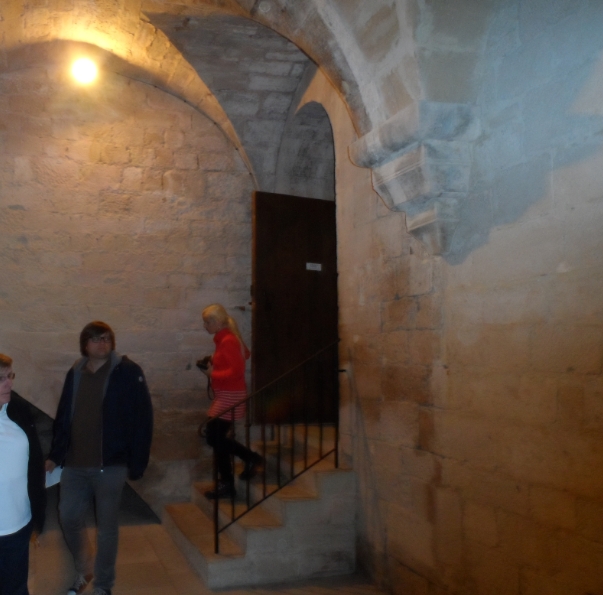
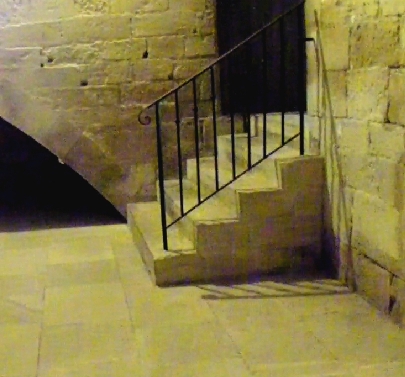
Photos of room the Chauffoir around 2015
While entering this Chauffoir room the stairs have a fence now.
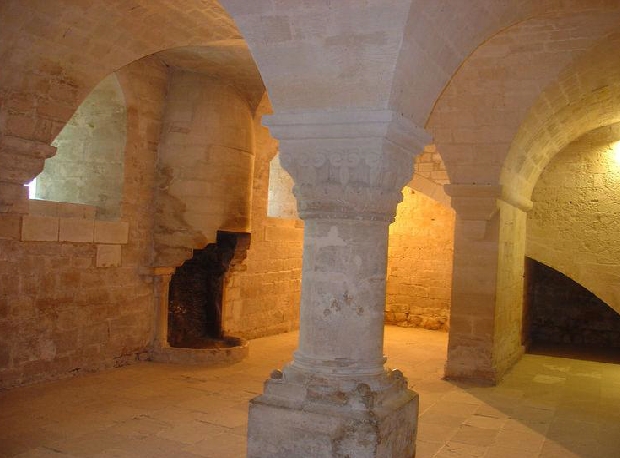
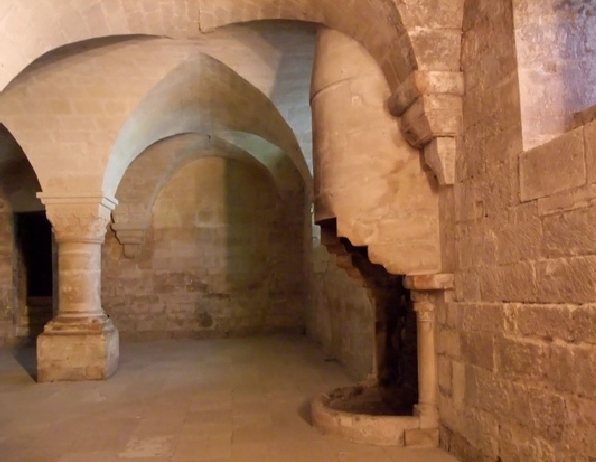

Filmed in the Dome of the abbey of Senanque (his seat is changed from Palais du Papes episodes Citadel and Princess to the Dome and Salle Chauffoir of
abbaye de Senanque (Handmaiden). Below Gessler poisoned the wine of the emperor. The emperor survived but is weak now so Gessler can do what he wants.
The Centre of the church of Senanque - Handmaiden
1986 1986 2015, place left on the photo
Below: The window Horst and Gessler look at each other (after poisoning the Emperor's wine) is not shot at the central Dome place where the whole scene took place (right above), but a
smaller room in Senanque with almost the same window..why? I don't know.. This round beautiful window is not often in sight. But the lower two windows as lot. Perhaps this is bacause
the cages hung low and this room is very tall!
This short shot Horst is put just in front of the small crack.
Now that I look closely at this photo, I see that there was already friction in the wall, above the round window.
*************************************************************
Extra photos and information about Senanque

Respect
The visit was very impressing. We've been on a tour inside the monastary. We went there three times. We went back to view the lavender fields and we were nearby just to have a view on this beautiful peaceful
valley and it's abbaye. The guided tour is French. While there are rules to enter, you can read them clearly; for me it was a shock so many tourists behaved so loud and respectlessly while visiting. Like walking
through the lavenderfield, picking it and taking it with them, making non-stop selfies in all kind of poses. While doing that they were yelling and laughing loudly. Only focussed on themselves, never seen this
before on such a big scale. I hope these people learn to pay respect for the place and the monks who still live here in silence and open the place for us. Please behave respectful to them and other people.
Entering this valley feels magical
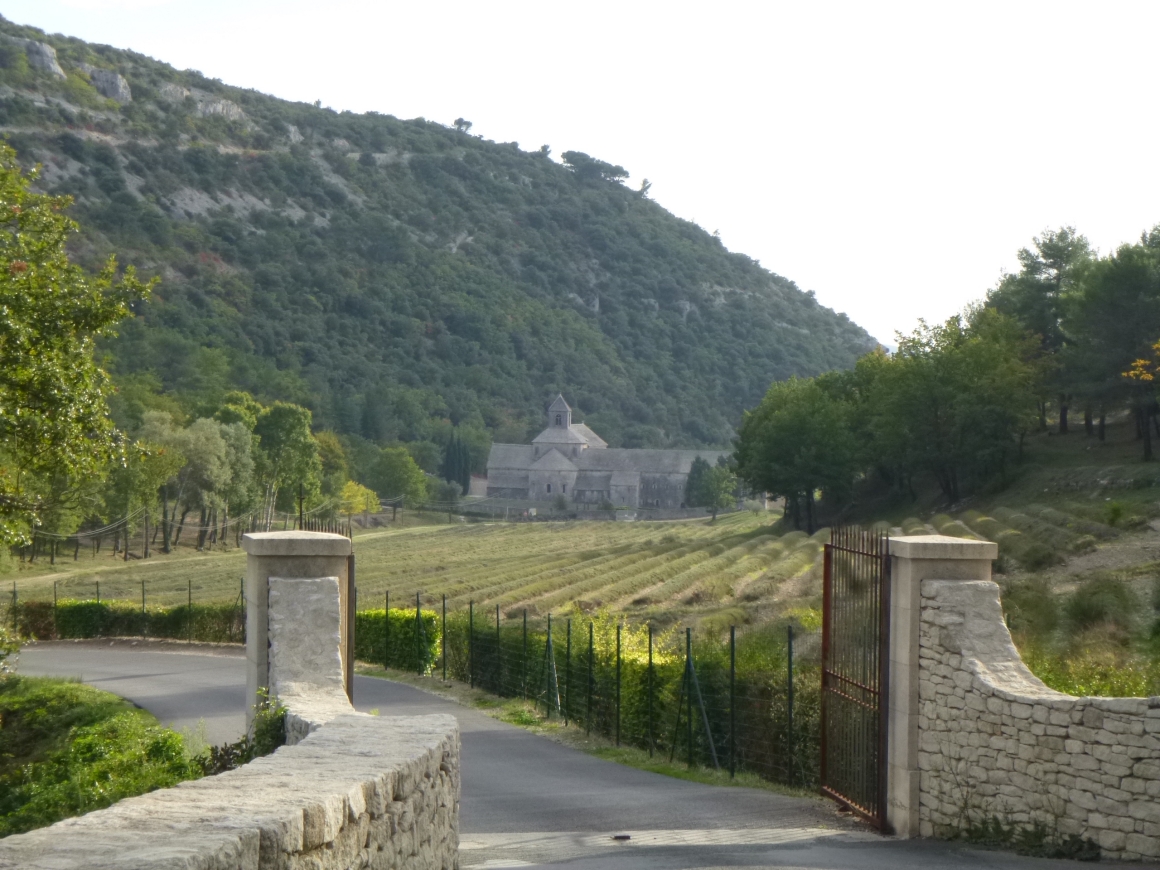
Senanque has to deal with forces of the nature. Flood september 2017
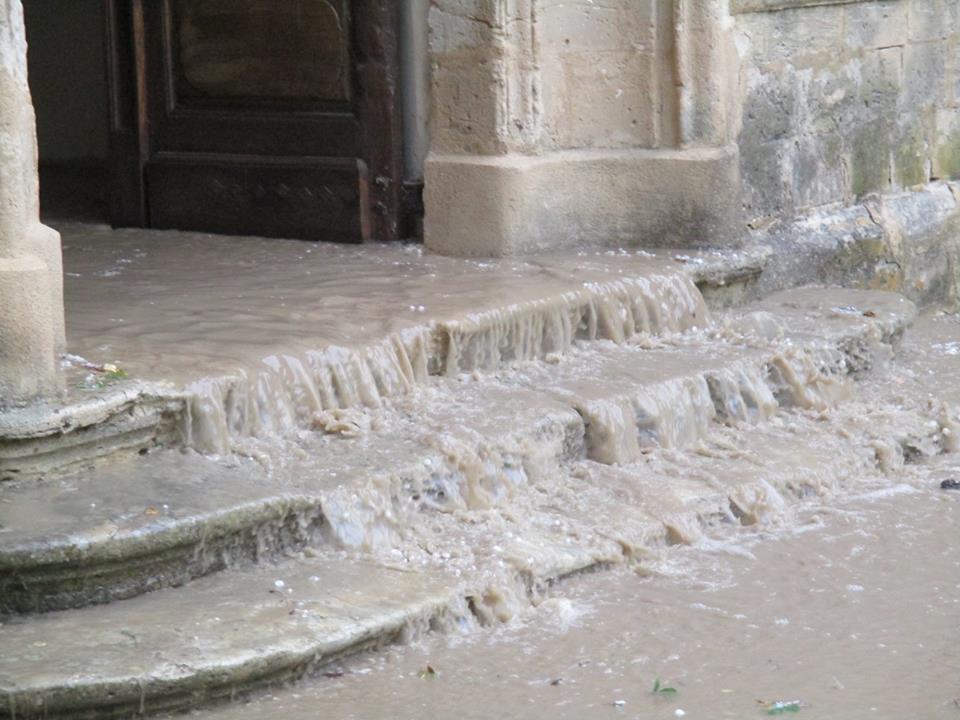
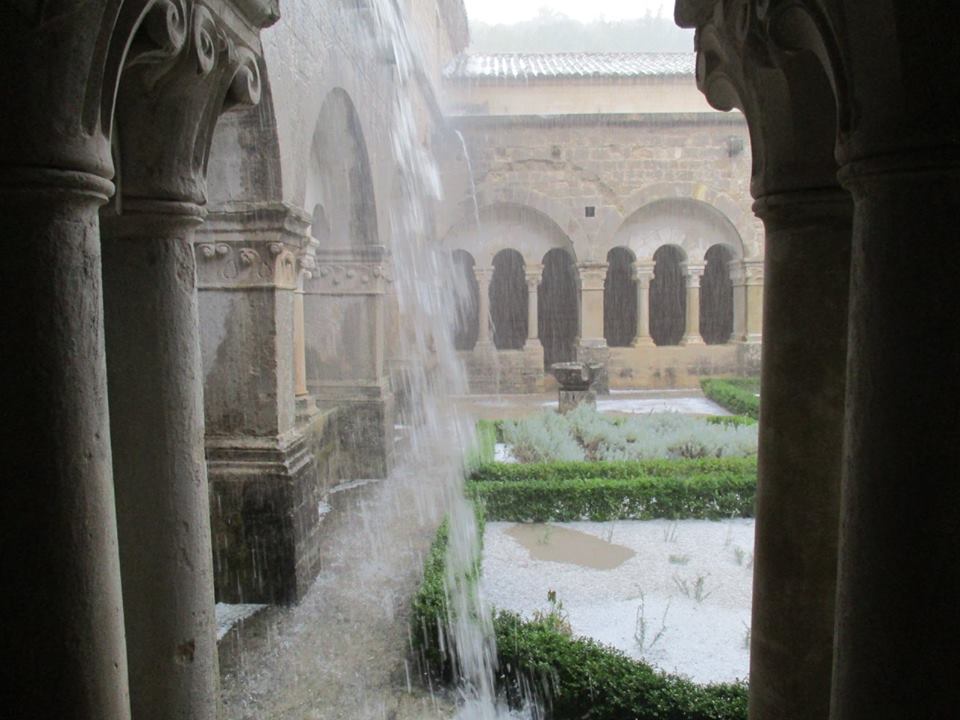
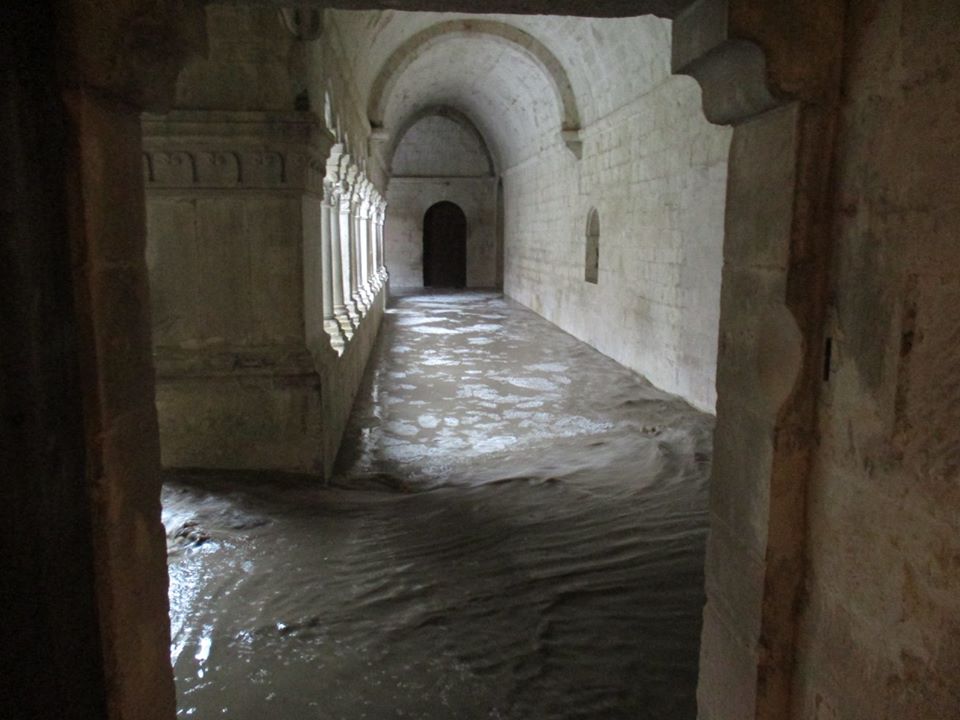
Unfortunately a lot of rainfall can also cause a lot of inconvenience in a valley. See below.
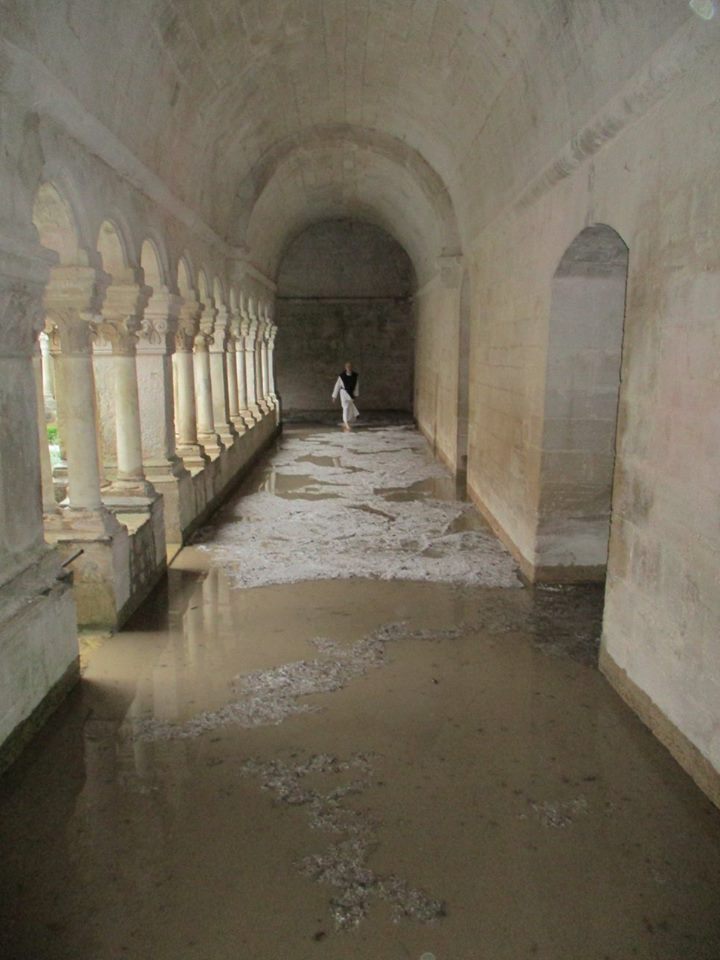
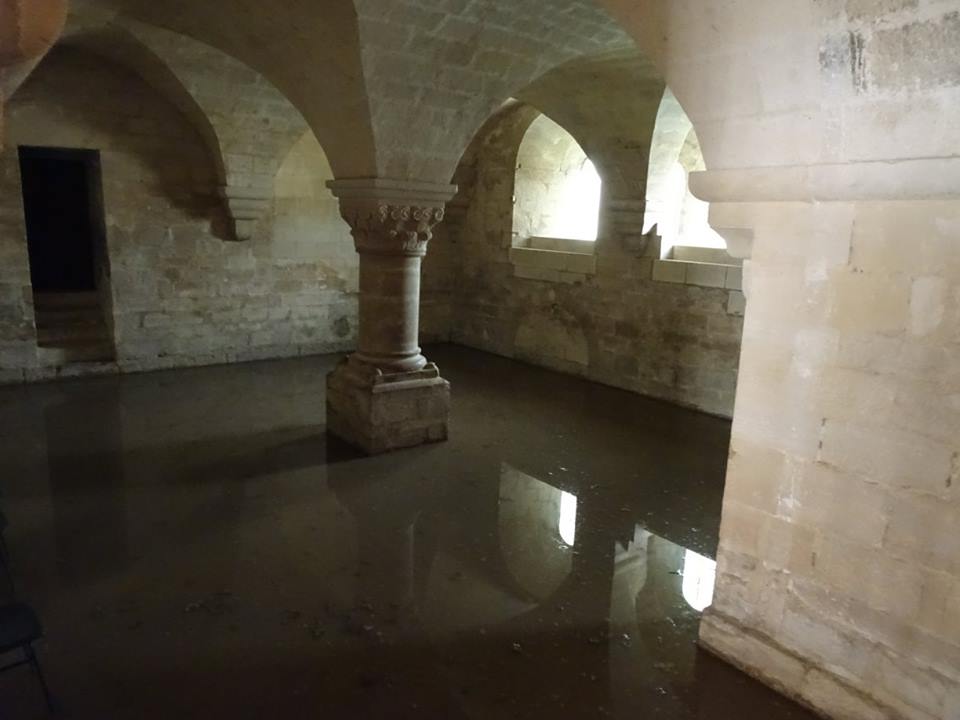
Summertime. Lavender in bloom until half Juli
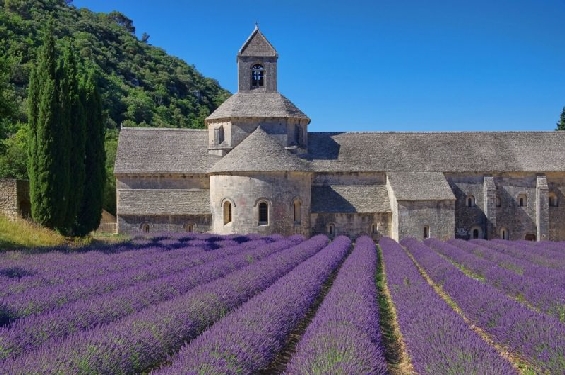
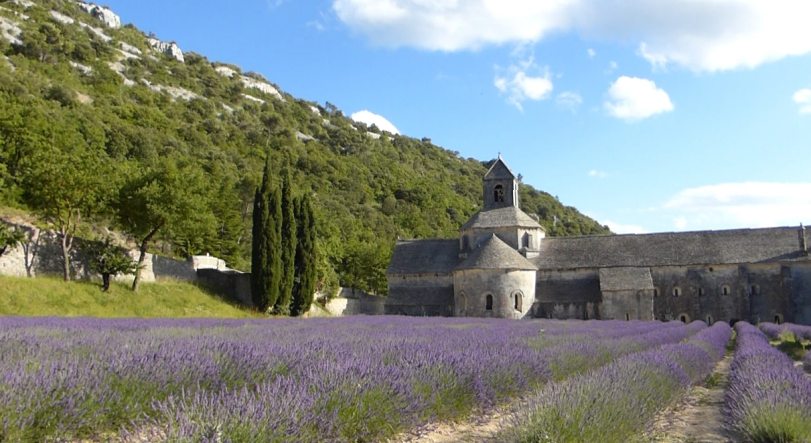
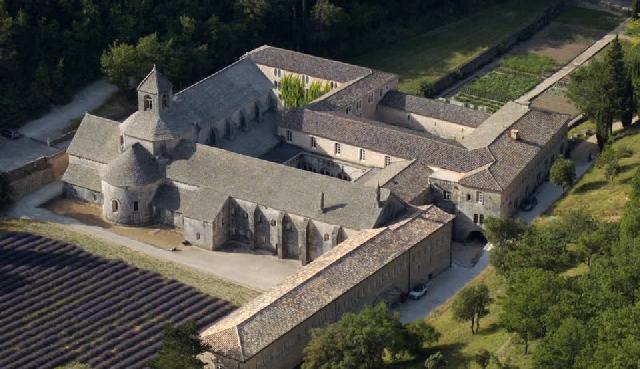
The courtyard
It's possible to go in retrait in a group
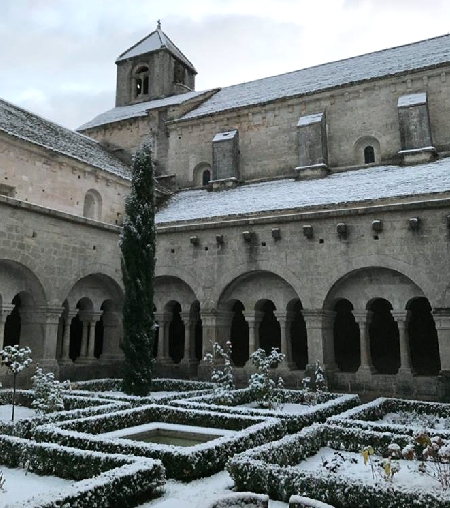


Both side of the cloister
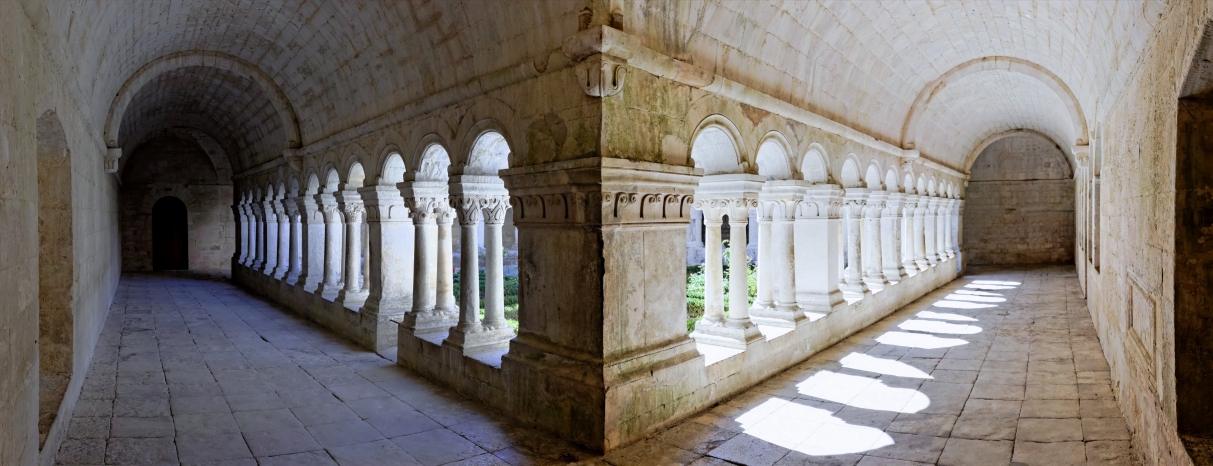
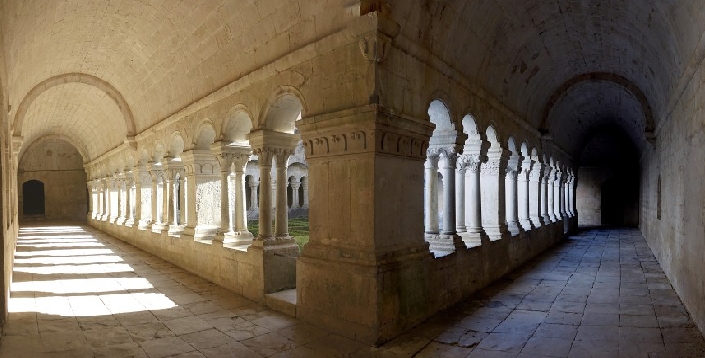
They might look the same but in fact this are two different places of the courtyard (the panorama photo above and below)
Different rooms attached to the courtyard
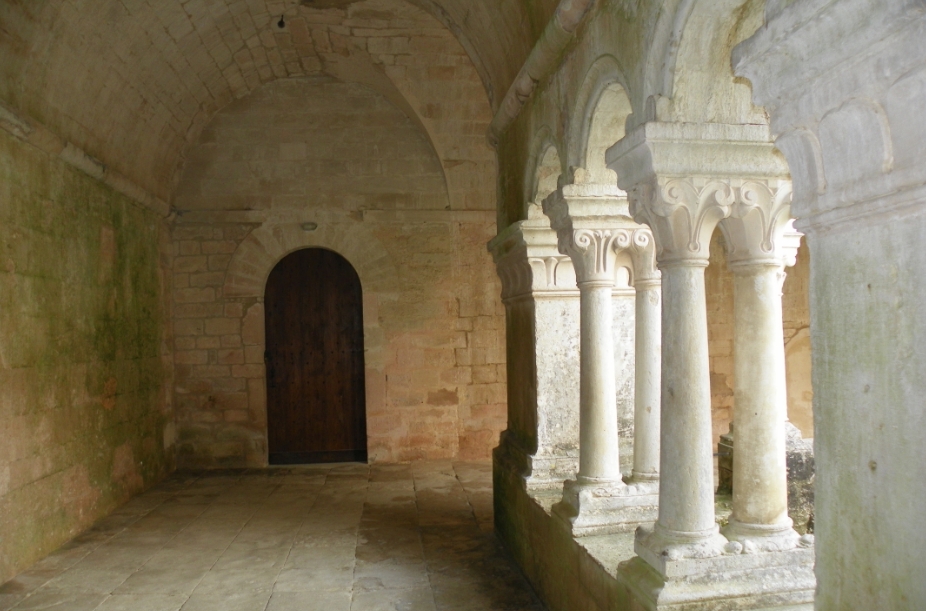
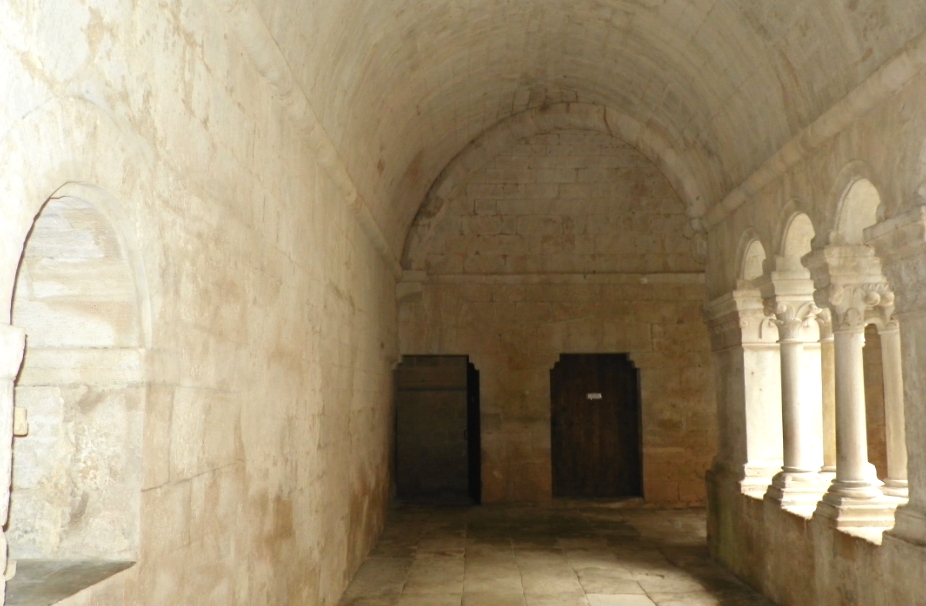

The room below closed for restoration 2014 Bibliotheca
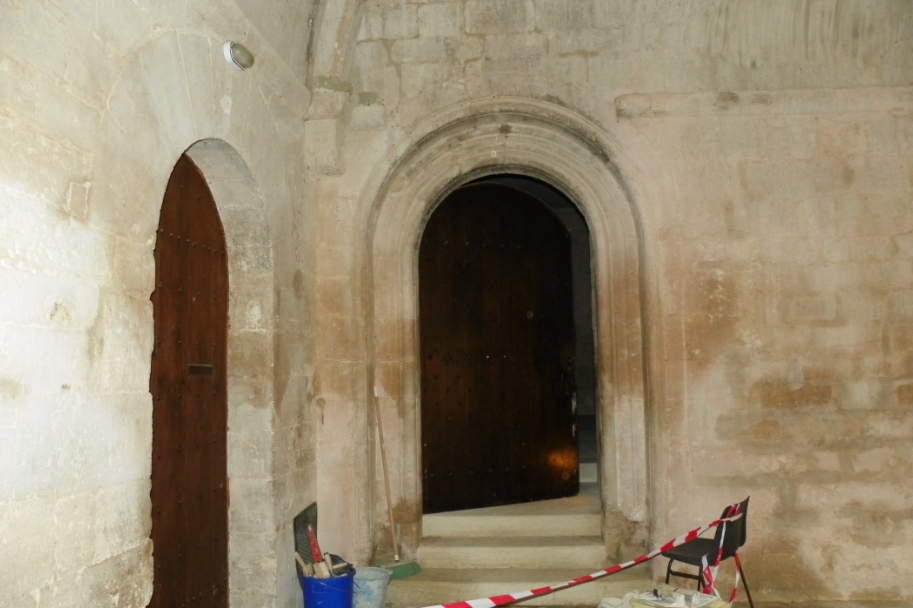
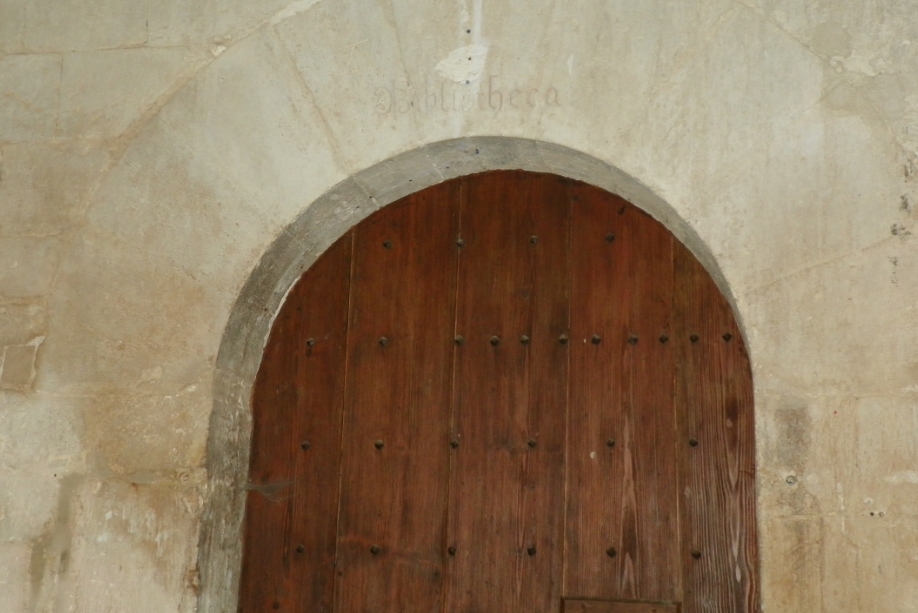
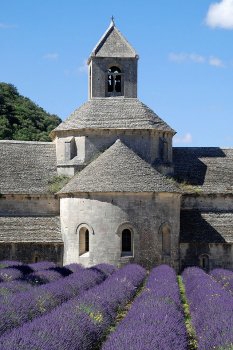

Sénanque was established on the Sénancole river in 1148 and took a century to build. The groups are likely to be fairly full, as there aren't many tours (these have to fit around the monks'
intensive prayer schedule of seven sessions a day). You are advised to make a booking well ahead, either online, by mail, email or telephone on the cumbersome - and French language-only -
page of the abbey's website. The abbey strives to preserve the peace and privacy of its monks (who stay discreetly out of sight) and imposes a series of stern requirements. Visitors should come
dressed appropriately: no shorts, low-cut T-shirts, singlets or skimpy cycling gear. Parents with young children are asked to stop them from running around and making too much noise. Note, too, that
the visitors' toilets are in the gift shop and can only be accessed before or after the tour. Dogs must remain outside. The tour goes up and down steps at several points and isn't suitable for wheelchairs,
though there are disabled parking spaces if you want to see the abbey from the outside. The abbey has no frescos or paintings that might be damaged by a flash, but it was still a pleasant surprise that
photography is permitted.
It's hard not to be impressed and moved by the atmosphere of this serene, mystical and very lovely building, despite the crowds. Five areas of the abbey are visited on the tour. The altar faces north
insteadof, as conventional, east because of the lie of the land. Passing through the cloister at the heart of the abbey, you get a good close view of the squat bell-tower before seeing the chauffoir,
or warming room / calefactory, the only heated space in the building, where manuscripts were copied. Here new Abbots were voted in - and anyone who won unanimously was barred for life for
pridefully voting for himself, a lesson politicians might learn from. We were worried that the abbey's spiritual aura would be let down by a loud and vulgar gift shop.
In the event, it was huge but with a very wide-ranging collection of books on different aspects of religion and spirituality, including such issues as gay marriage, as well as architecture
and Provence itself. They were mostly in French, though there was a handful in English and other languages. You can also buy rosaries and religious statues, CDs and various lavender products,
herbs, honeys and so on made at the abbey and other monasteries. Some items may also be purchased online at the Abbaye de Sénanque website.
When to go: The Abbaye de Sénanque is closed to the public for a couple of weeks in early January.
The lavender (which is actually lavandin, a hybrid, not true lavender) is in bloom in midsummer. The exact weeks vary from year to year depending on the climate.
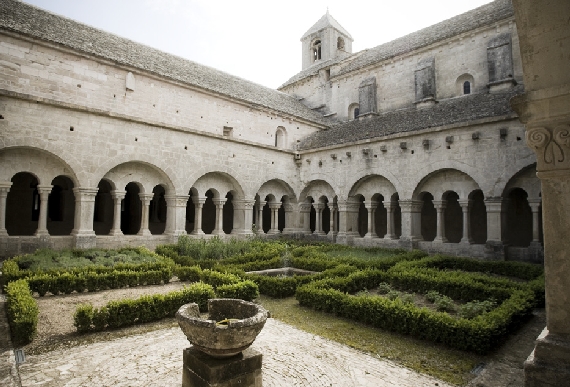
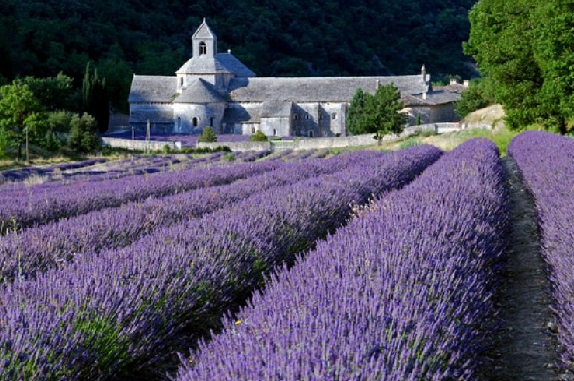
The Cistercian order at the abbey flourished until the 16th century, getting wealthier and wealthier, in contradiction to the Benedictine rule of poverty. In 1544, the Vaudois
heretics revolted and their first target was Sénanque. The monks were hanged and many of the buildings were destroyed. The abbey struggled to recover for the next three centuries,
changing hands several times during the historical upheavals of the period, such as the French Revolution. By 1989, the abbey was again an active monastery.
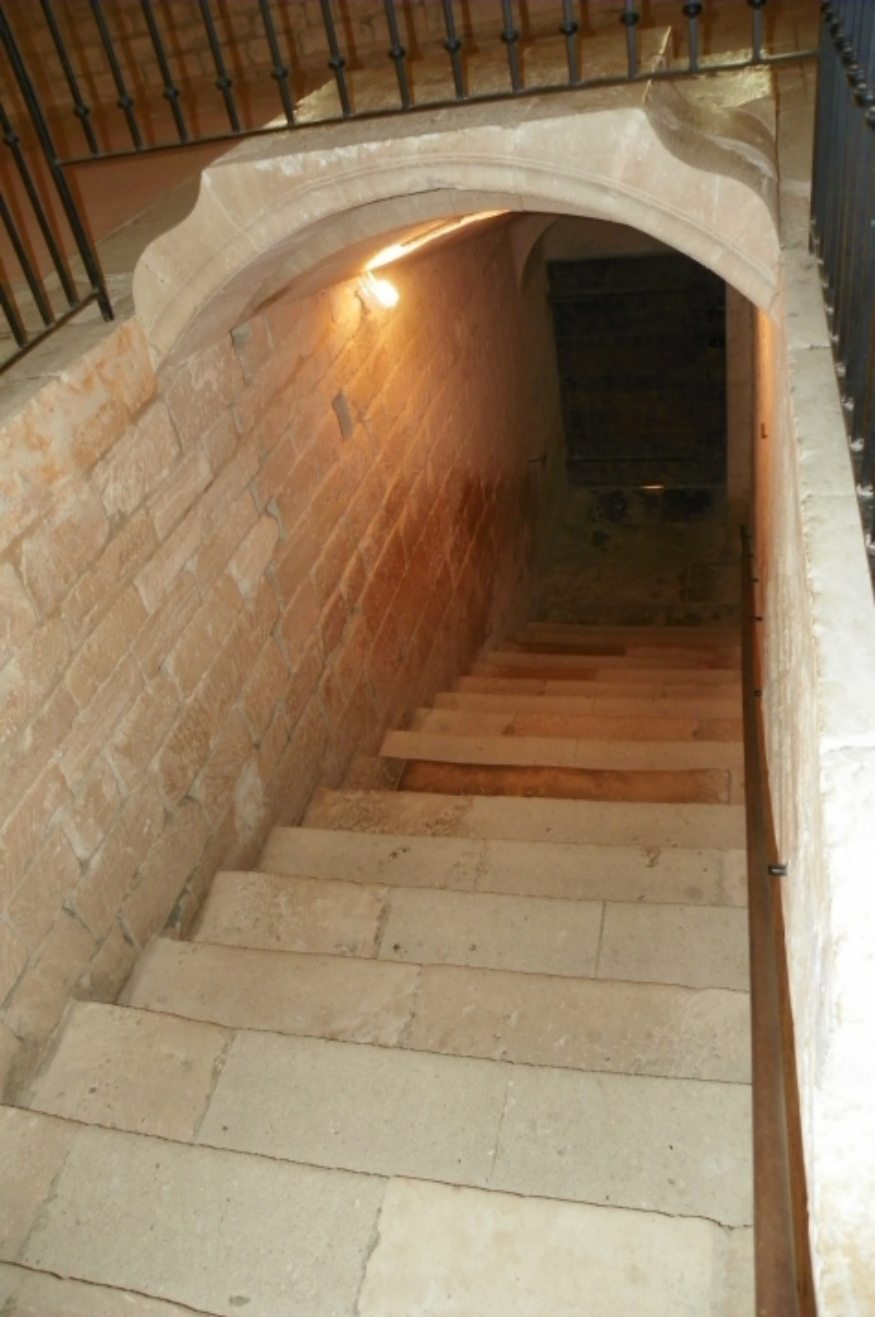
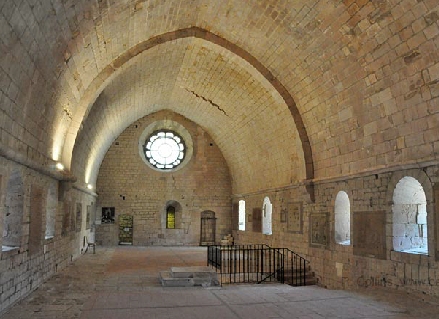
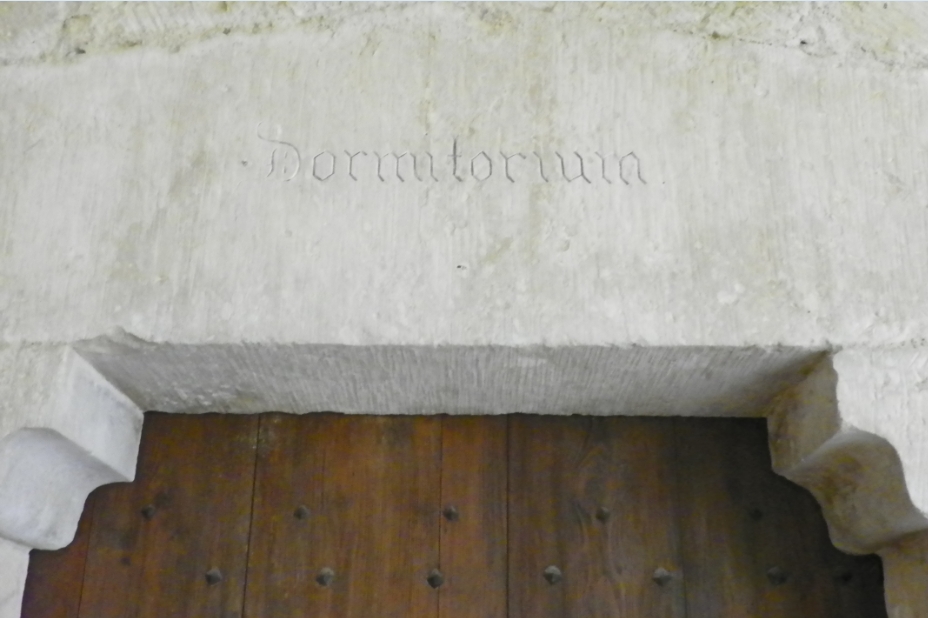
The Monk's dormitory of Senanque Abbey is on the upper level of the north side, between the entry and the church, to enable them to shuttle there quickly for the constant
prayer sessions. It was built as a continuation of the transept in the church. The space for each monk is marked out by colored paving stones on the dormitory floor. With a
very high vaulted ceiling, it's unheated, enormous and echoing, to discourage chatting. Around 30 monks slept there on straw mattresses until they were allowed the relative
luxury of individual cells. Steps lead down to the church which, remarkably, has no grandiose main entrance, in line with the Cistercians' emphasis on humility.
Marks on the stones
The brands of the stonemasons: on the stones, engraved signs and initials recall that the monks were helped in the construction by
stonecutters who marked the blocks to be able to pay the piece. Several hundred of these brands are visible to Sénanque.
Motives of the Pillars
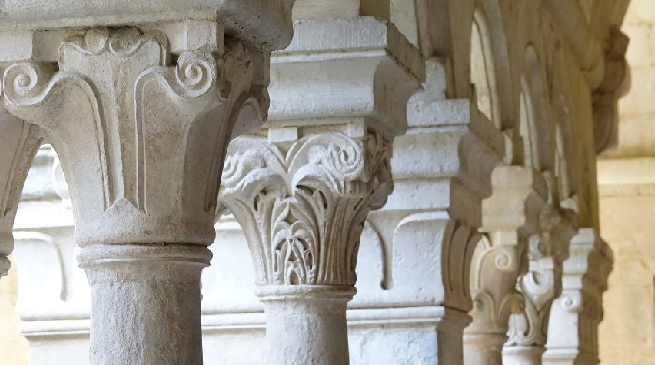
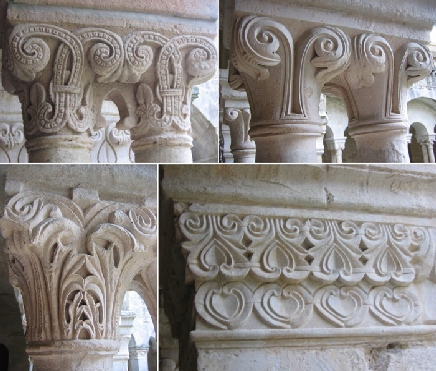
No main entrance door
Here too, austerity is felt: the capitals of the columns, all different, are simply decorated with plant motifs. Cistercian architecture and art are typically simple and elegant. These leaf and
nature motifs are the only decoration permitted in the monastery. No carved tympanums here; no stained glass windows of Biblical scenes or saints. Hear the words of St Bernard of Claivaux,
founder of the order: What is the use of placing these ridiculous monsters, beautiful horrors, and horrible beauties under the eyes of the monk when he must read and meditate?...It then becomes more
pleasant to read the marble than the manuscripts and one spends days contemplating these sculptures one after the other instead of meditating on the law of God." The abbey church.
The great apse of the transept, illuminated by three openings that converge towards the altar. This large apse is framed by two apsidioles (two chapels) of pure Romanesque style
on each side. Each chapel was used for the celebration of private masses or low mass (for the repose of the soul, of a benefactor, for example). The church is built in the shape of a Latin cross.
No decoration should disturb the prayer and the recollection of the monks. Only light, the symbol of God, must modulate space. Here the choir monks occupied stalls while the lay brothers
stood at the back of the church. The latter entered the building through the side doors. The church is aligned to the north, instead of the east, because of the limited width of the valley in
which is sits. Like its sister abbey in Thoronet, the Senanque Abbey church has no main entrance door; the church was only for the monks and lay brothers, not the public.
Photos of the abbey
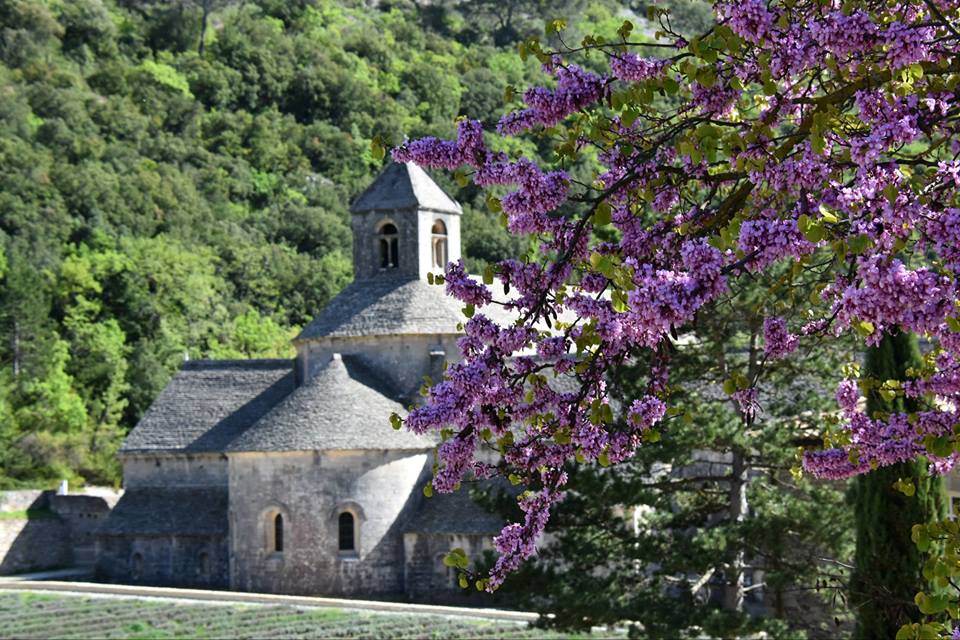
The Abbey of Sénanque was founded in 1148. It is the fourth Cistercian abbey to be built in Provence, in Gordes, after Le Thoronet, Aiguebelle and Silvacane.
The abbey of Sénanque remains one of the purest examples of this primitive Romanesque architecture. Just a little movie fact: in Luberon, praised by
Peter Mayle in “A Year in Provence” and beautifully filmed by Ridley Scott in “A Good Year” with Russell Crowe and Marion Cotillard.
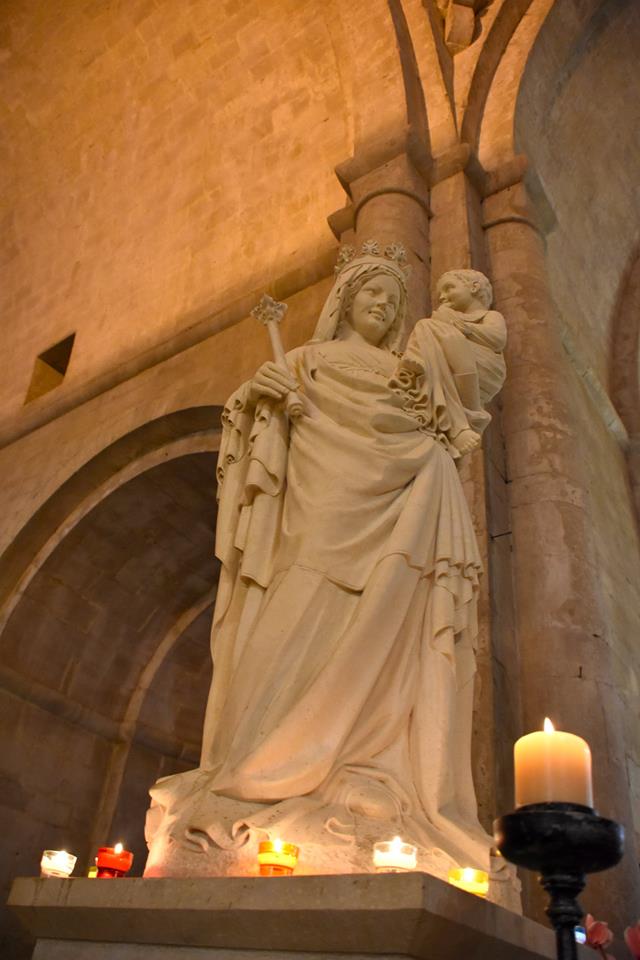
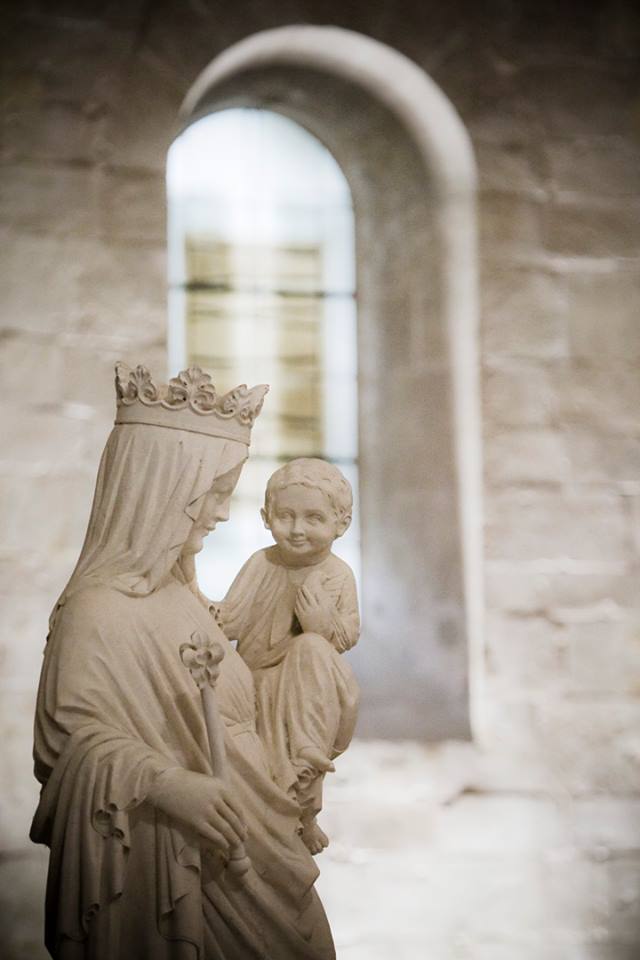
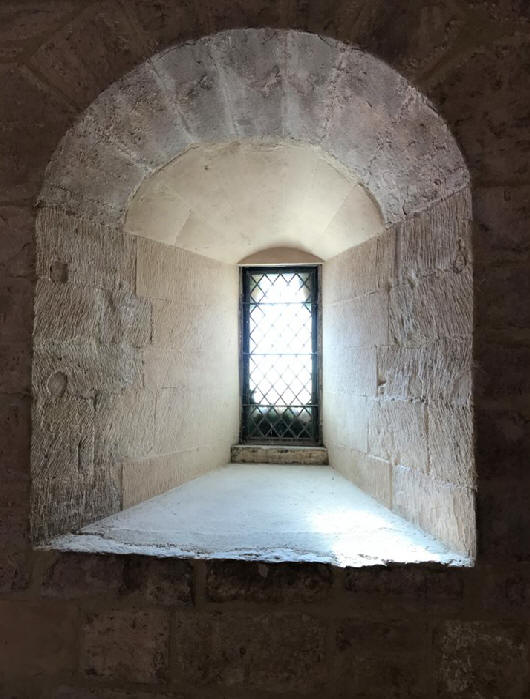
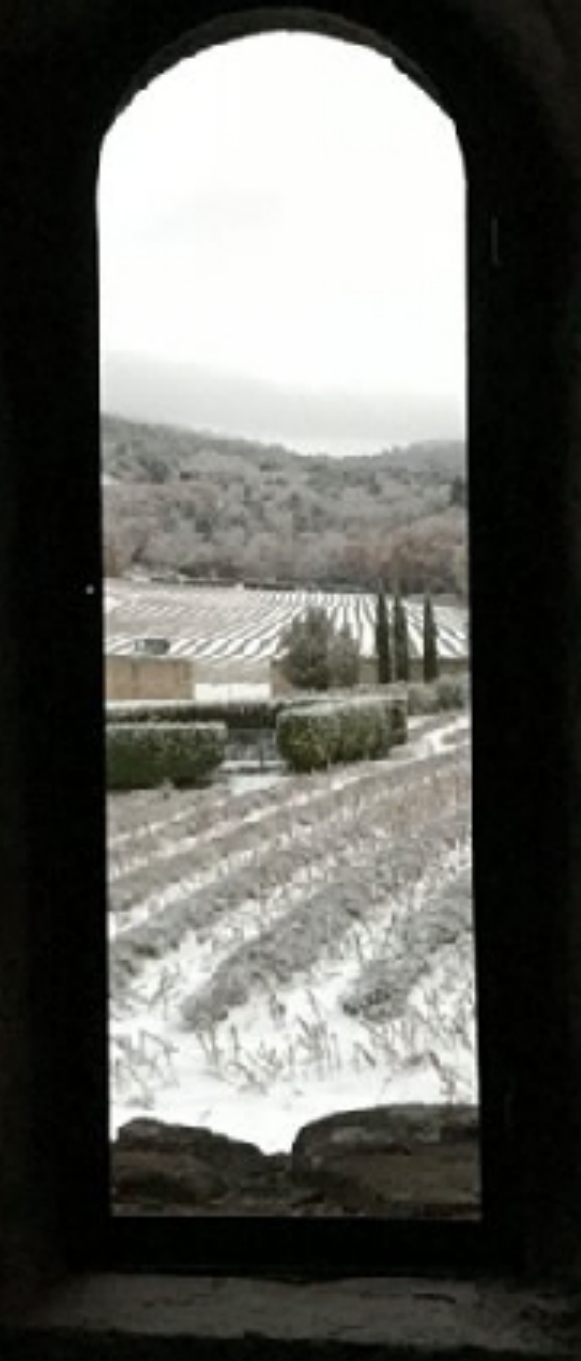
Good time
Continued donations from local lords expanded the abbey's domains and attracted a continuous stream of new recruits. The abbey reached its high point in the 13th and early 14th centuries, when it owned
four mills and large sections of land as far as Arles and Marseilles. By the 15th century, however, the abbey began to decline and fall into corruption, resulting in mismanagment of assets and a fall in recruitment.
Reform came in 1475 with a new abbot, John Casaletti from the University of Avignon, who enforced the Strict Observance of the Rule. Soon new recruits to the monastic life began to arrive again at Sénanque
Abbey. His successor, Francois d'Estaing (1509-29) was the first of the commendatory abbots, all of whom carried out their duties (unlike many elsewhere). Abbot Francois, in fact, became known as the
"father of the poor" by caring for plague victims.
However, the wealth accumulated by success is a problem for Cistercians. Luxury is contrary to the strict rules of the order and that was precisely the reason to establish order. However, the blood still
creeps where it cannot go and the residents of the monastery fall into a decadent life every now and then.
Destruction
Things went wrong in the sixteenth century. The religious tension could be cut all over Western Europe and things are also going strong in France. Catholics and Protestants regularly smash each other in
the brains and Sénanque did not escape this violence either. In 1554, the Waldenses plundered the monastery, destroying everything thoroughly and hanging the clergy. by the heretics and several monastic
buildings were destroyed and burned. The abbey would not survive this terrible battle. The monastery was never recovered from this massacre. There will be monks living in the abbey again, but it will never
be that busy again. At the end of the 17th century, Sénanque had no more than two religious. The last monk of Sénanque died in 1780. The French revolutionaries seized the abbey and sold it as state property.
The abbey buildings then served as a farm. They happened to be in the hands of an honorable buyer who prevented destruction.
At the end of the eighteenth century, only two brothers were living when the French Revolution broke out. The revolutionaries nationalize all ecclesiastical property and Sénanque is sold to the highest
of both. Fortunately, the complex comes into the hands of someone who wants to preserve everything Halfway through the second half of the nineteenth century the monks return and a new wing is
even being built. But the future of the building does not lie in the religious and that becomes painfully clear when the five remaining monks leave in 1969. They can no longer maintain the complex.
A tenant is found who turns it into a cultural center. The building is being refurbished, the garden is being tackled and concerts are being given. Around the winter of 1986/87 Crossbow is filmed here.
Finally, in 1988, six Cistercian monks left Lérins to reestablish the monastic life at Sénanque Abbey. They remain there today, following the medieval cycle of prayer, silence, study and work.
The monastic way of life and upkeep of the buildings is financed by the cultivation of lavender and honey, donations, entrance fees and sales in the gift shop. It is possible to go there individually or
with a group in retreat. For hundreds of years the monastery has been in use by monks who wanted to devote their lives to God. Not uninterrupted, because during the religious wars and the
French Revolution the monks were temporarily expelled from their beautiful spot in Provence. In the 13th and 14th centuries were the heyday of the monastery, it owned at that time many
estates in the surrounding area. Since the 16th century, the occupation of the monastery was much smaller, barely a few dozen monks.
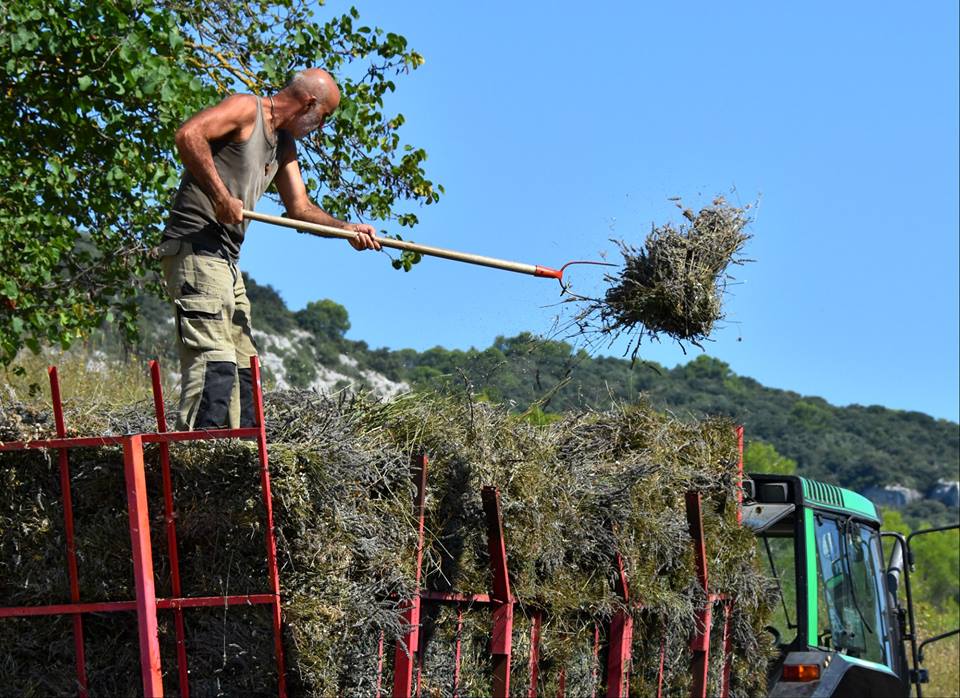
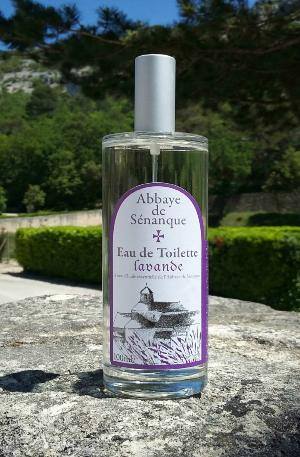
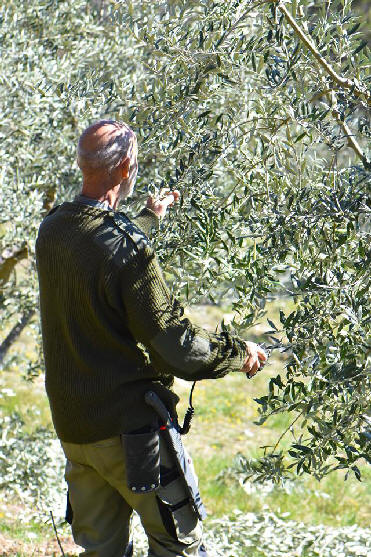
During a large part of the twentieth century, the monastery was also empty, until a small community returned in 1988 just (after Crossbow). The monks who now live in Sénanque
grow lavender and keep bees for honey. You can buy their products in the store at the abbey. It is also possible to visit a part of the monastery, including the church, cloister and some
of the old halls. The monks live according to a strict daily rhythm, starting at about 4 in the morning. As a visitor you can experience their services in the chapel or monastery church.

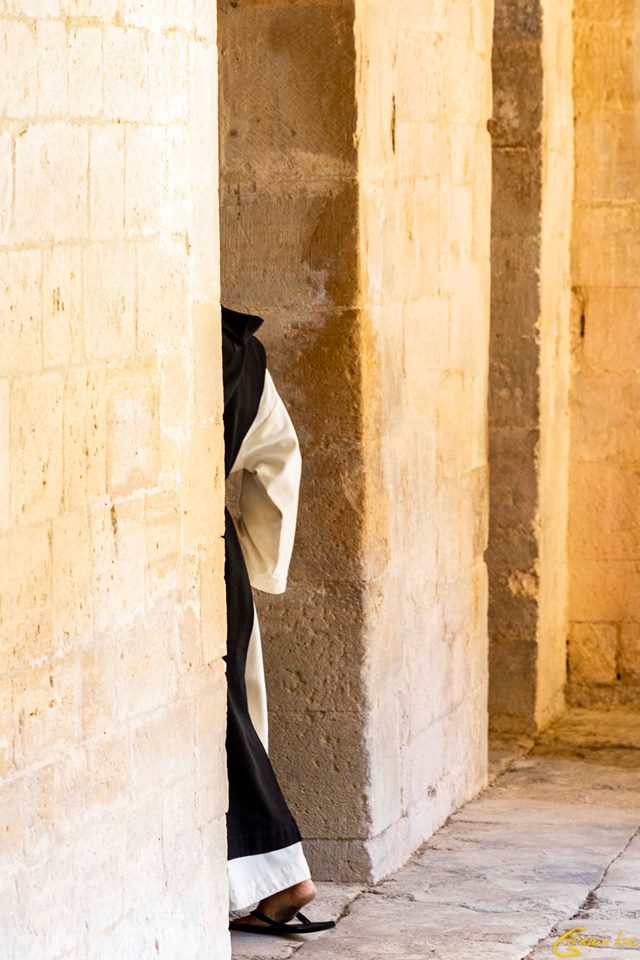
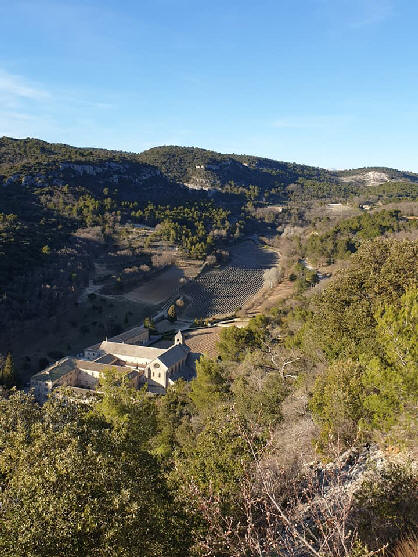
The prettiest
I think the Monastery of Sénanque is one of the most beautiful Romanesque buildings and actually one of the most beautiful buildings in France. The building itself, and in particular the church, is not that
big but has perfect proportions. In addition, the builders have used simple forms that we all know from our high school maths book. These have exactly the right size and are then perfectly stacked on top of
each other. And that is exactly as the Romanesque architecture is intended. It is striking that decorations cannot be found. This austerity fits very well with the Cistercians because that order prescribes
a life without luxury and pleasure. An exception to this is the cloister whose capitals are adorned. For the monks, this must have been pretty much the only form of entertainment, but it also meant
getting up early, working hard, studying, and especially praying a lot. The food itself could not bring too much joy. Something you can hardly imagine in current French culture.
The plan

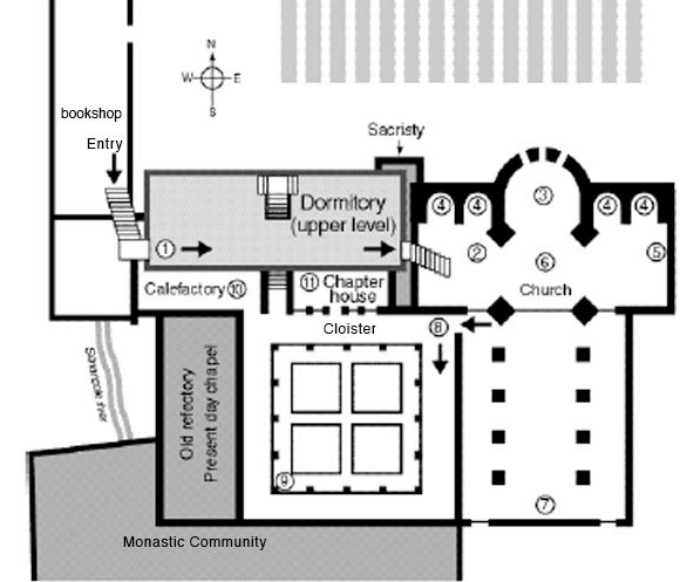
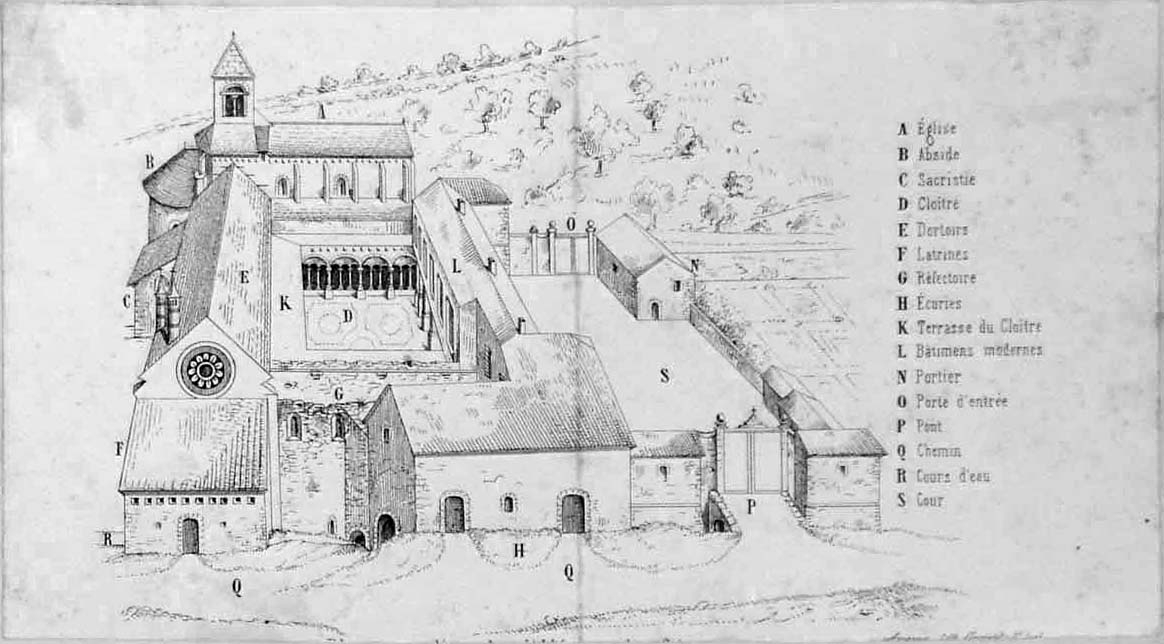
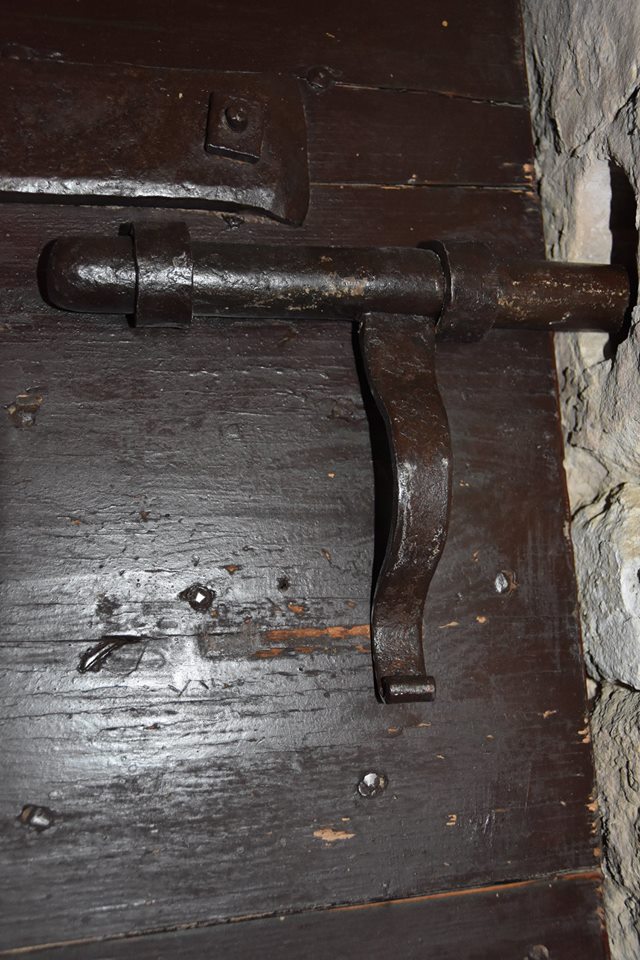
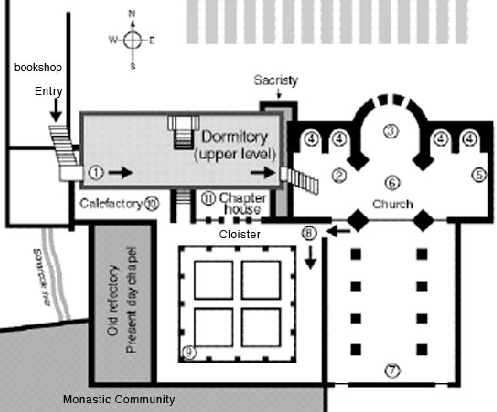
Construction - The start of the renovation
Last year, Senanque seemed to be in danger... there has been a major fundraising campaign. You can follow the restoration process on the Senanque website. Many original stones have been renewed since
2019, including the large round window. The cause of the destabilization was not immediately known in the beginning. Later it seemed the wall was counterbalanced by higher the natural terrain and they
found an old photo image that a smaller outbuilding was removed long before the time of the crossbow, which as support for a moment, senanque seemed to be in danger ... There has been a major
fundraising campaign and I believe things are now moving in the right direction. You can follow the restoration process on the Senanque website. Many original stones have been renewed since 2019,
including the large window. The cause The cause of the destabilization was not immediately known in the beginning, it was discovered on old drawings that there was a small building against a wall,
this turned out to be a very important support. So you can say that it was also not safe during crossbow. a smaller outbuilding was removed long before the time of crossbow, which was a support
Last year the news was: Significant structural disorders threaten the building: this dramatic situation worries specialists who fear the loss of the church.
But then again serious danger, Abbaye closed!
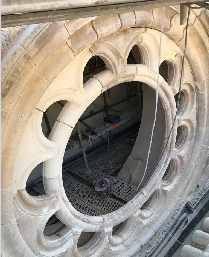

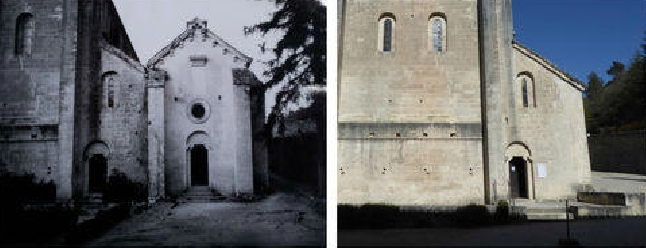
If you care about this beautiful abbey, you can
consider donating money (2017). I visited this abbey three times, one time
during the lavander season. Amazing! That's the reason of this purple background
![]()
I cannot believe that this abbey has become so unstable. When I was there I saw cracks they fixed. After that I watched this episode back and I already saw, these cracks. But the cracks made sounds and sudden
became worse and then after all those decades, the whole building was in danger! The middle photo: You see another building which was attached and kept the wall stable. There used to be a hill put
against this wall too. You can see that on older drawings.
The safeguarding project consists in the construction of buttresses that would make it possible to counter the church. Bending the bell tower dome would limit structural disorders. The installation of
micropiles would strengthen the foundations of the abbey church. Combined with a remeshing and stitching of cracks, a reconnection of the gabled walls to the drip walls, these techniques would save the church.
This solution also has the advantage of preserving the harmony of the architectural ensemble. Collateral before the construction of the foothills/Collateral after the construction of the foothills.
In the 19th century, the construction of a chapel served as a buttress. When this building was destroyed in 1974, the east wall became free, without an abutment. This causes the building to shift.
The east aisle wall presents a serious stability problem that puts the entire building at risk of collapse. Historically, this wall was counterbalanced by the natural terrain:
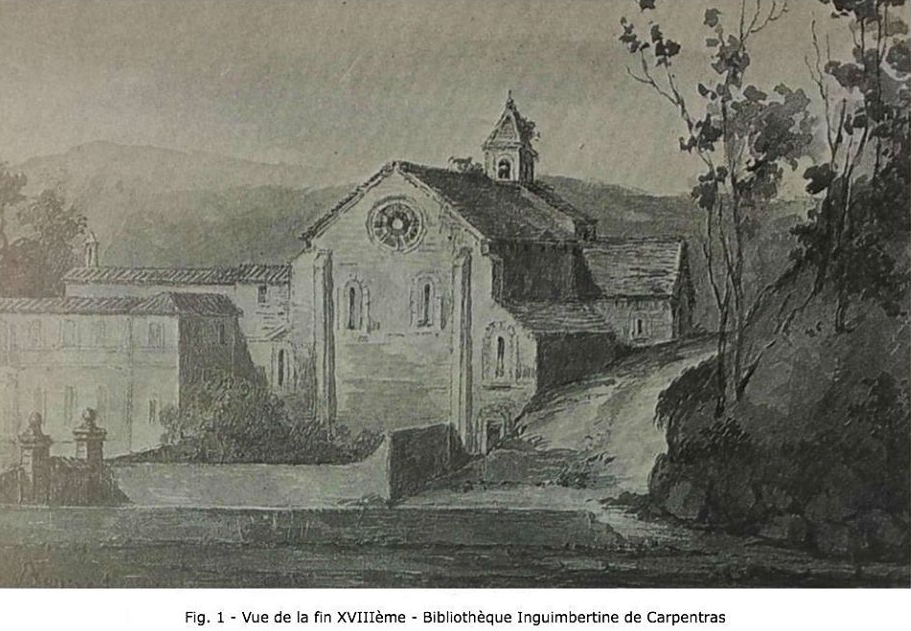
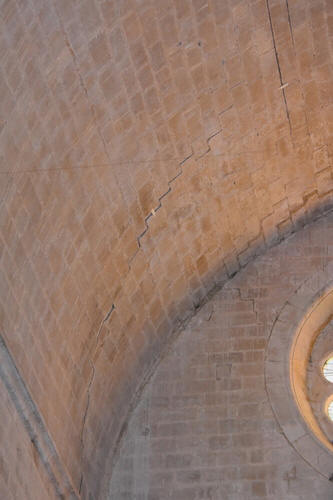
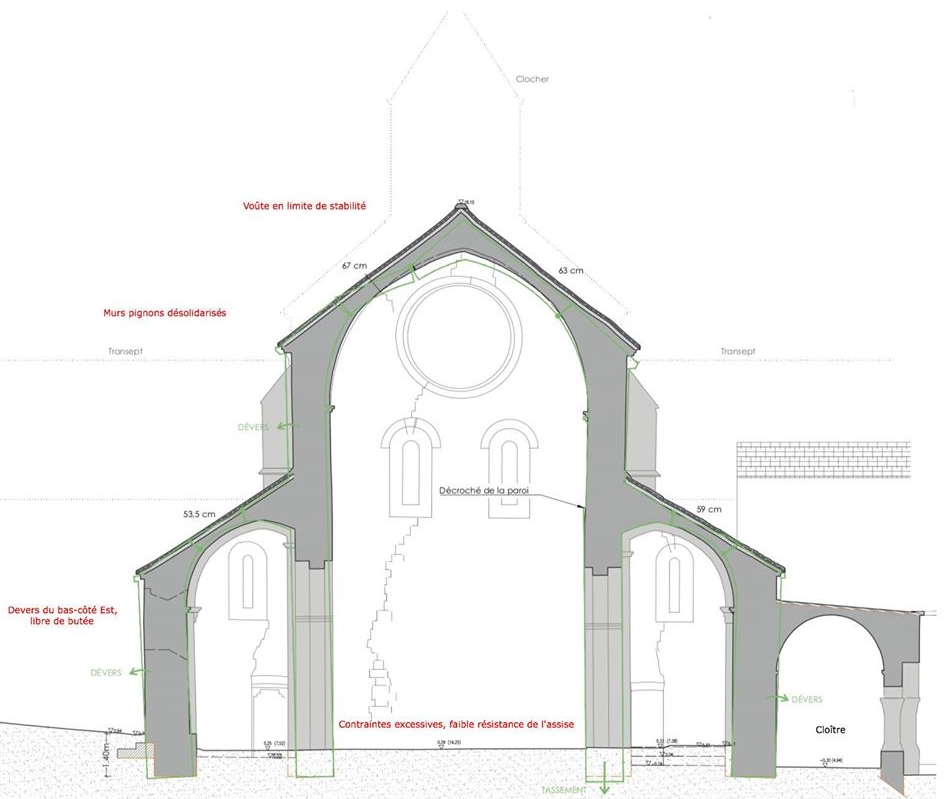
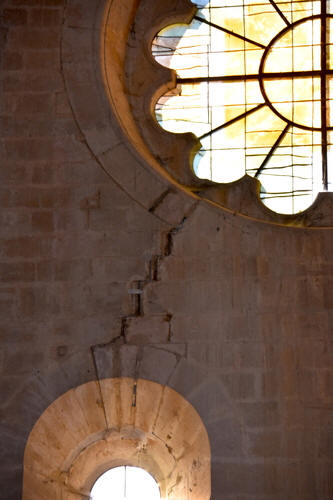
Cracks
On the wall you can see already the damage to the wall, see the huge crack. From top to bottom is not a good sign.
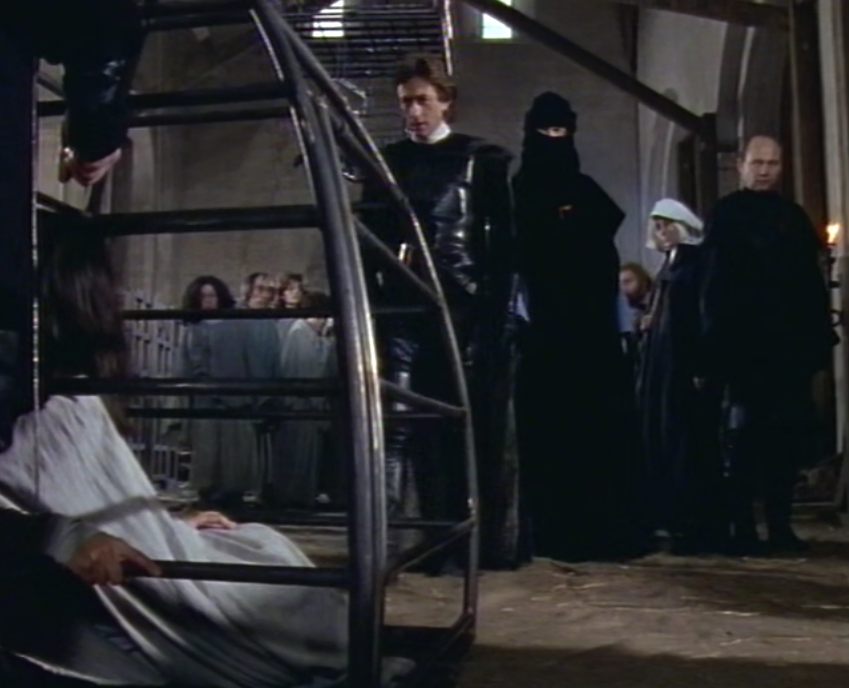
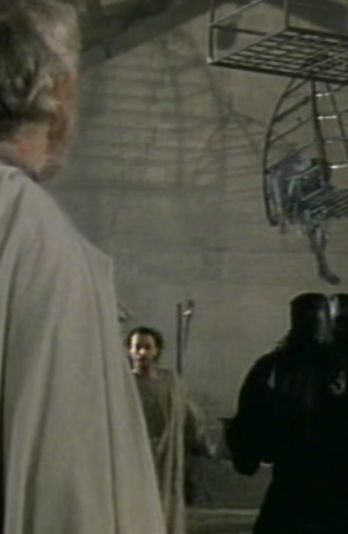
Since 2019 they discovered large cracks in the walls and real danger of collapse. The cracks were there a long time, even during Crossbow. Don't copy this photos.
The place the cages hung. This place was in danger since a long time. First they tried to fix, but there seemed to be a major problem behind it.
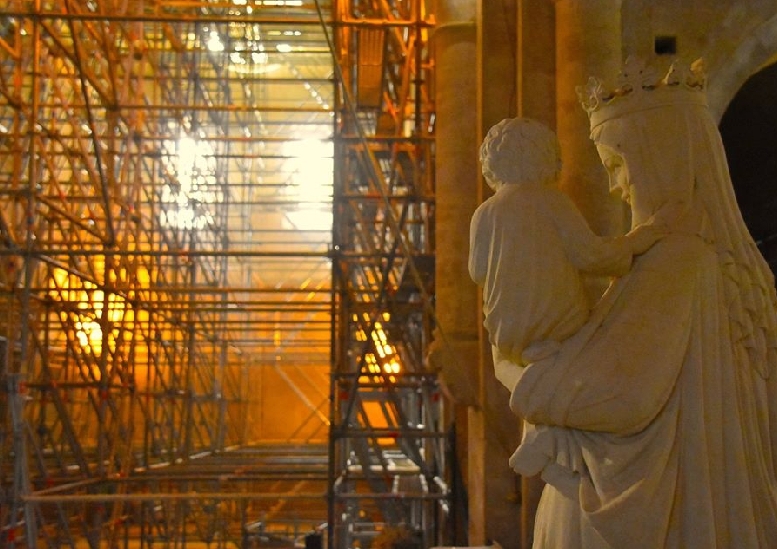
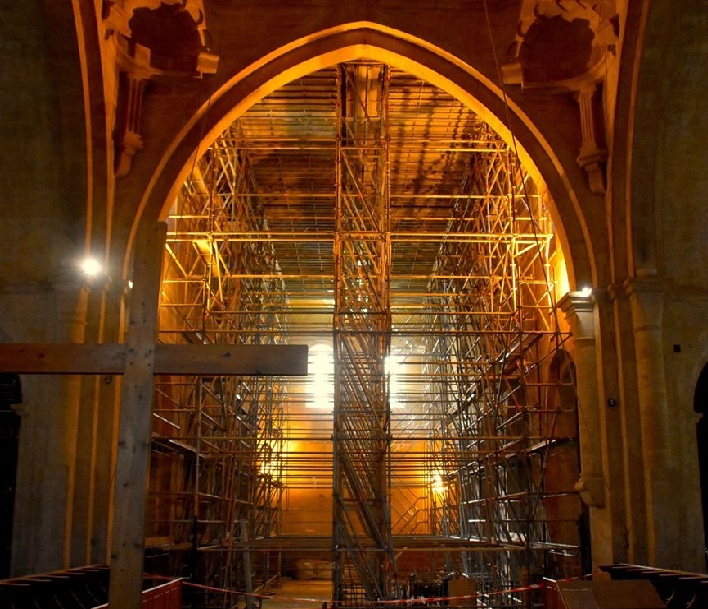
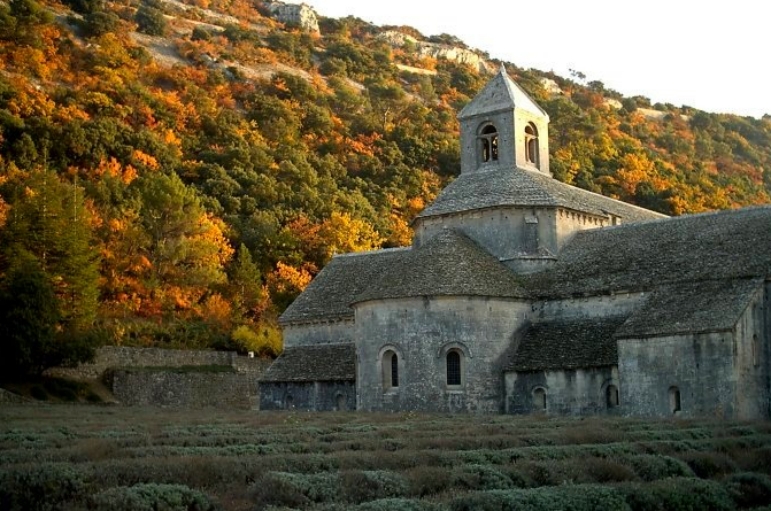
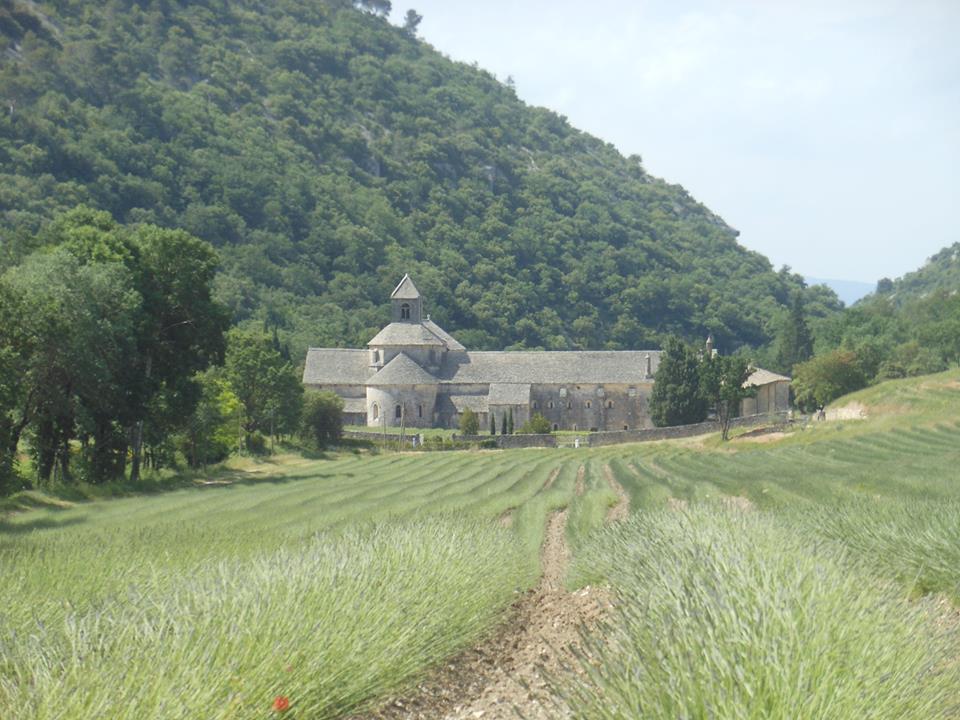
What to See at Senanque Abbey
Like all Cisterican abbeys, Sénanque is lovely in its austere beauty. With no decoration to distract the monks per the instructions of St. Bernard of Clairvaux, the harmonious proportions of its Romanesque
architecture can be fully appreciated. Over the crossing is a large octagonal dome supported on squinches with six decorative foils each, reflecting the vision in Revelation of four beasts with six wings.
The capitals in the crossing are decorated with intriguing geometrical figures and symbols in low relief. The main apse behind the altar is flanked by two smaller apsidoles on each side. Dimly illuminated
by a single narrow window, these are used by individual monks to celebrate Mass. Adjoining the church are the attractive 12th-century cloisters and monastic buildings including the refectory (housing an
exhibit on the history of the Cistercian order), chapterhouse, warming room and dormitory (with an exhibit on the abbey's construction). These can all be visited on a guided tour. The gift shop is large
and excellent, offering a wide range of books on spirituality, Cistercian history and the region of Provence, as well as various products handmade by the monks.
Retreats
The Abbey of Sénanque offers residential retreats to members of the public interested in a time of quiet meditation. Visitors can stay up to eight days for a modest charge of about €30 per day, during which
they are invited to join with the Cistercian brothers at meals (taken in silence) and the services conducted throughout the day.
If you like to visit Senanque and you wanna see it in purple colors, then make sure you visit it in Juni or maximal the first 2 weeks of July. After that they'll cut it off for products. There is a nice shop inside,
where you can buy everything about Senanque! We have visited it 3 times, we were many times nearby and everytime it touched us again.